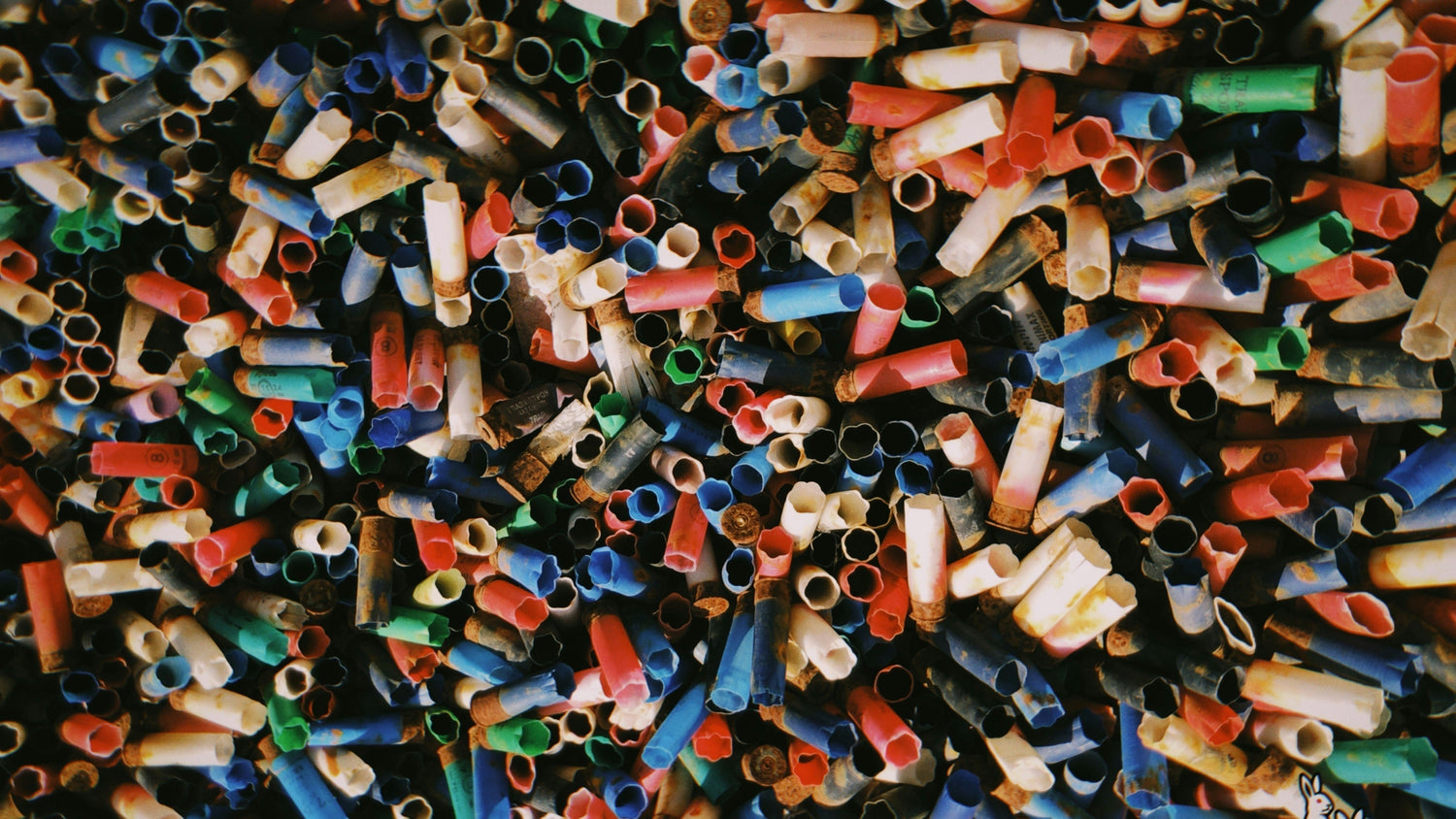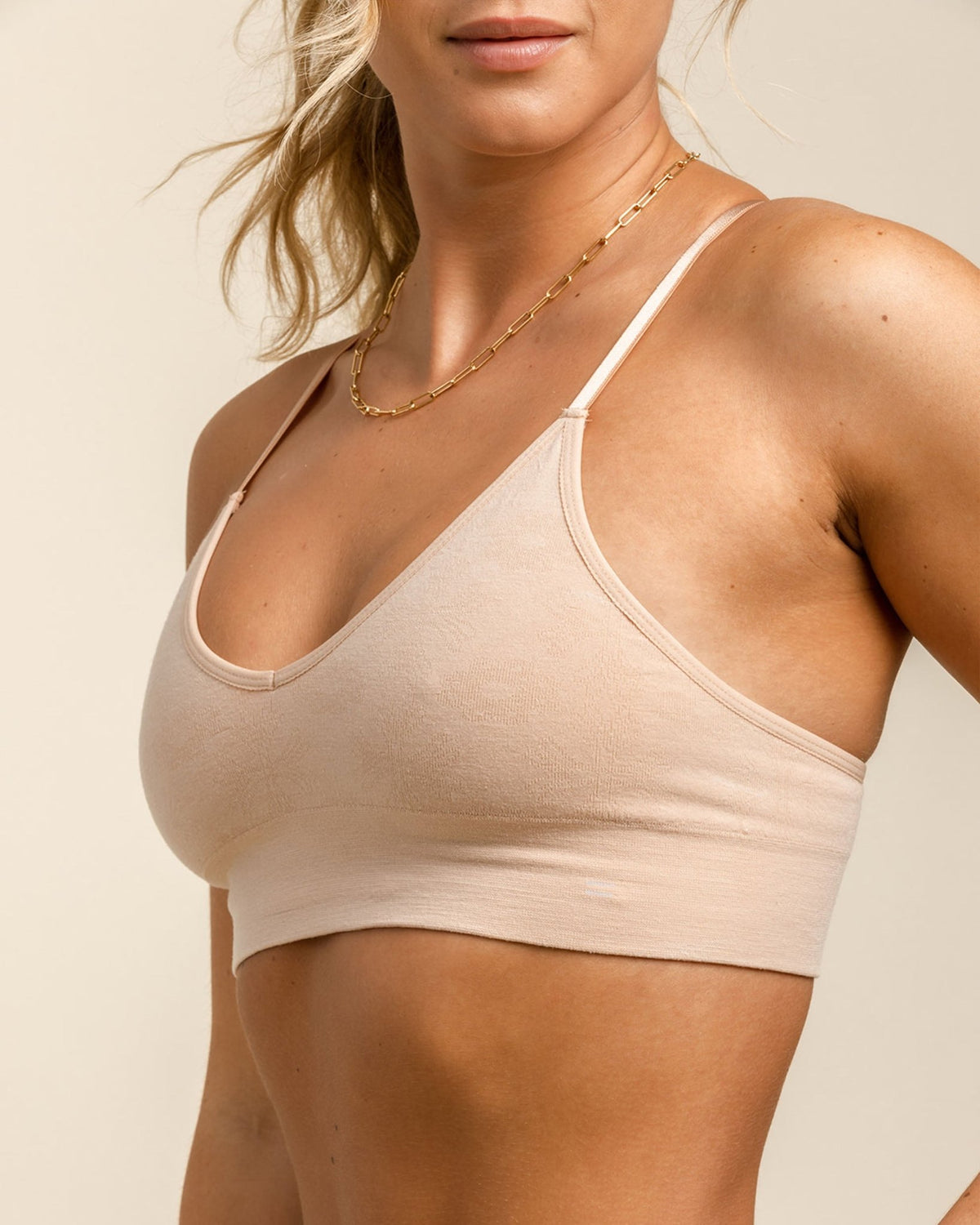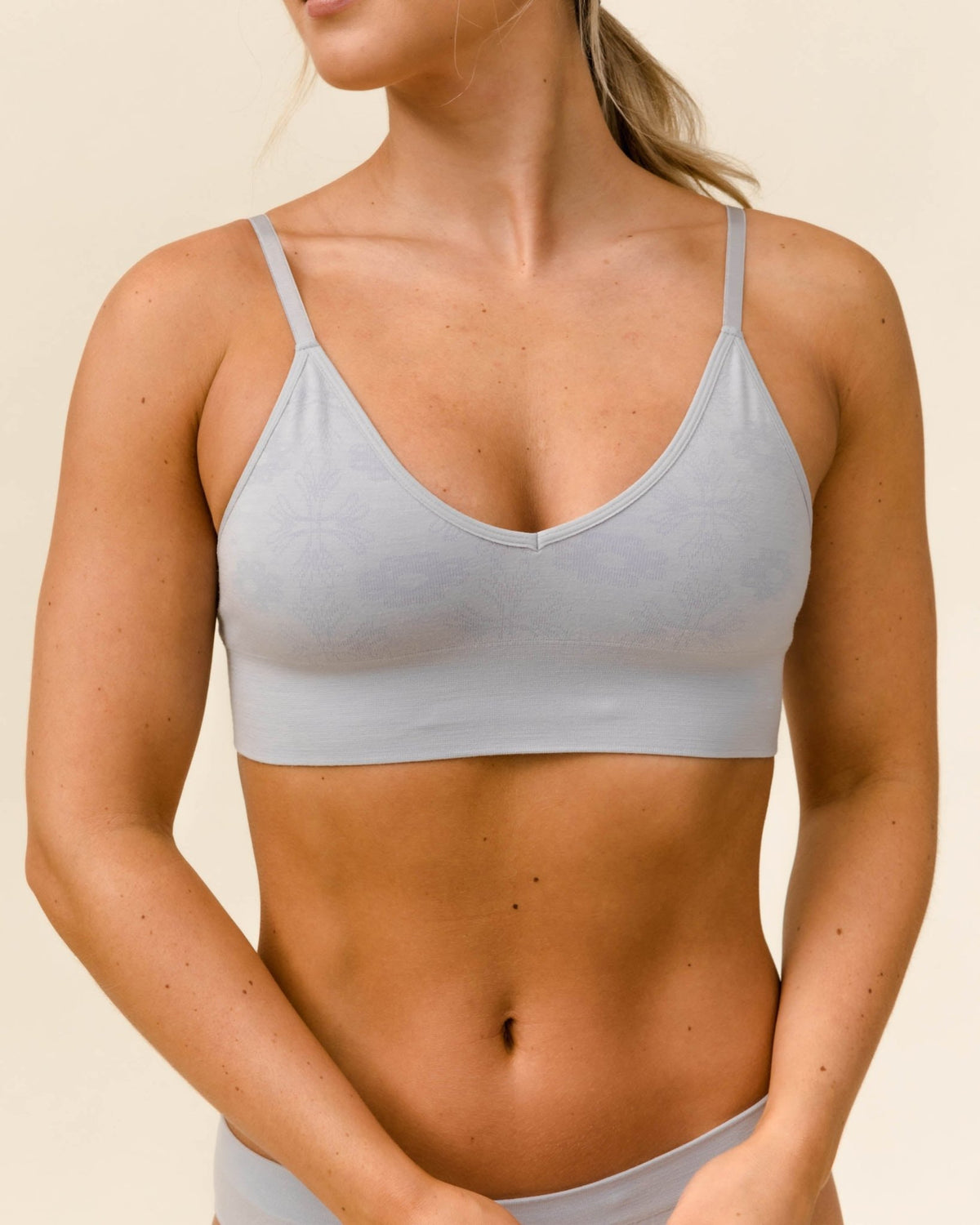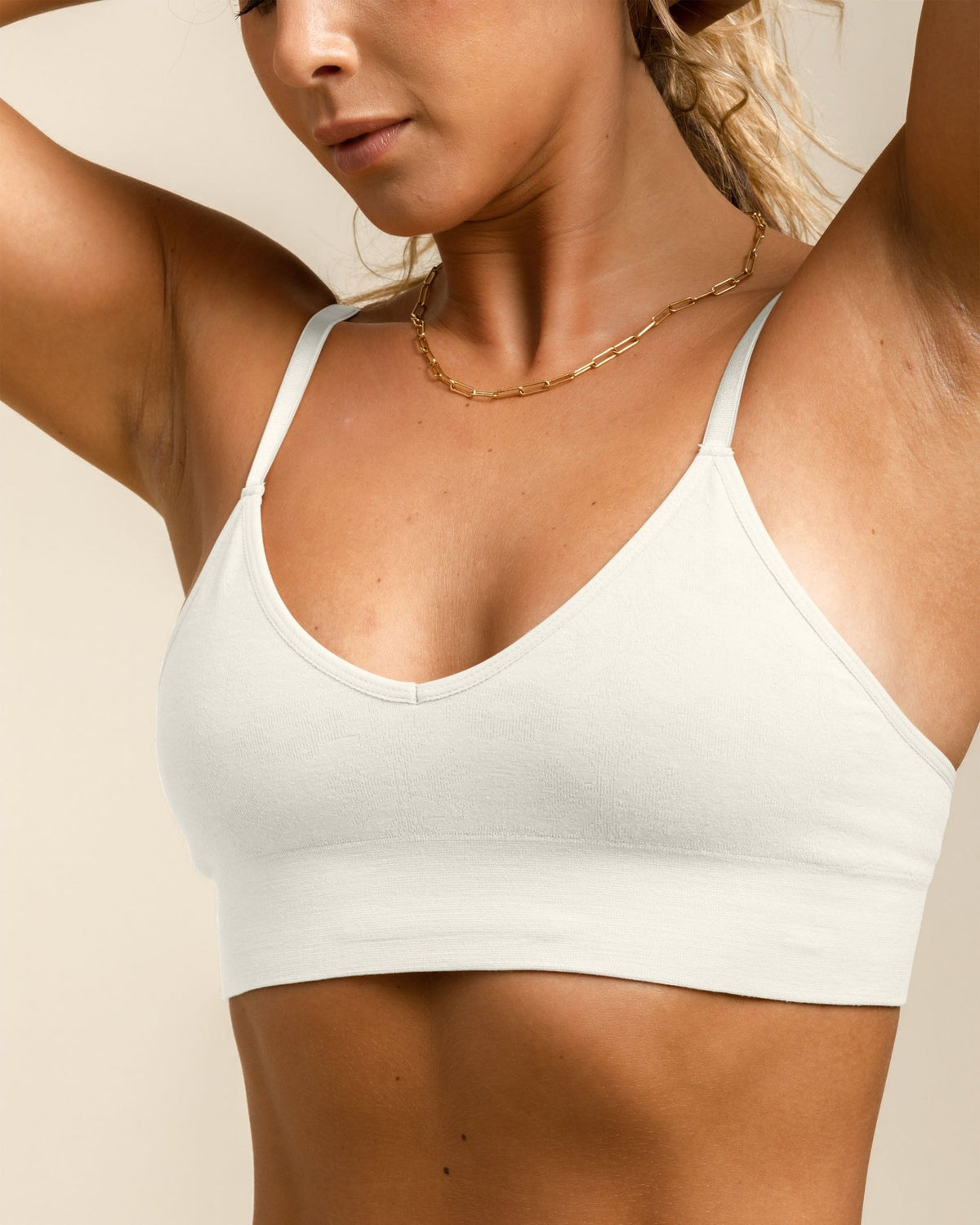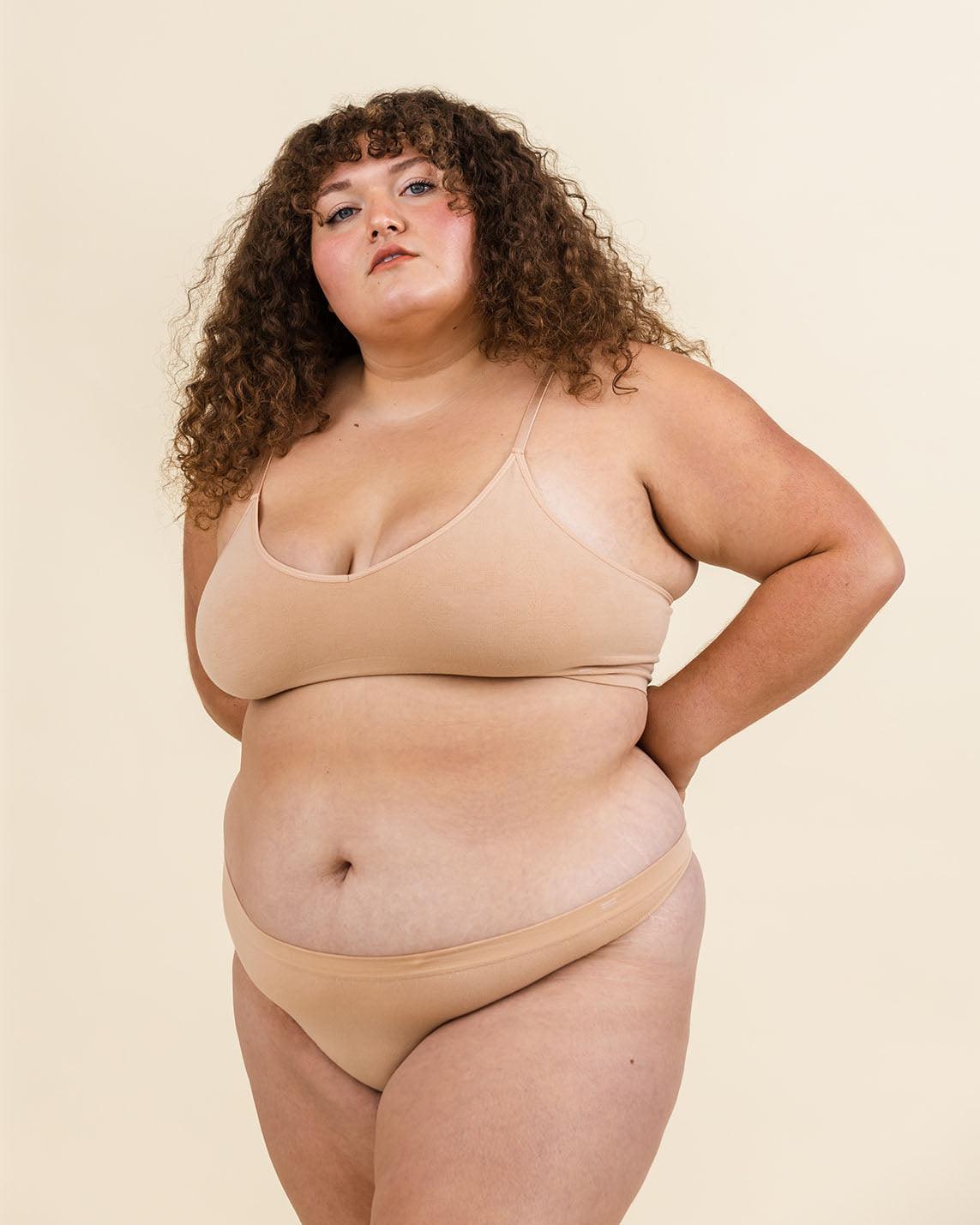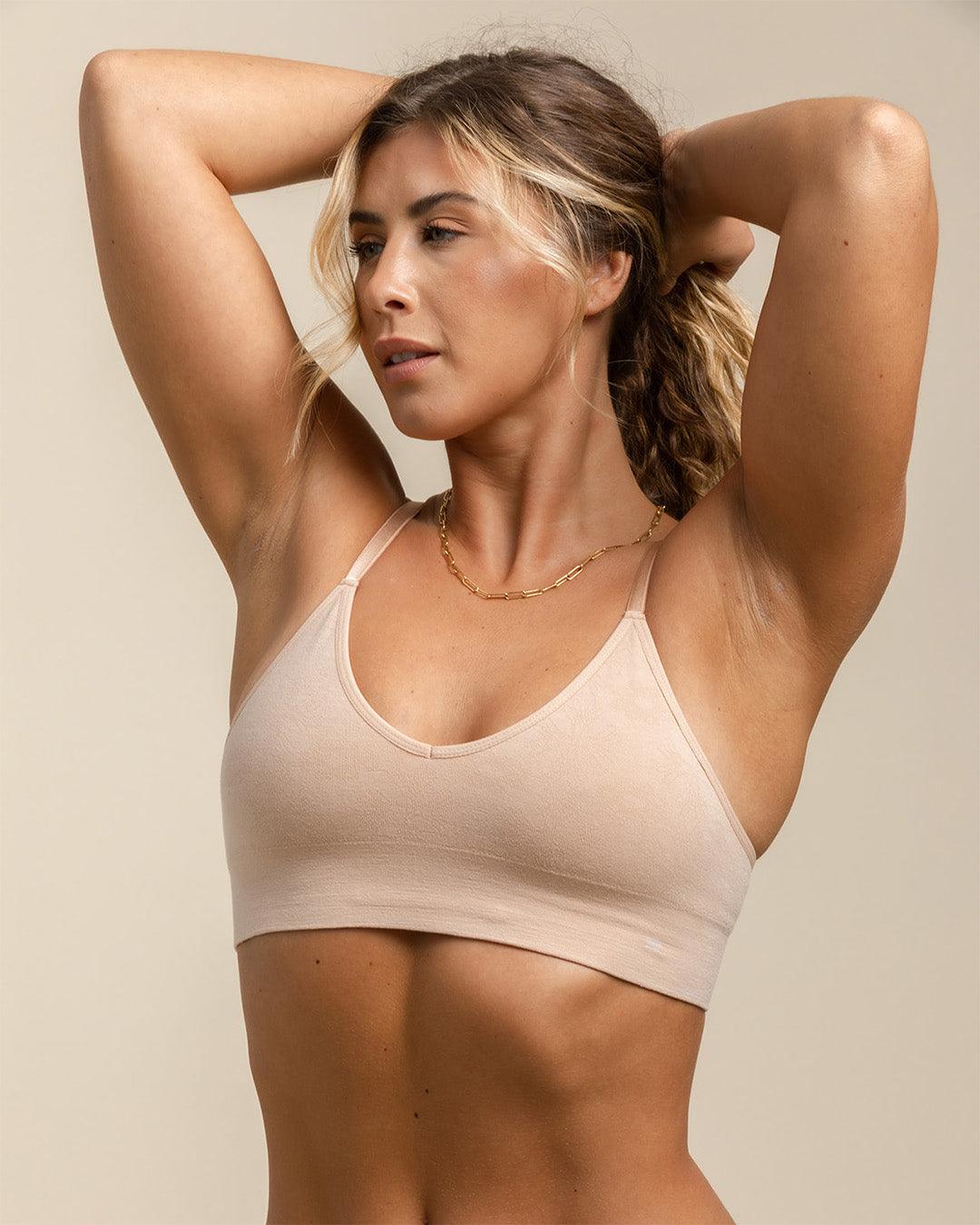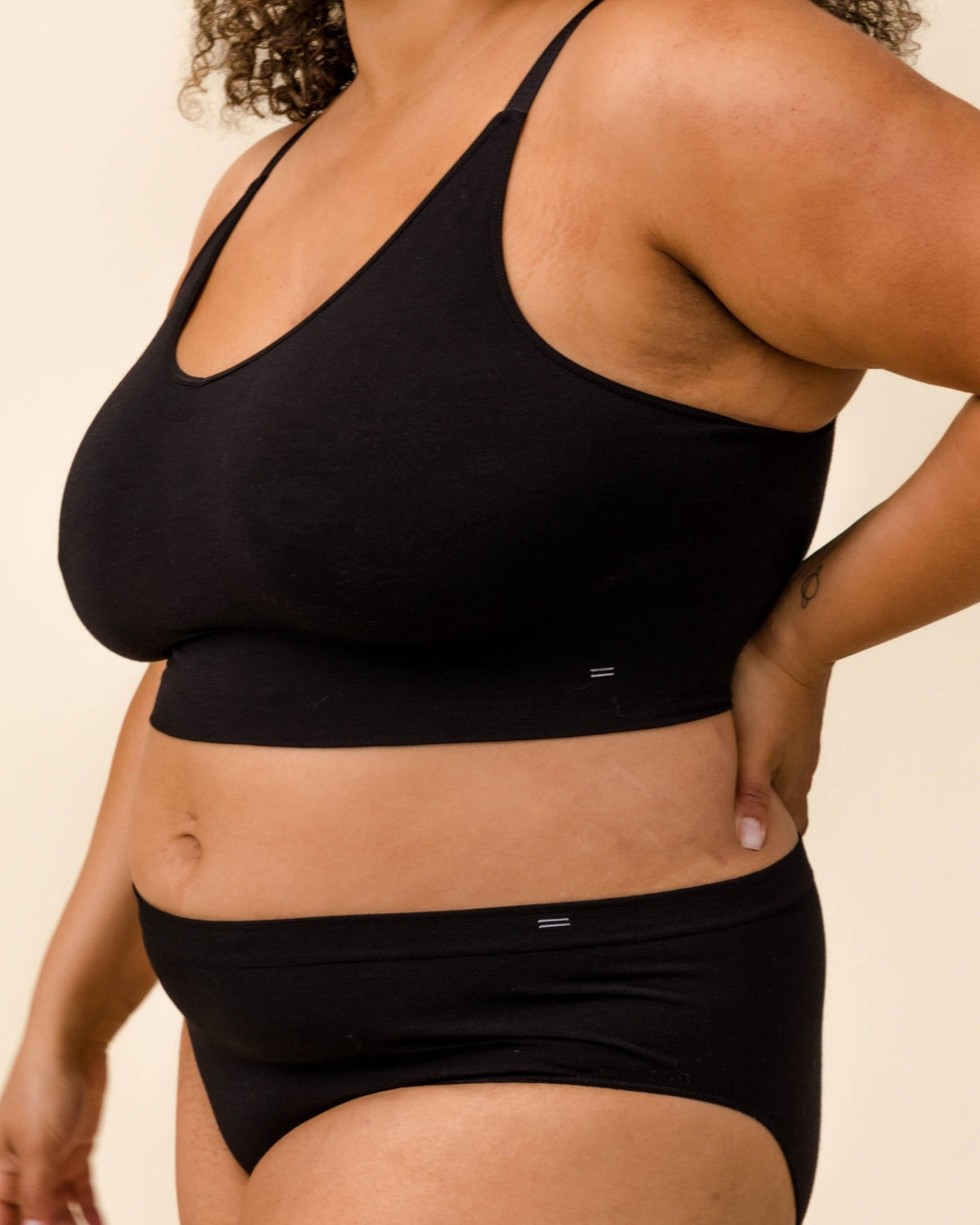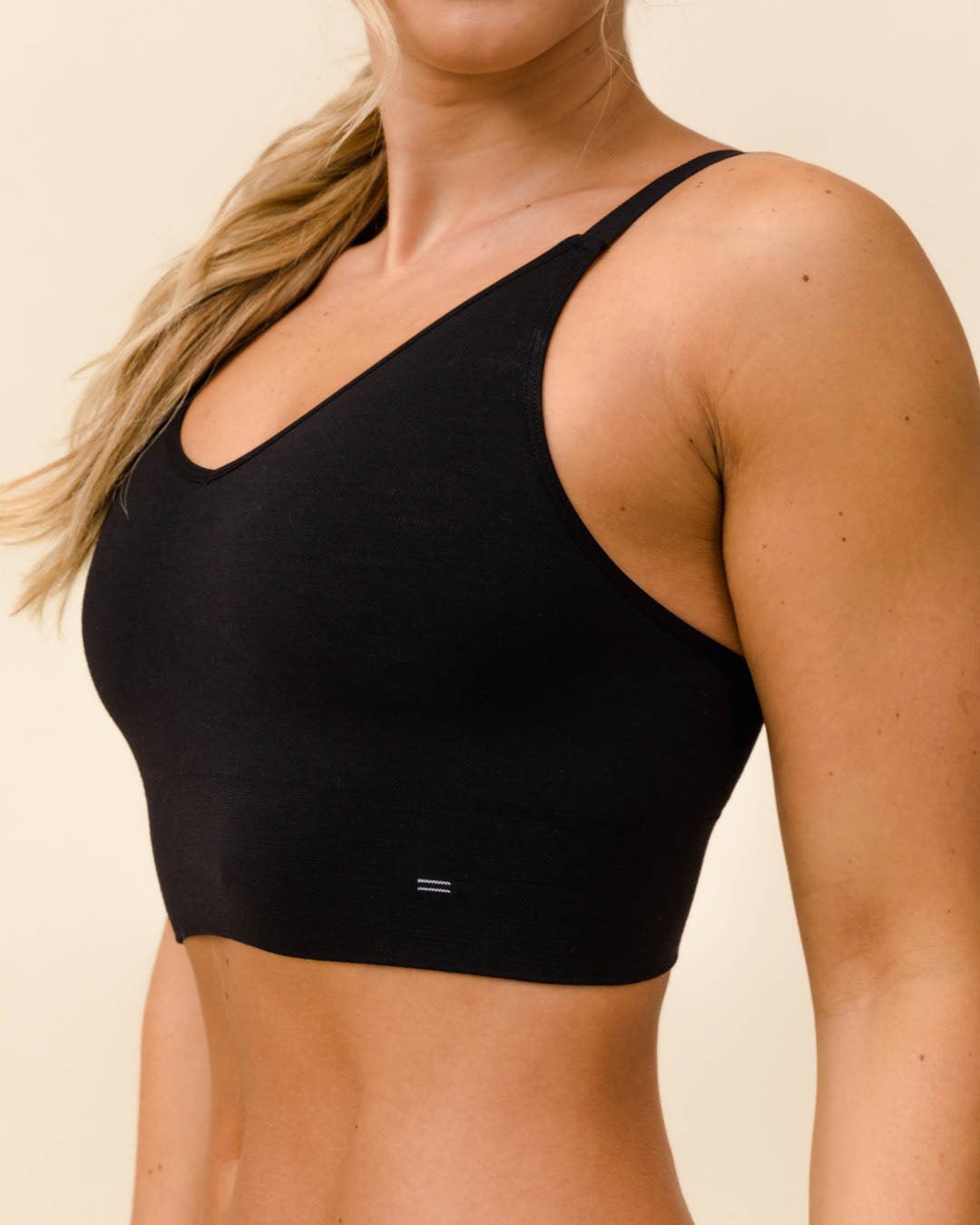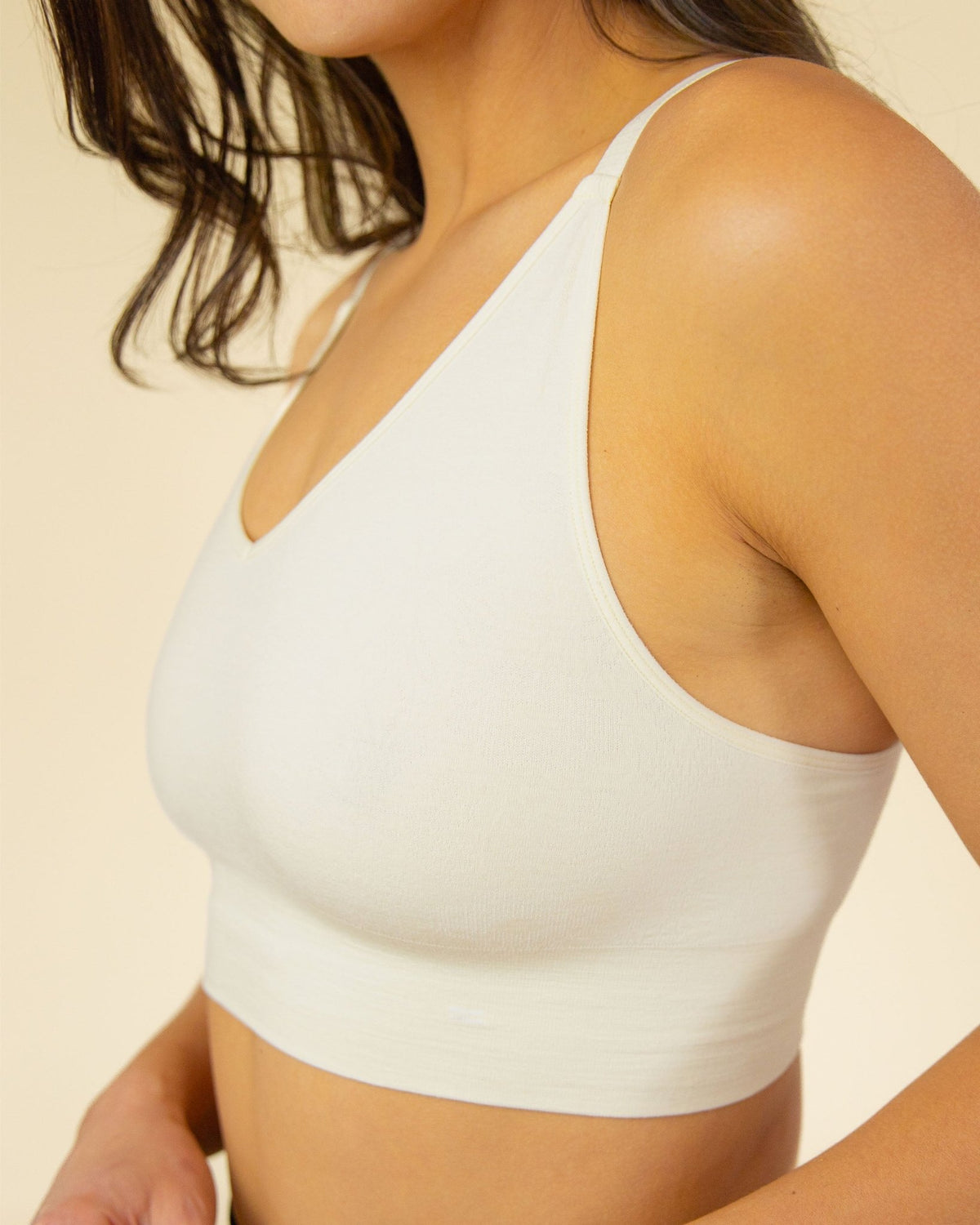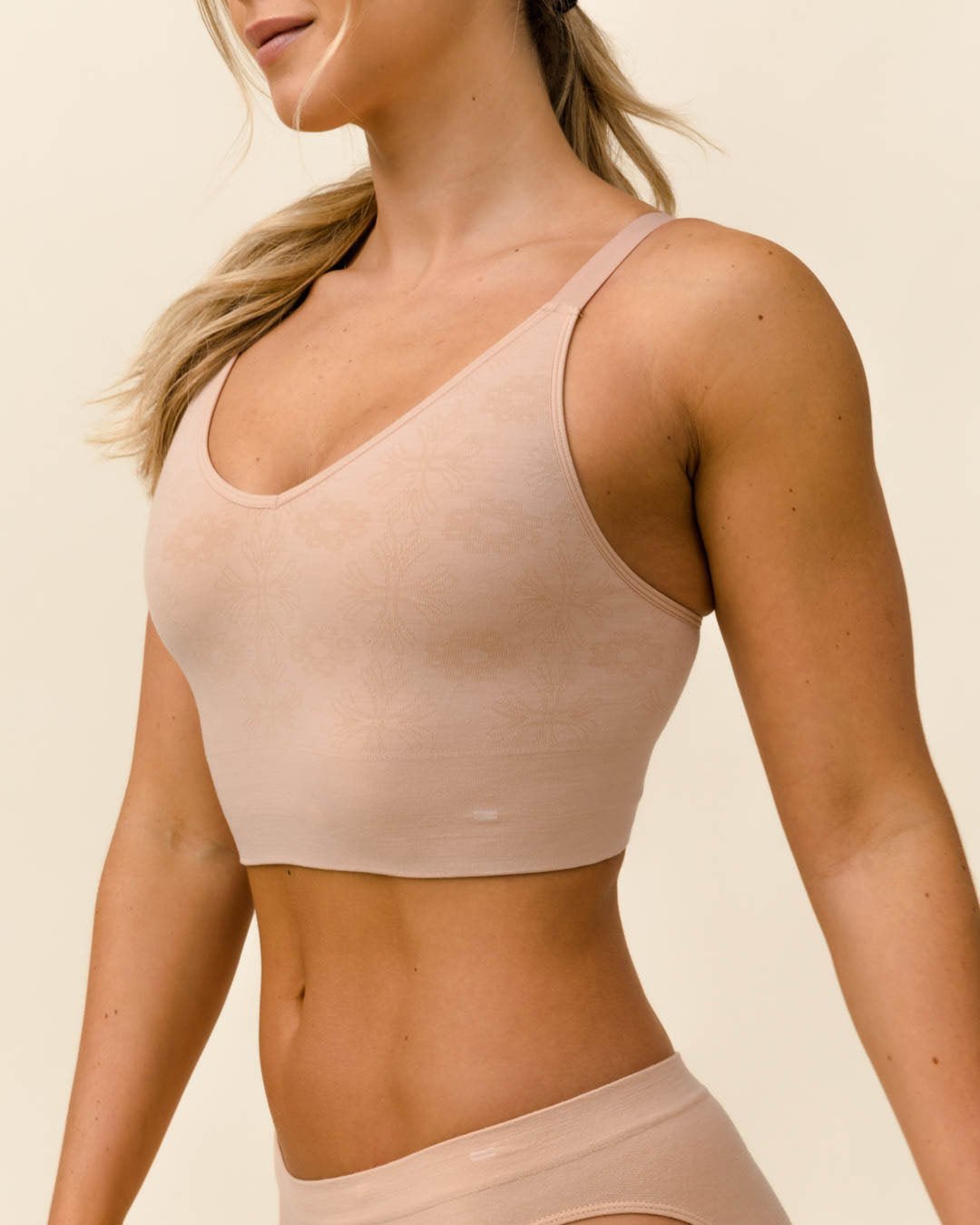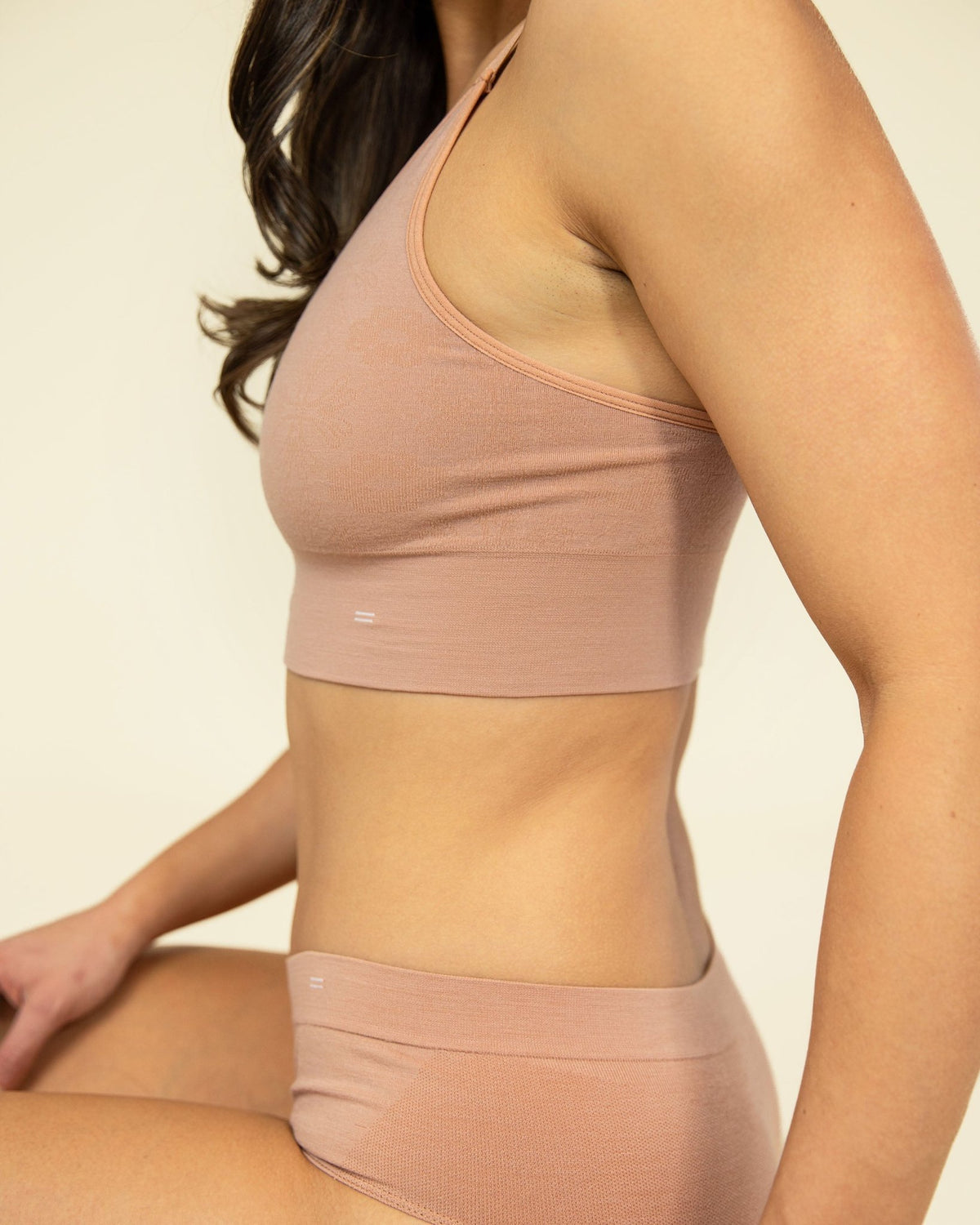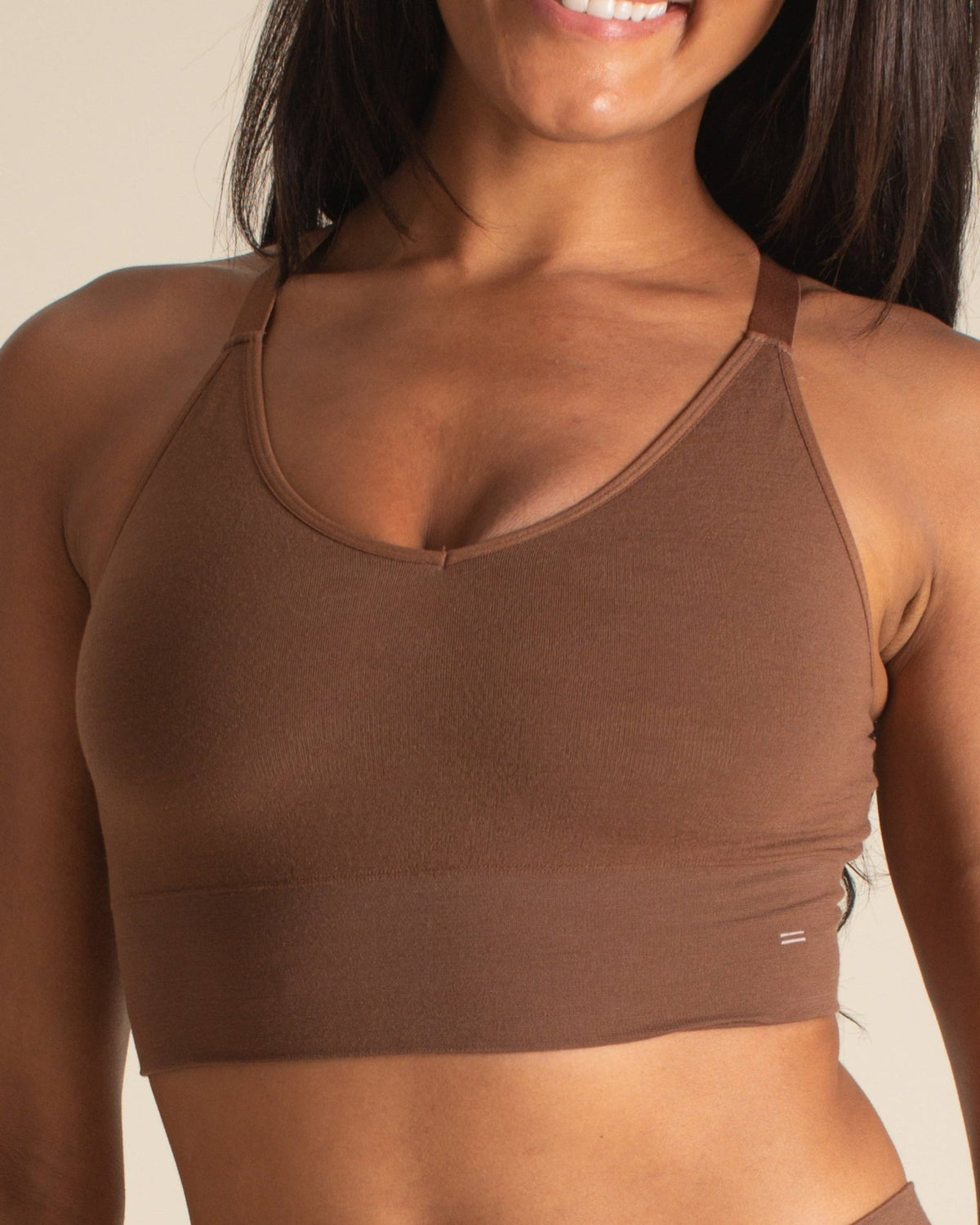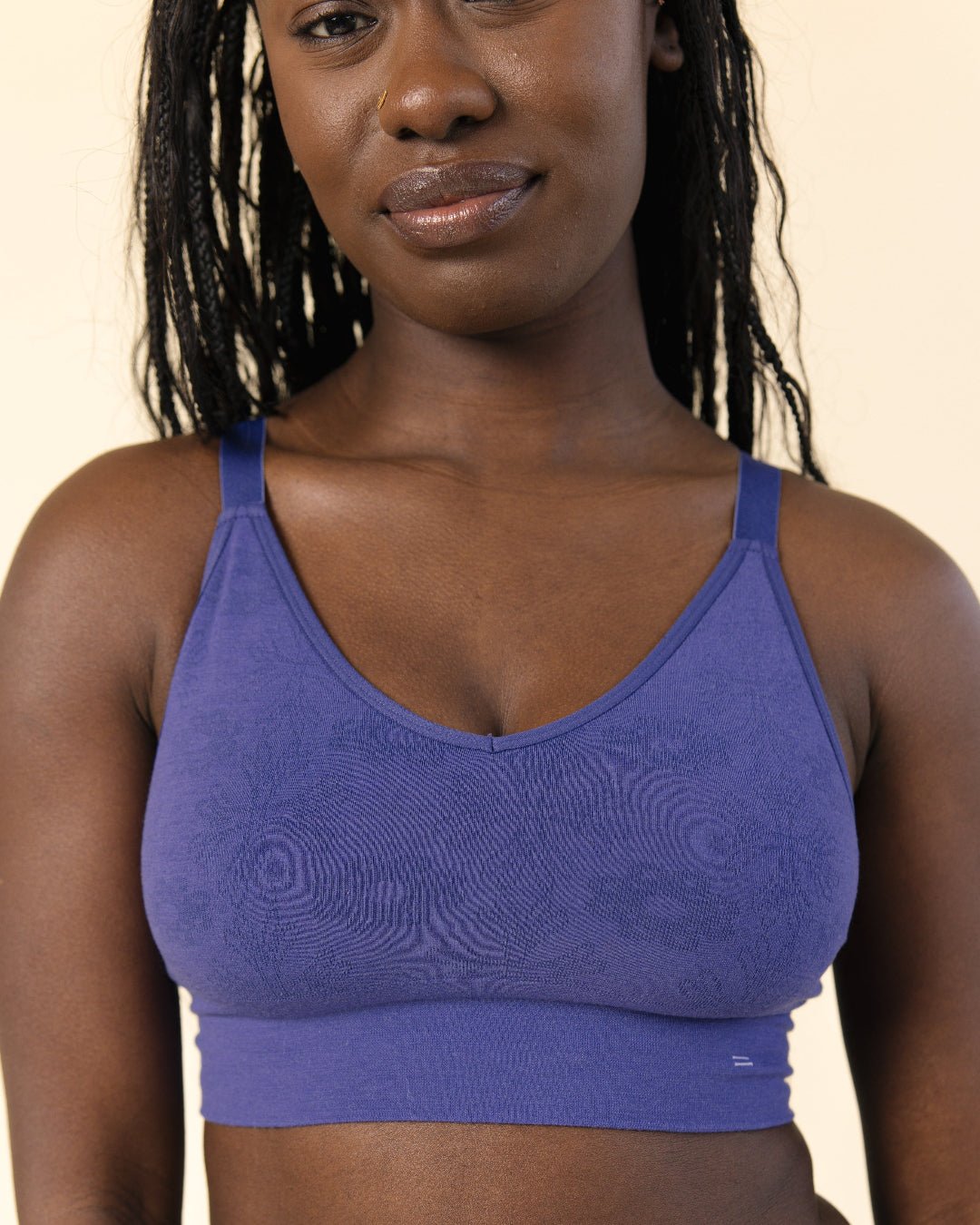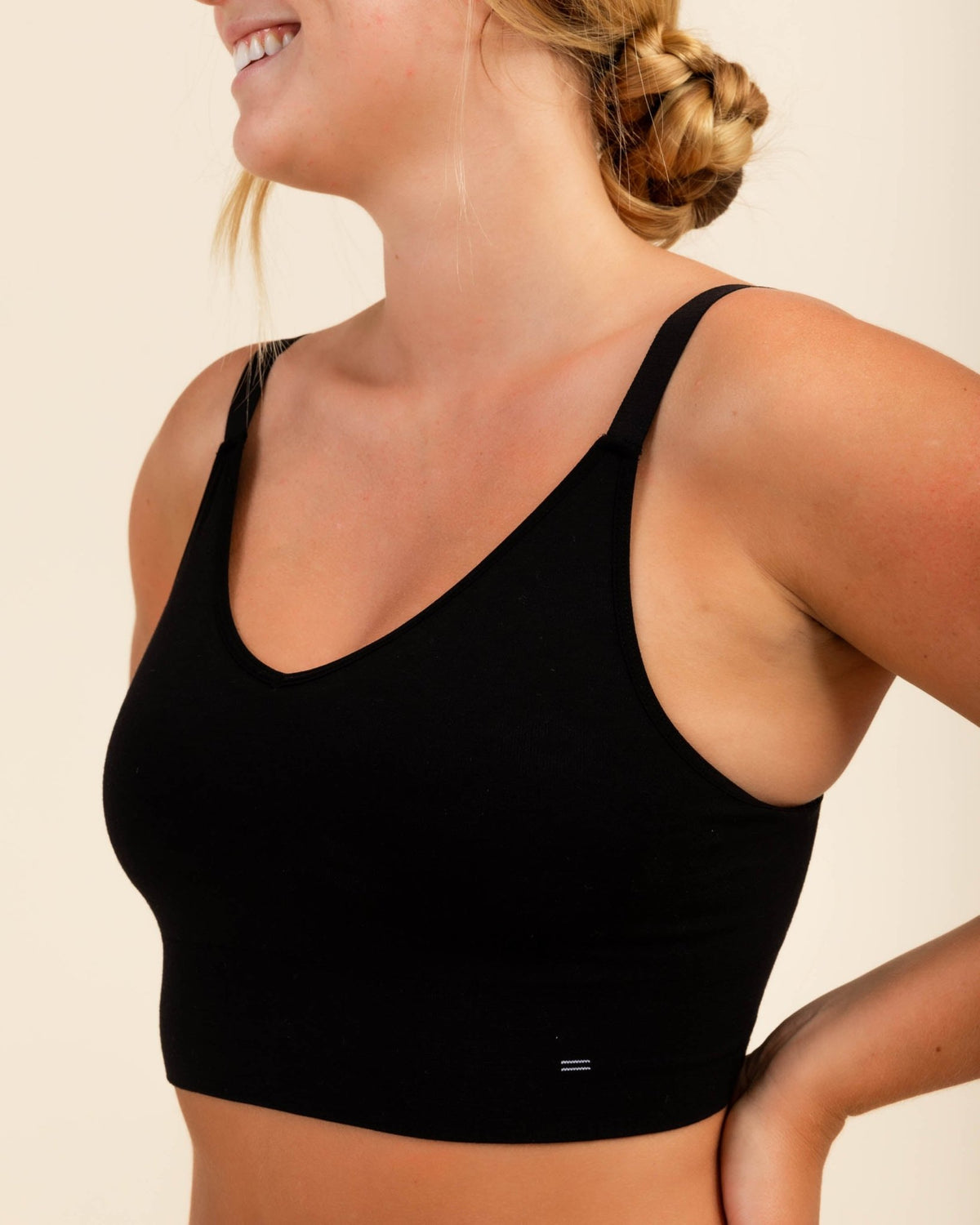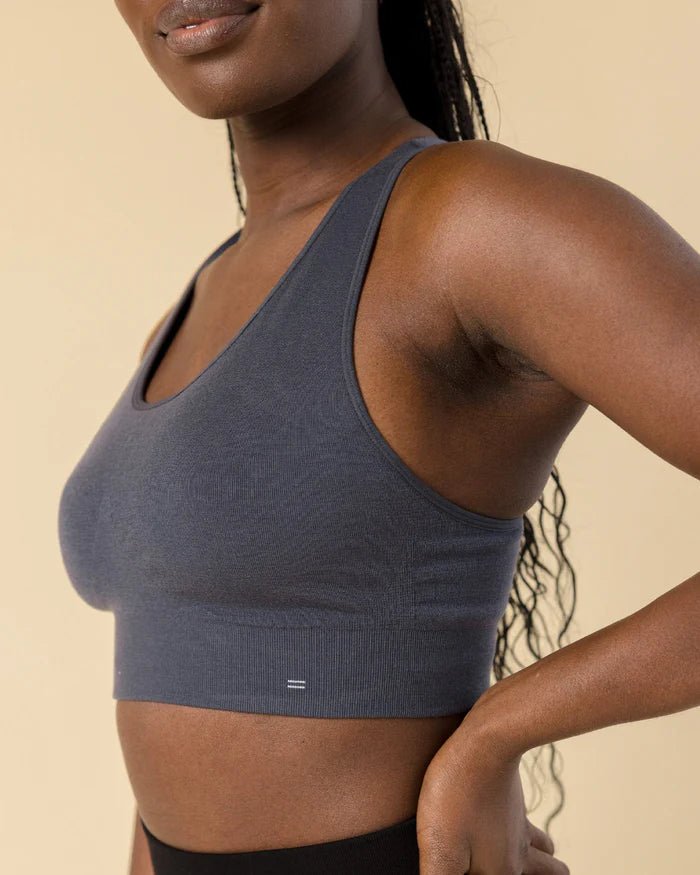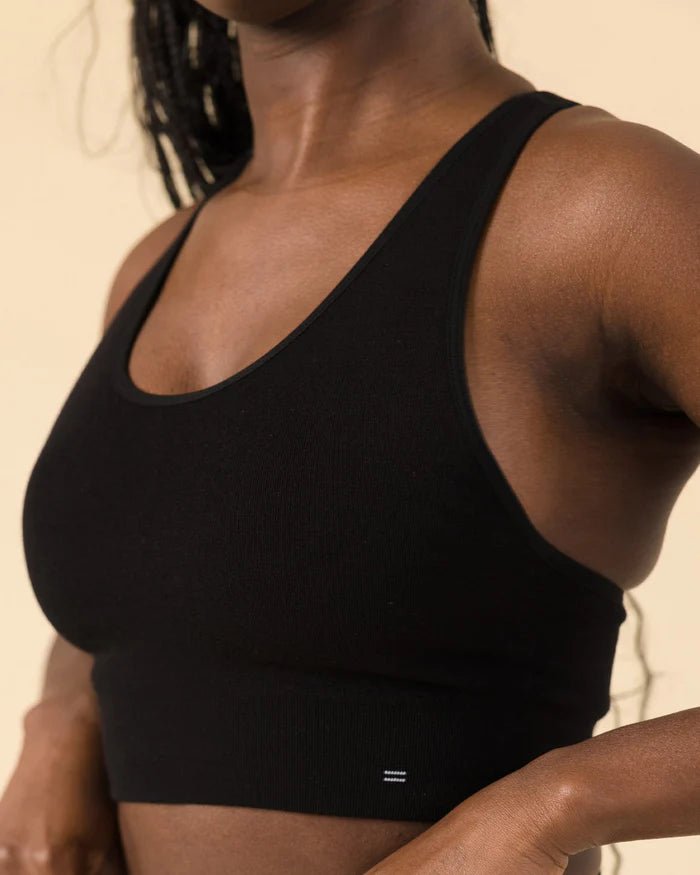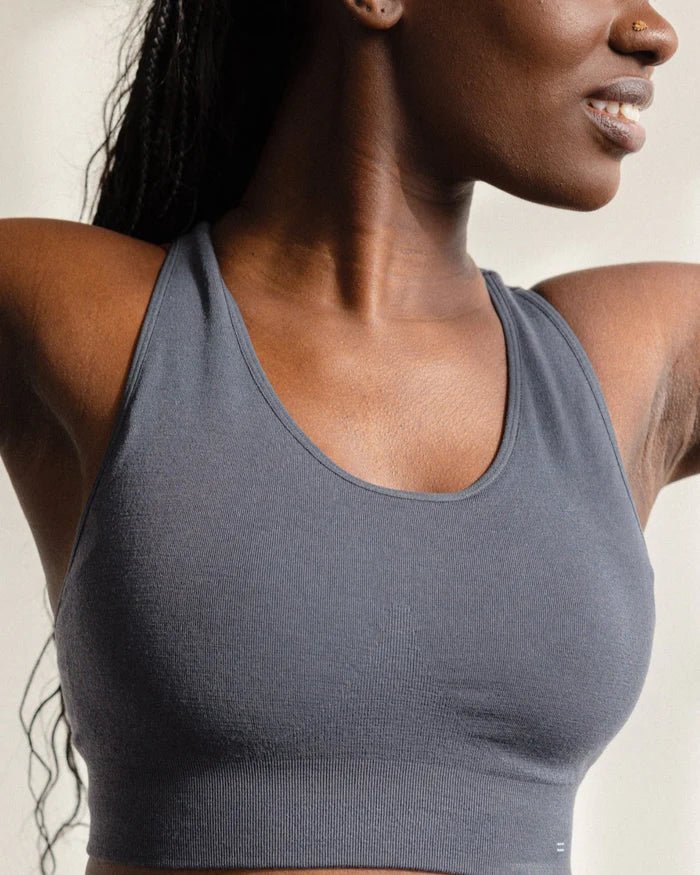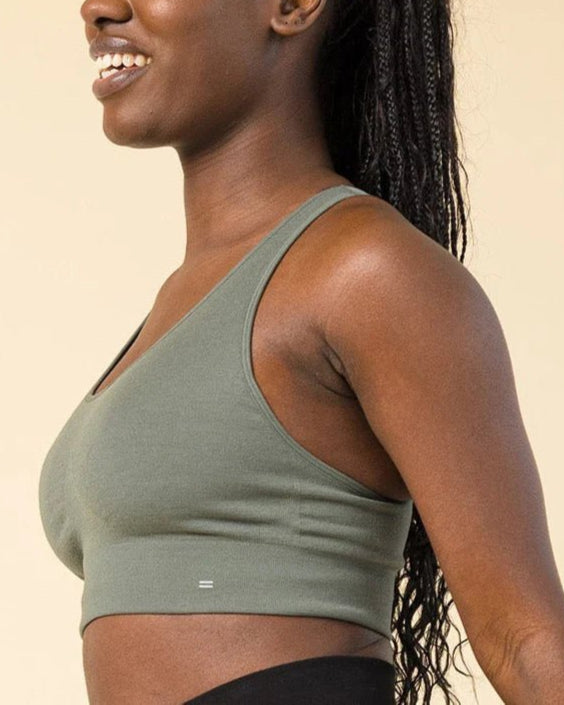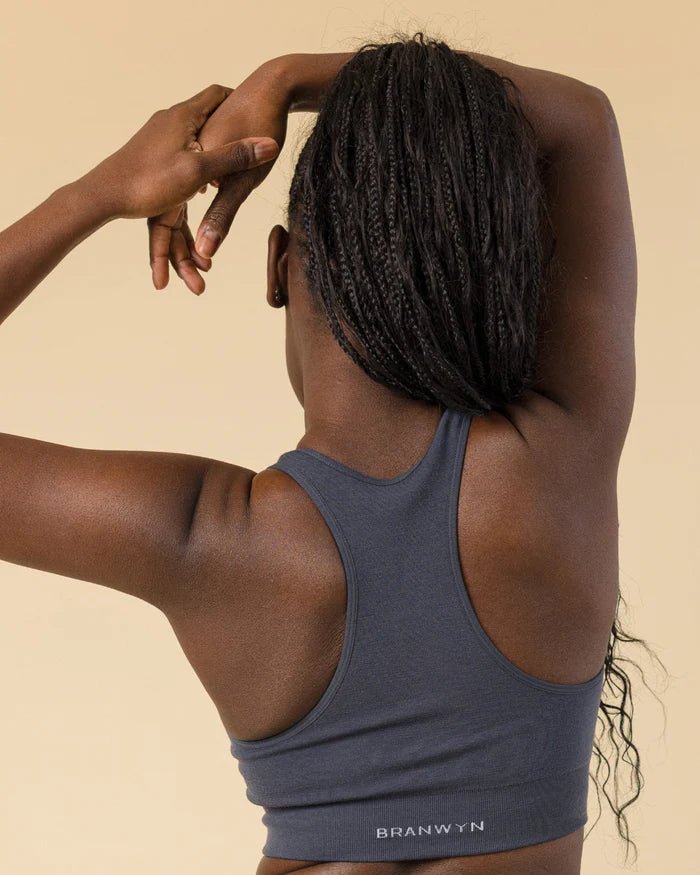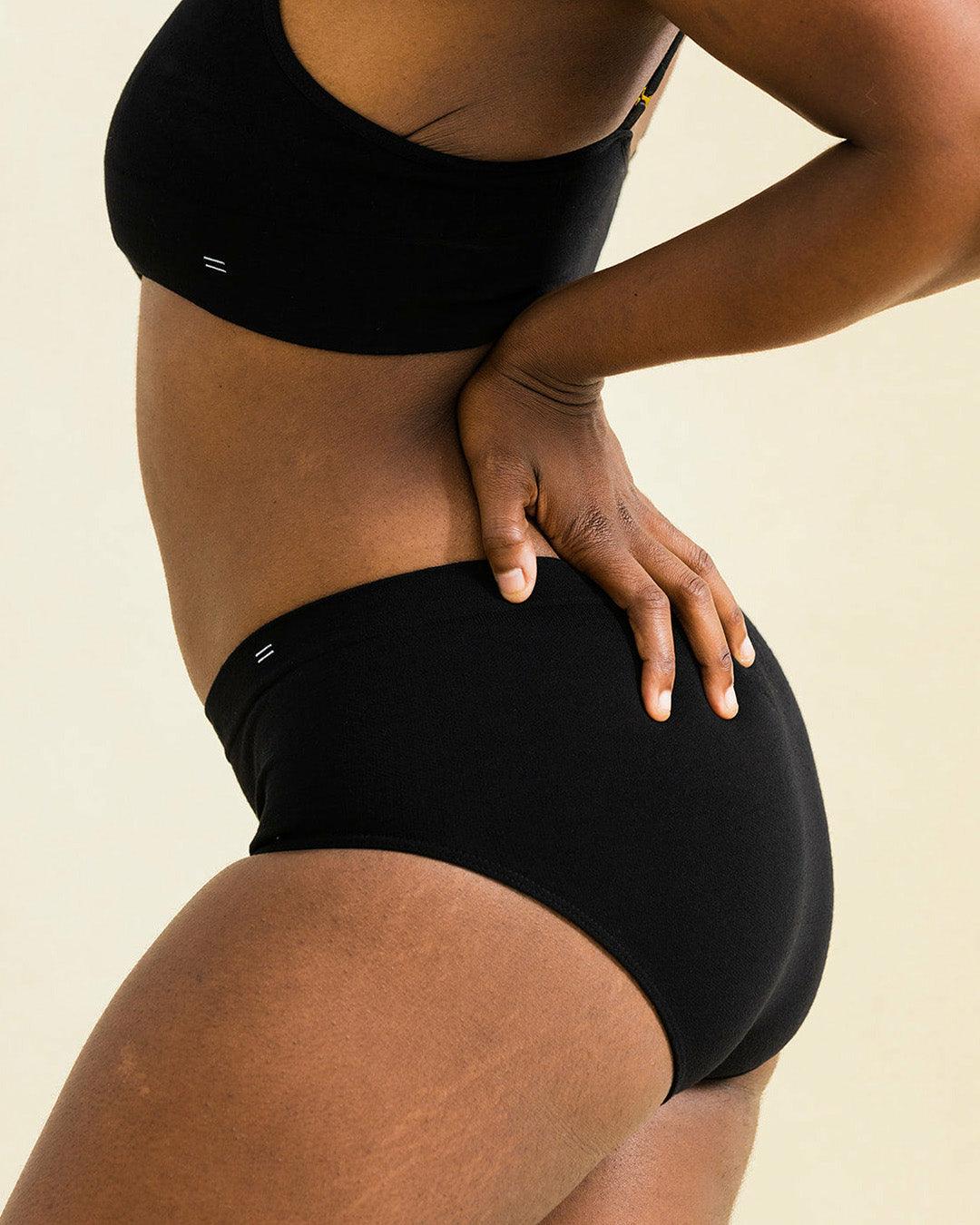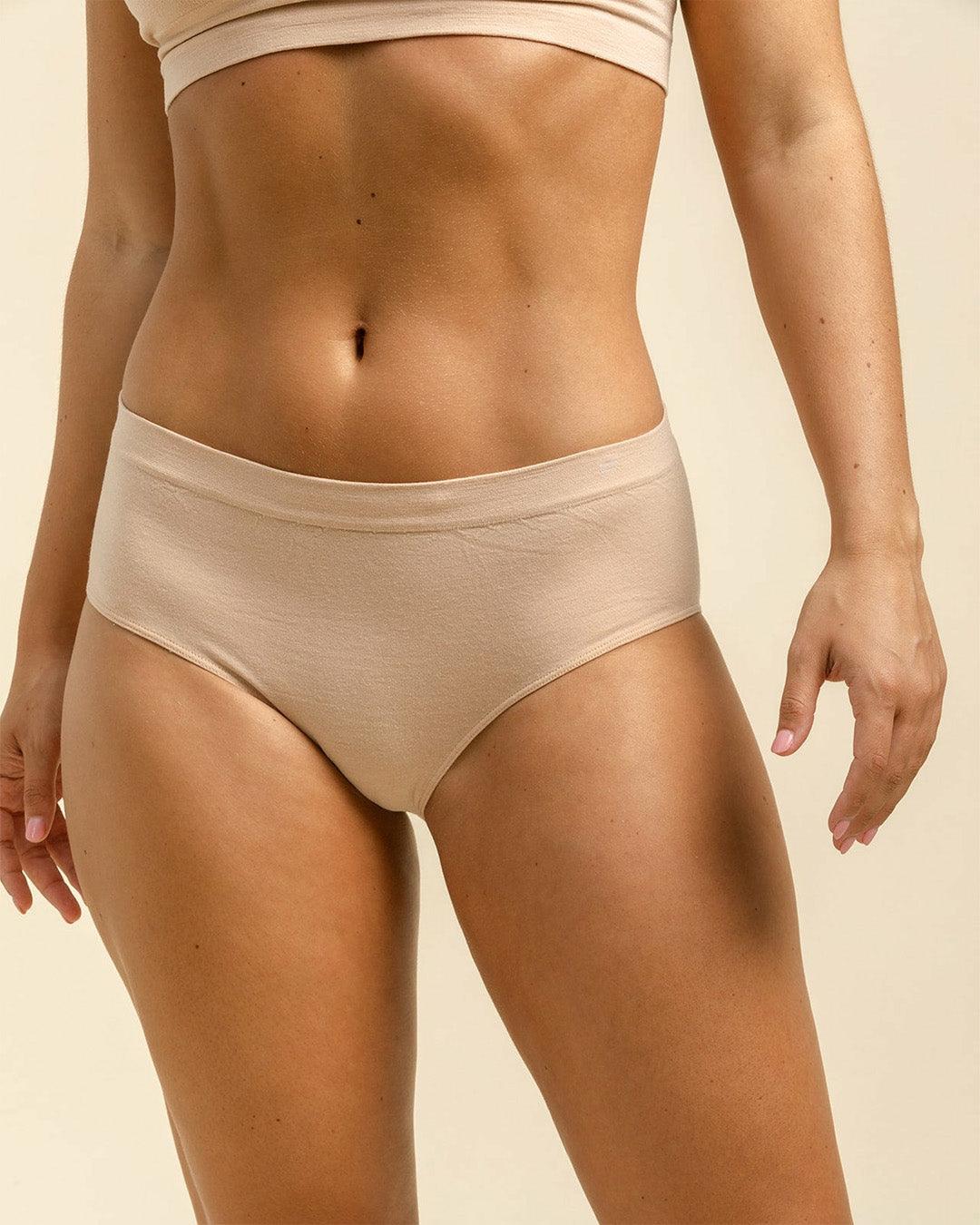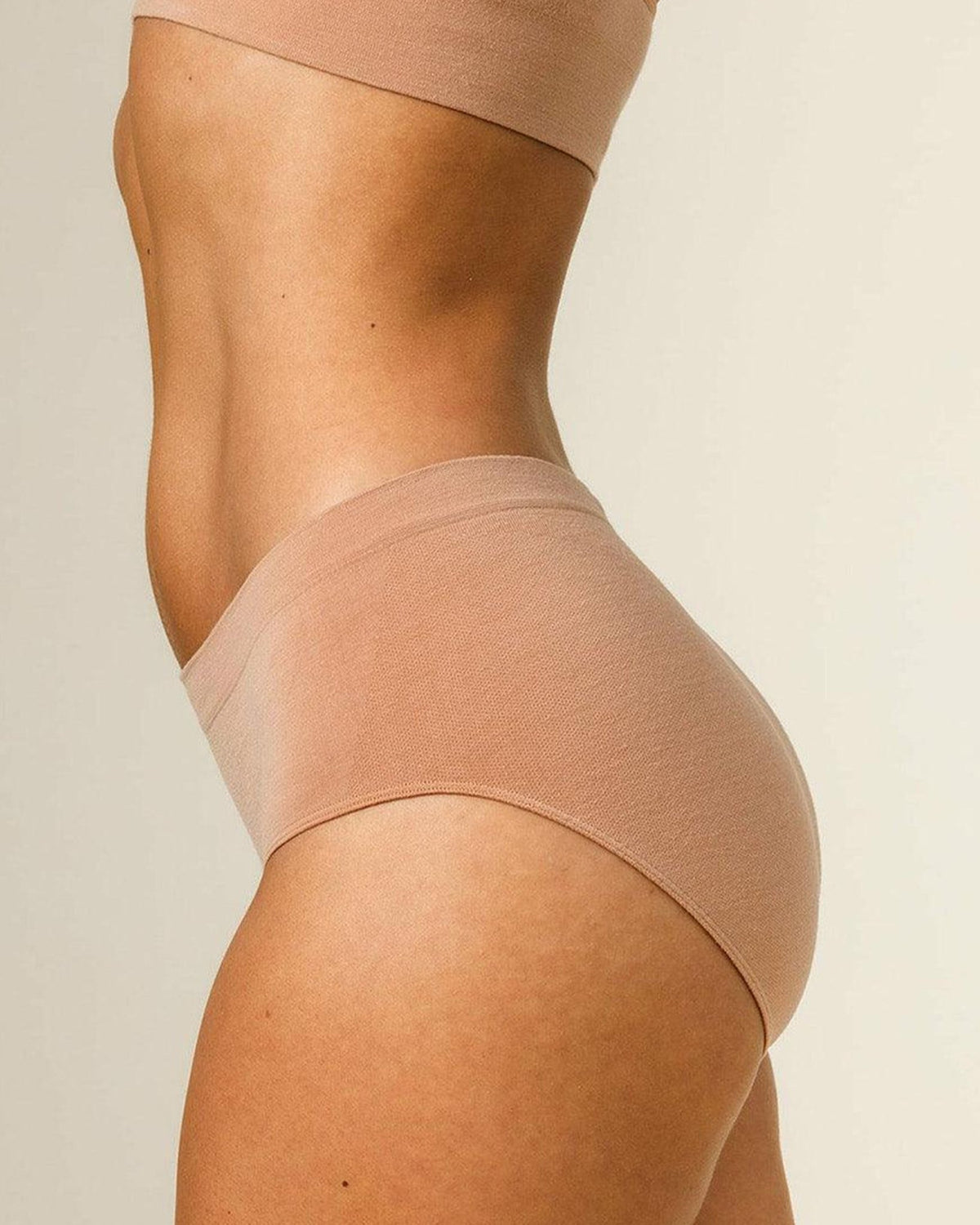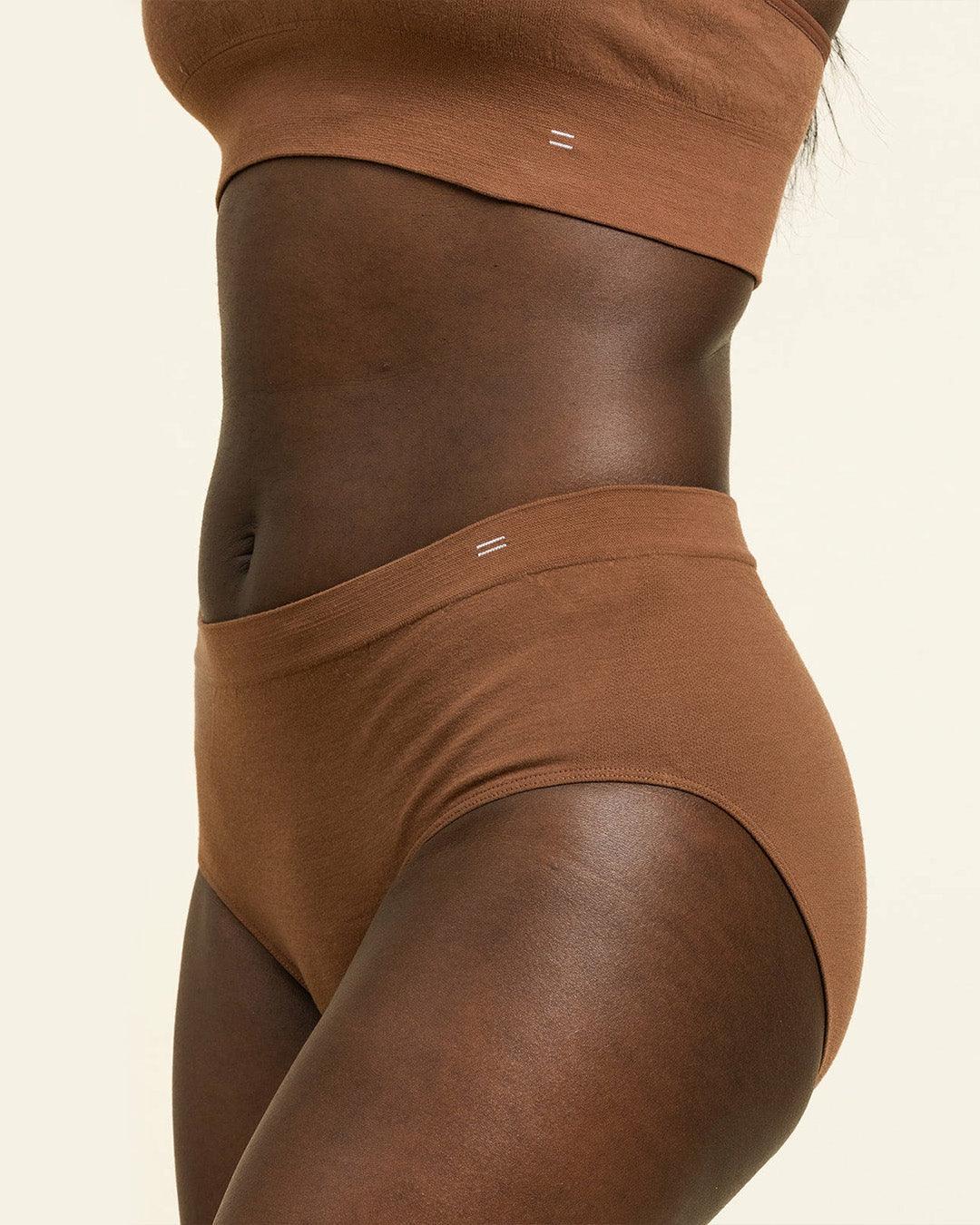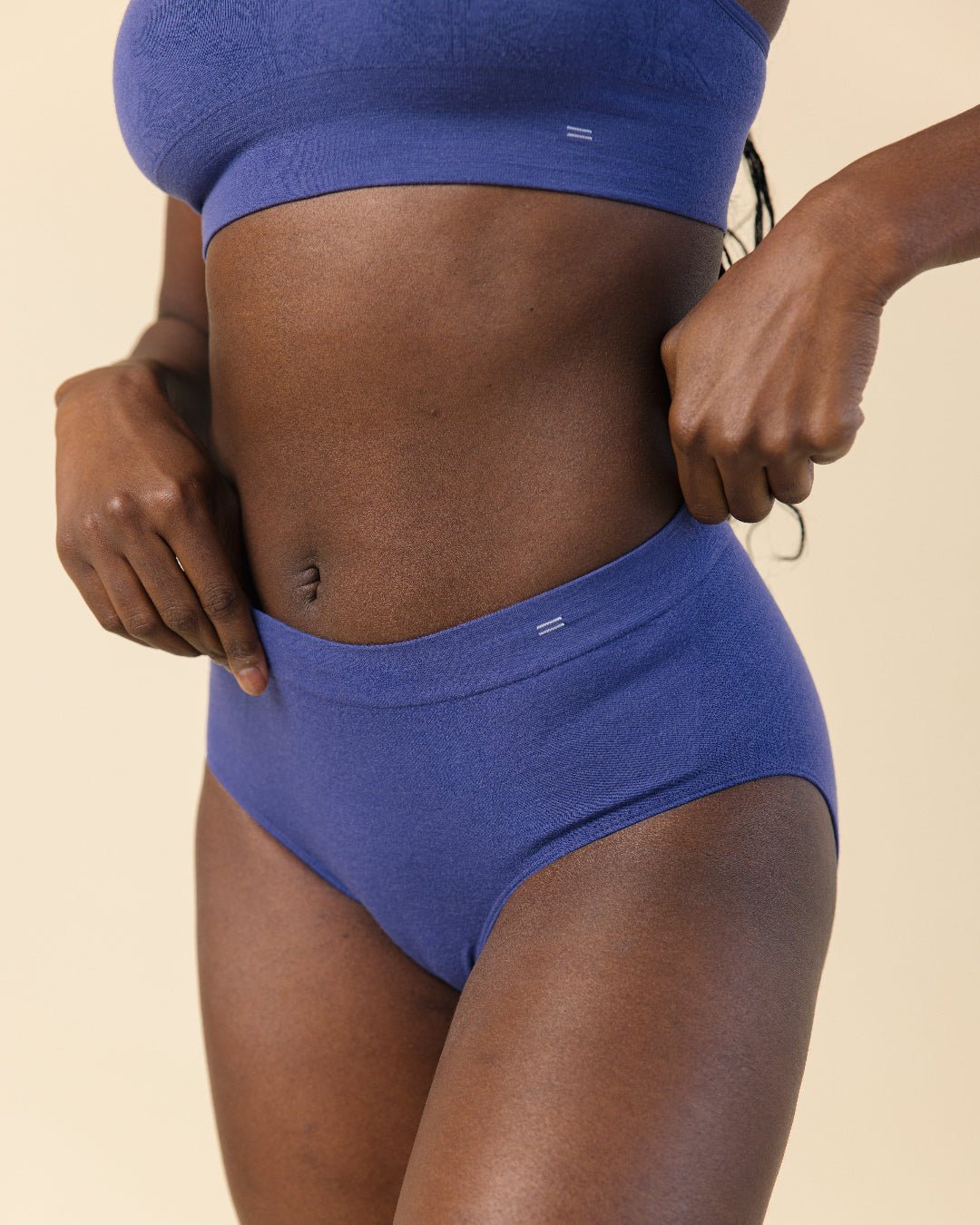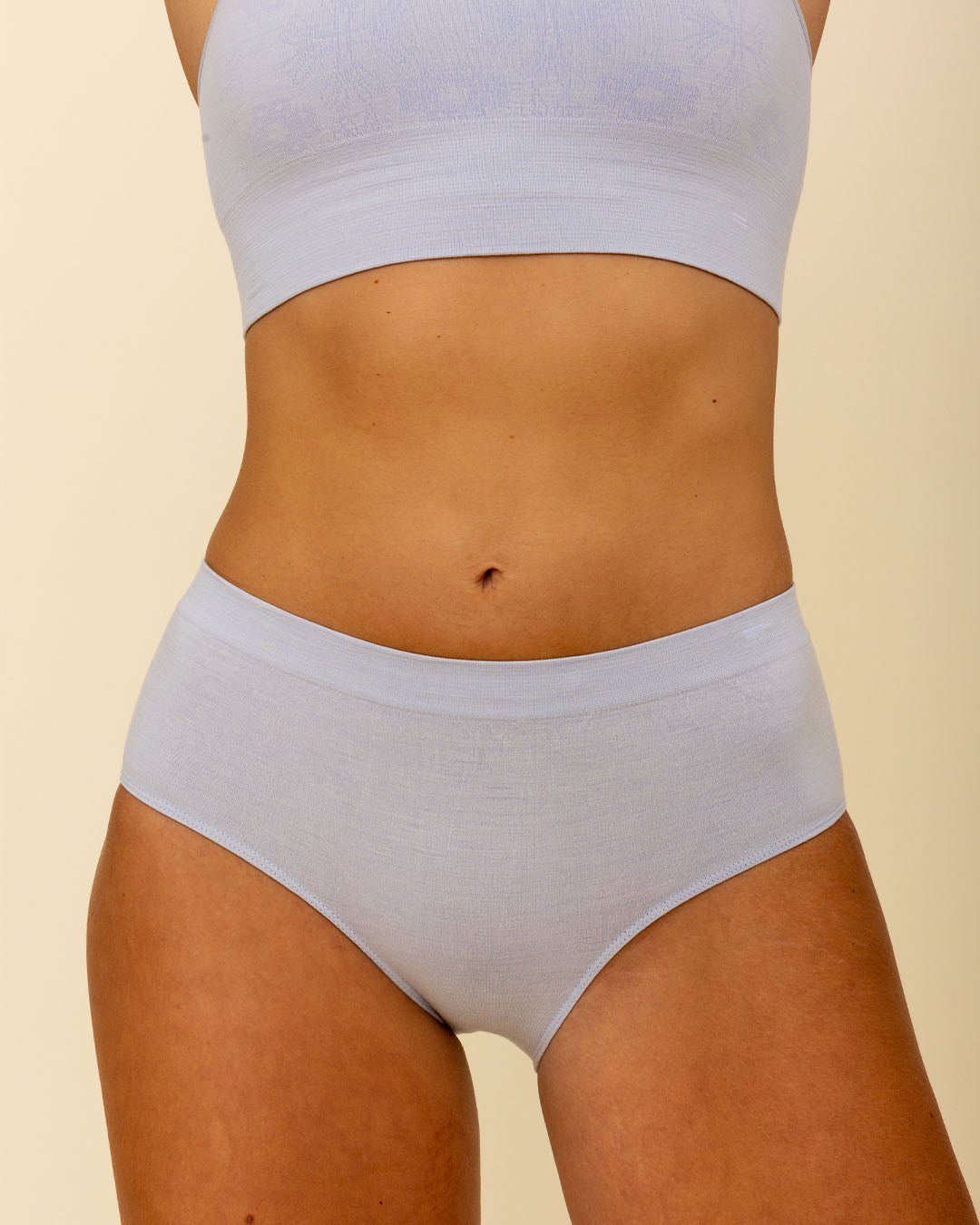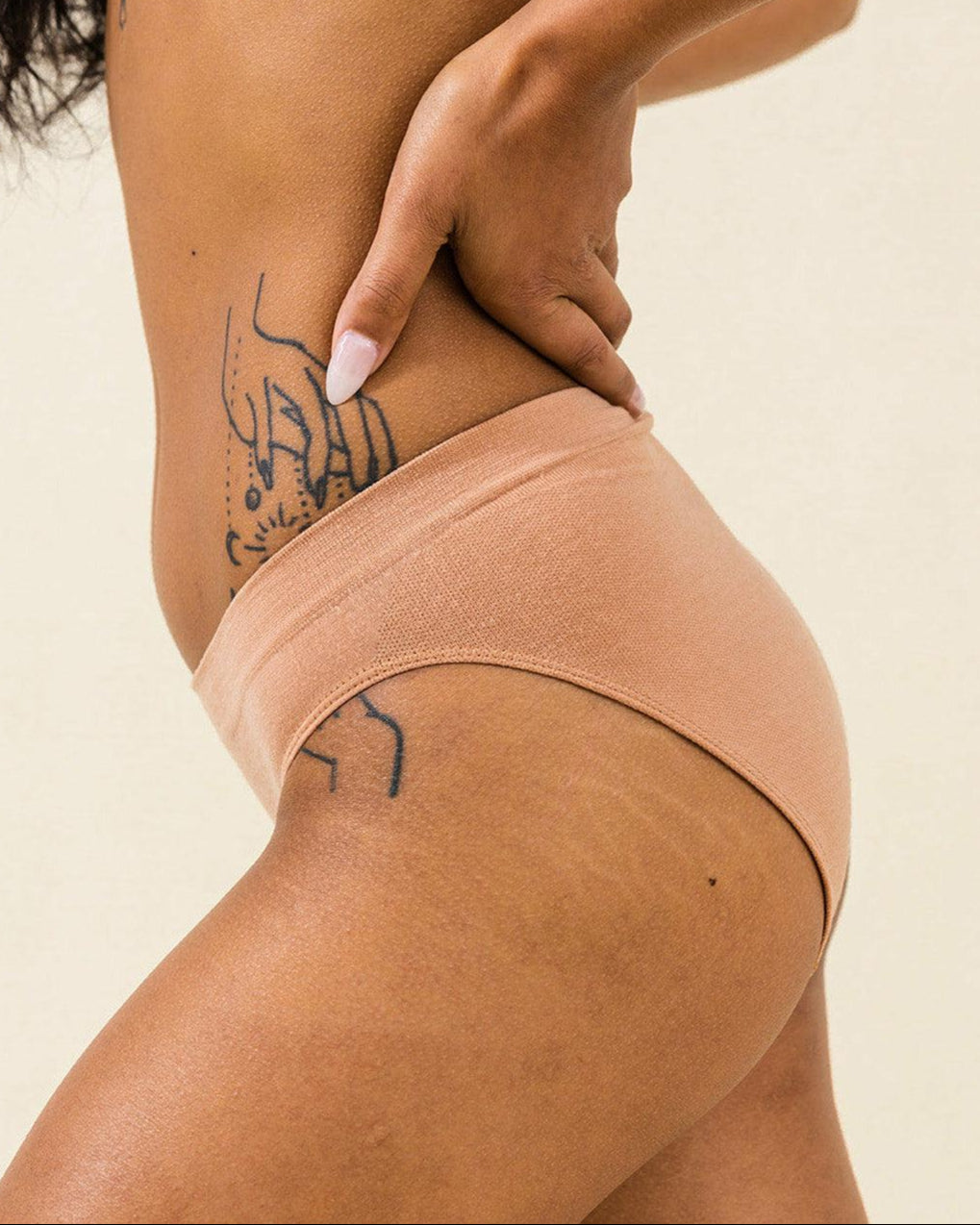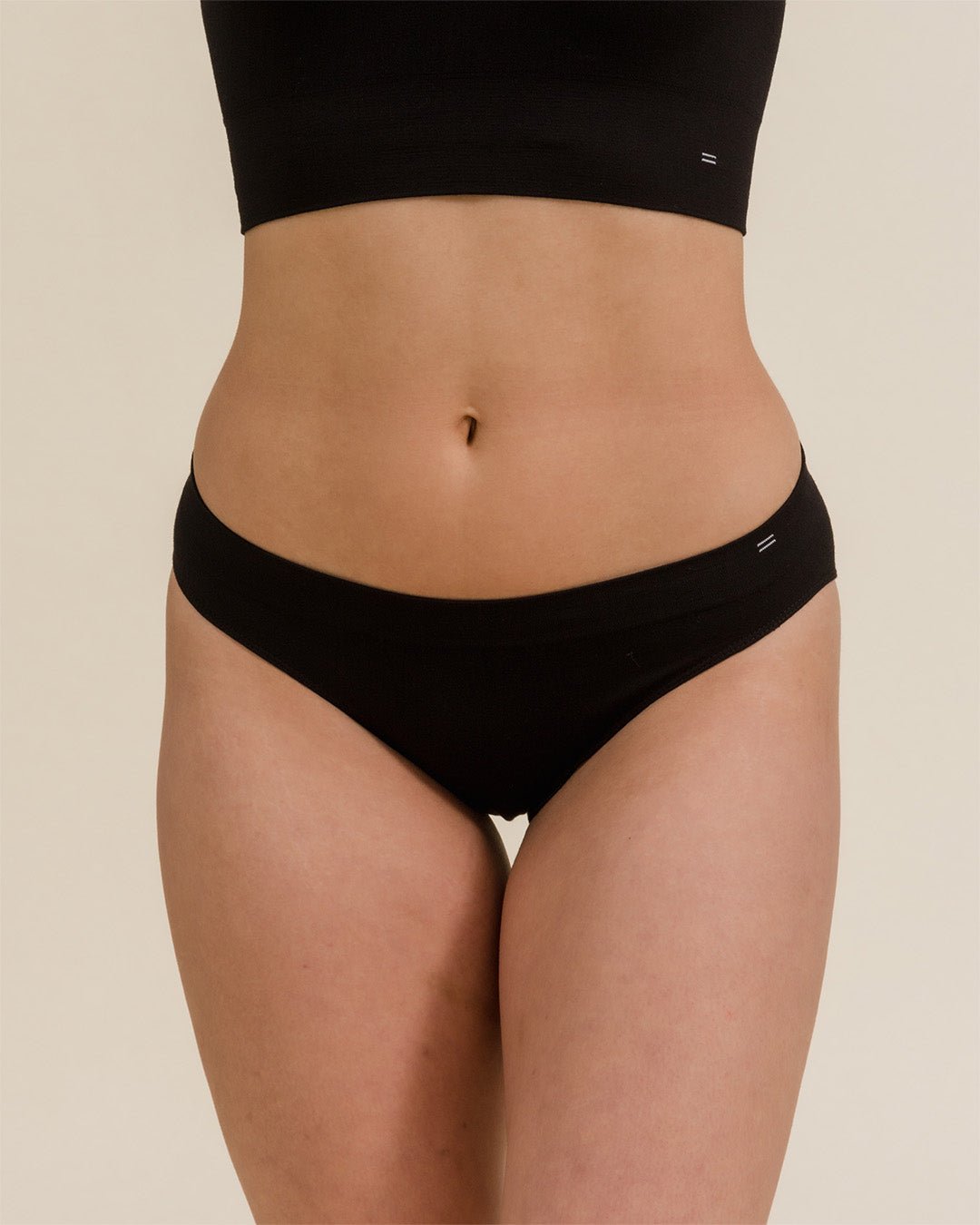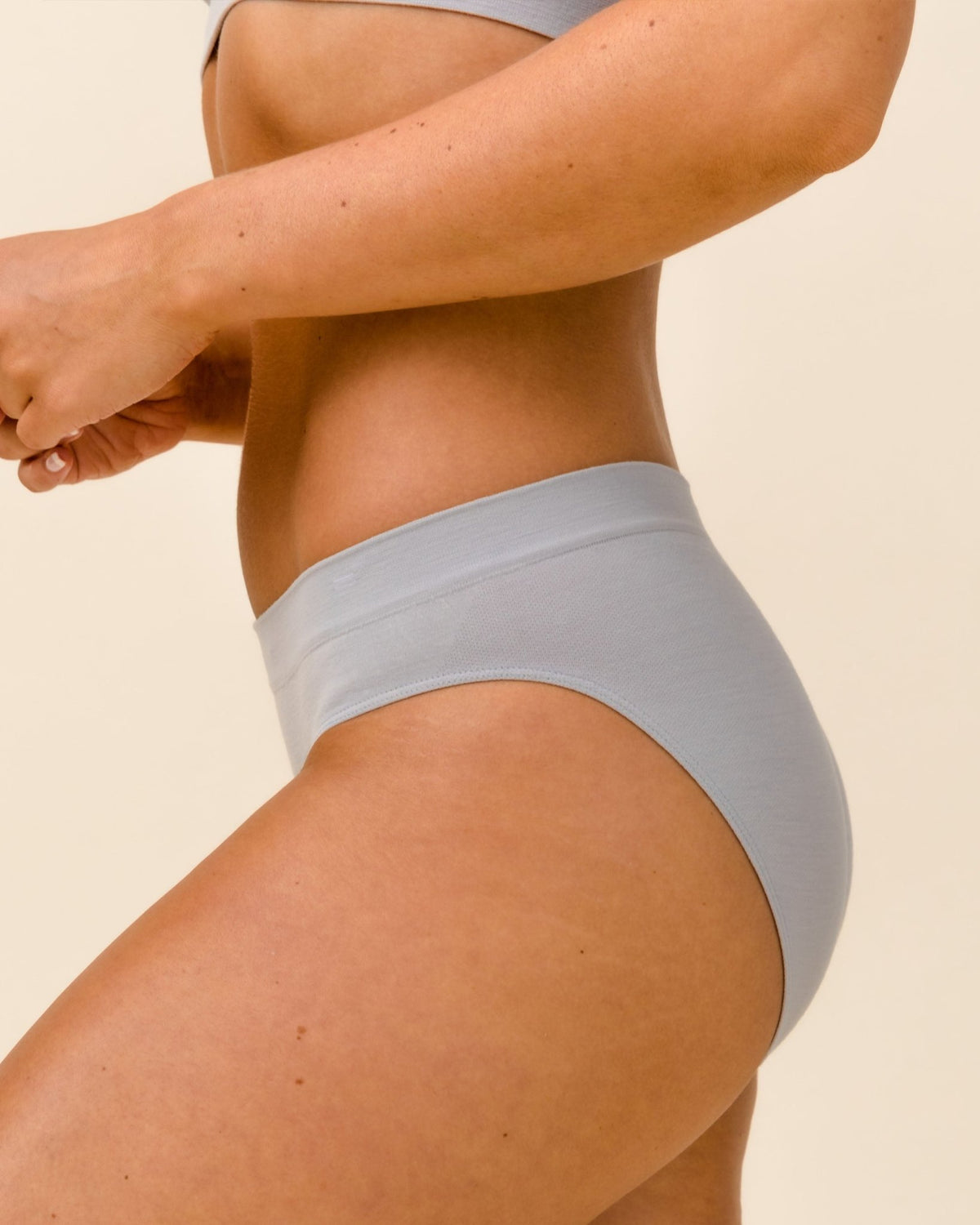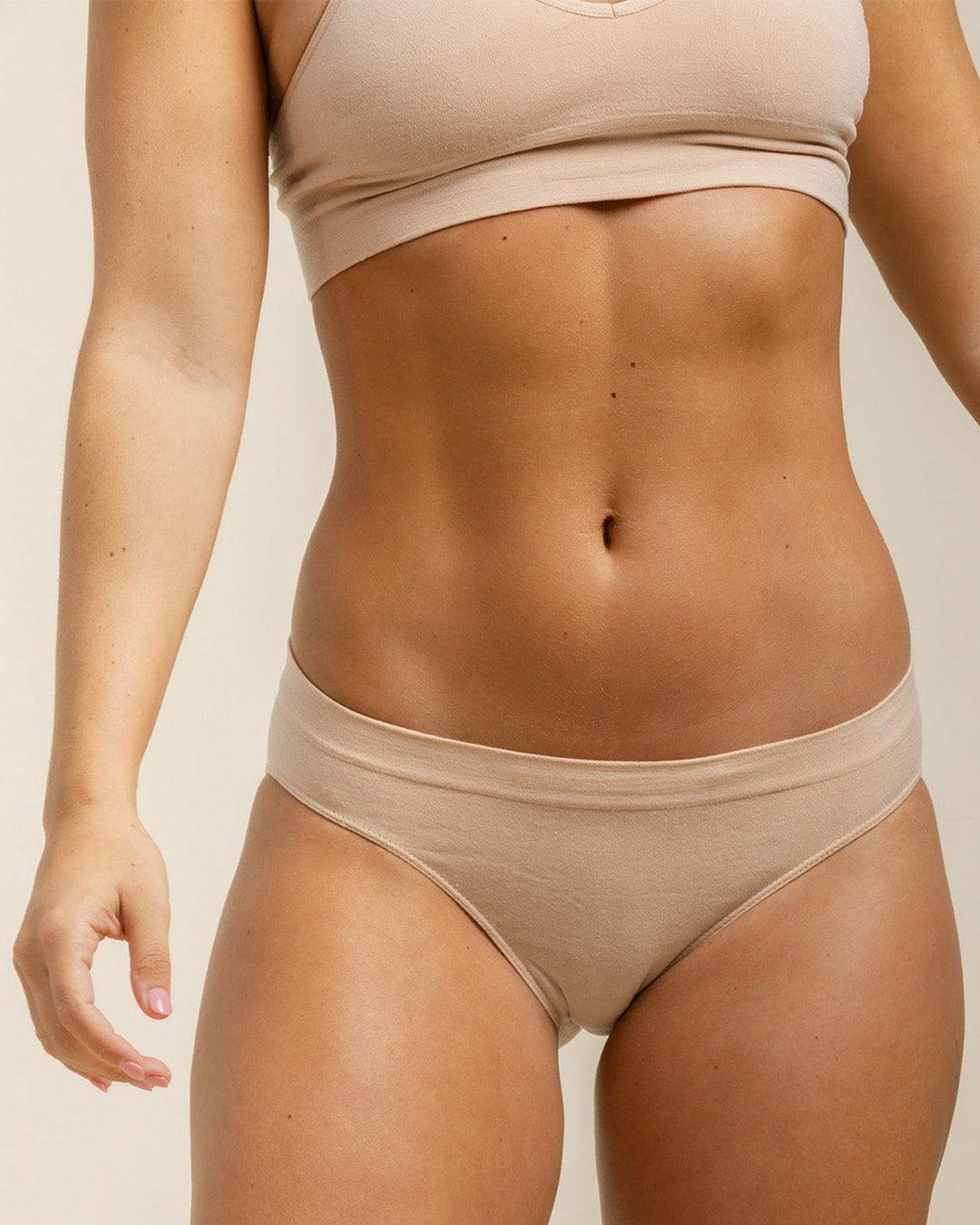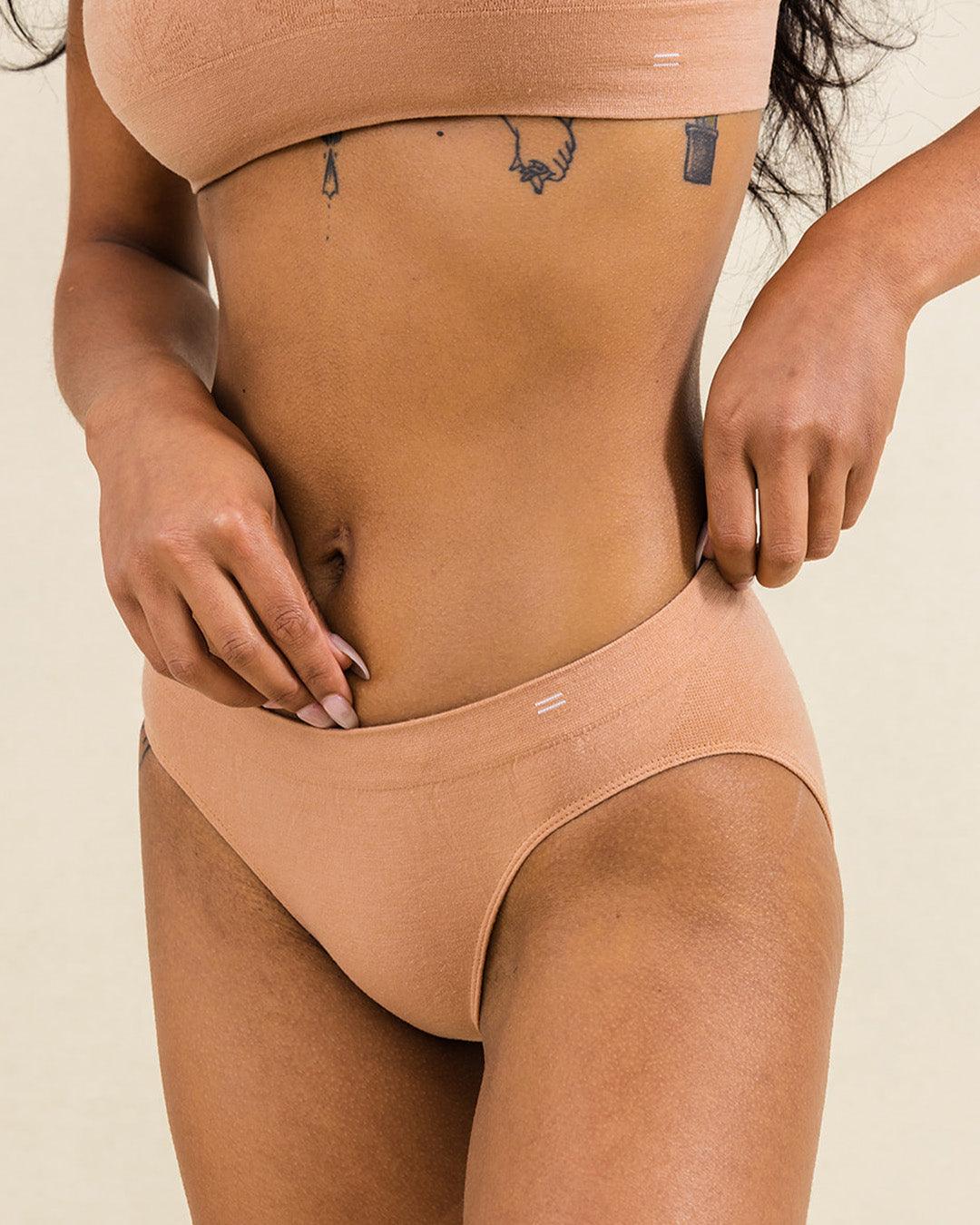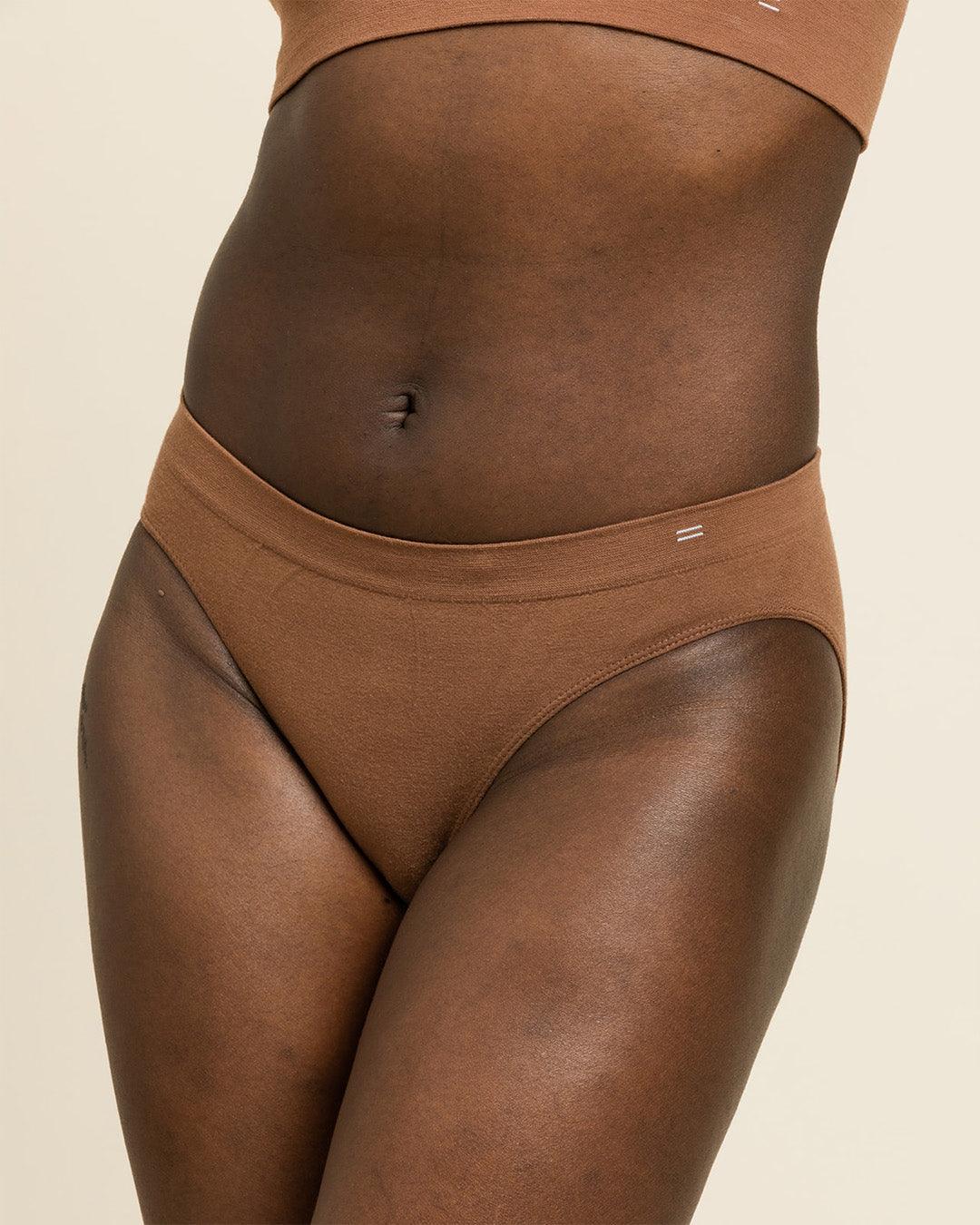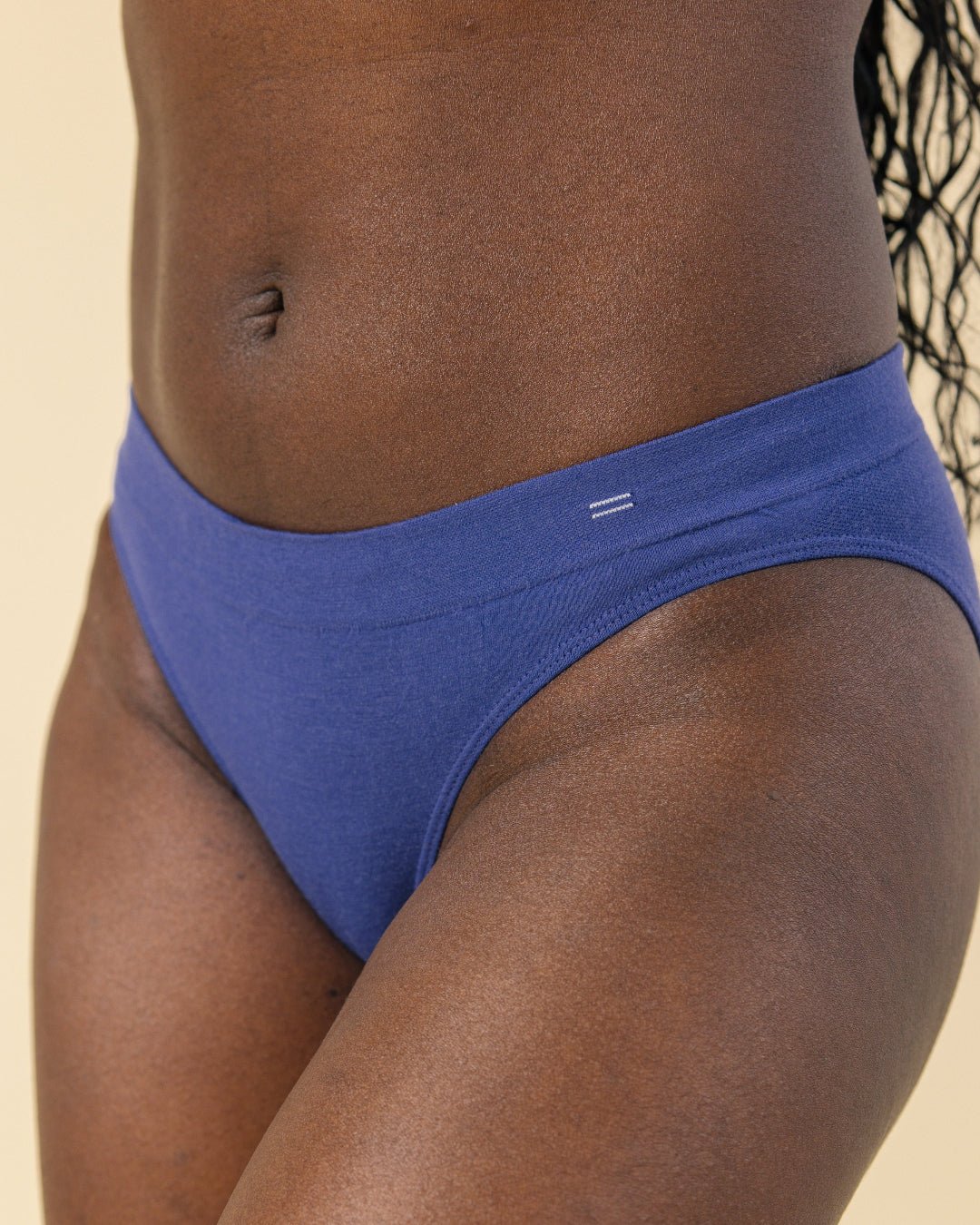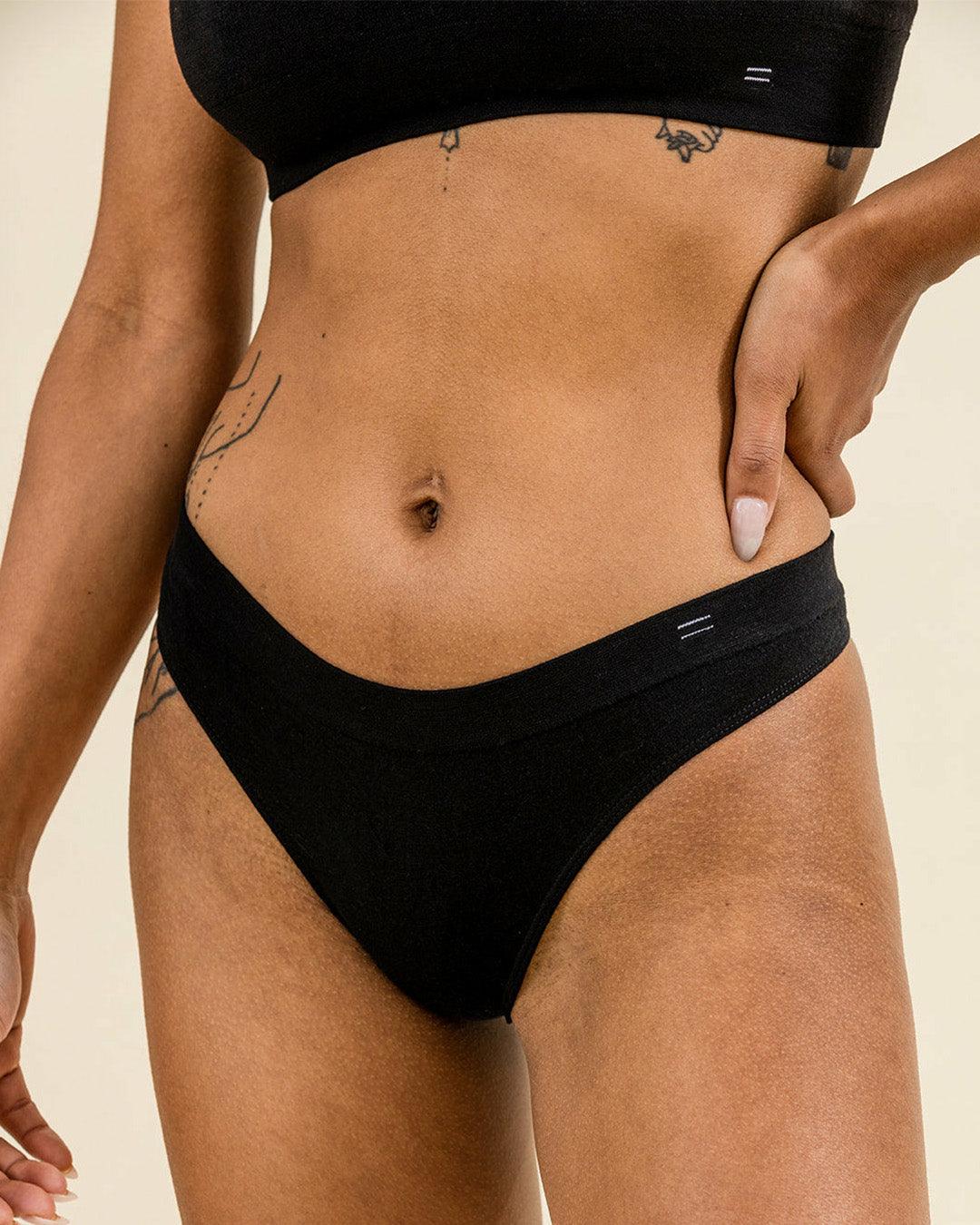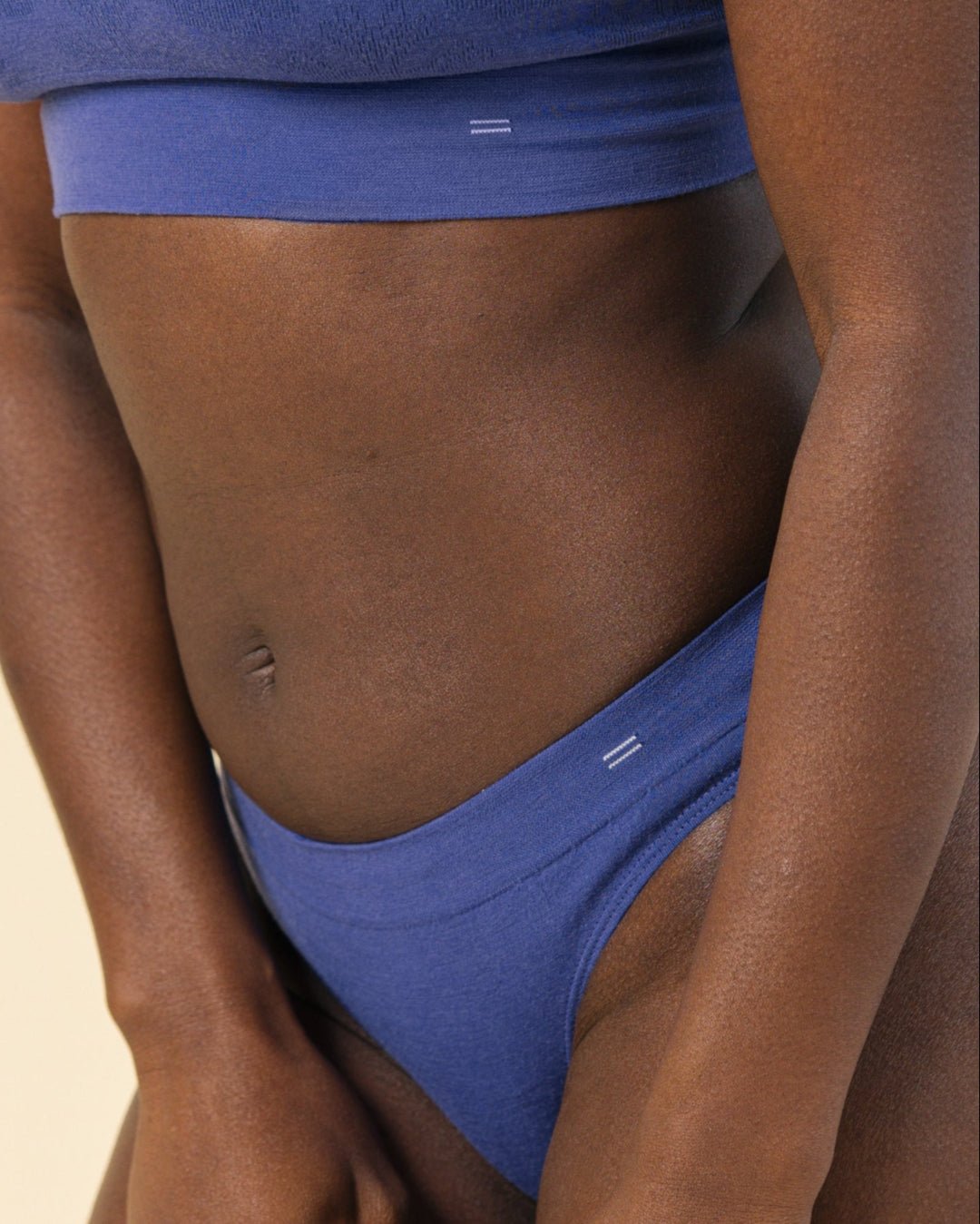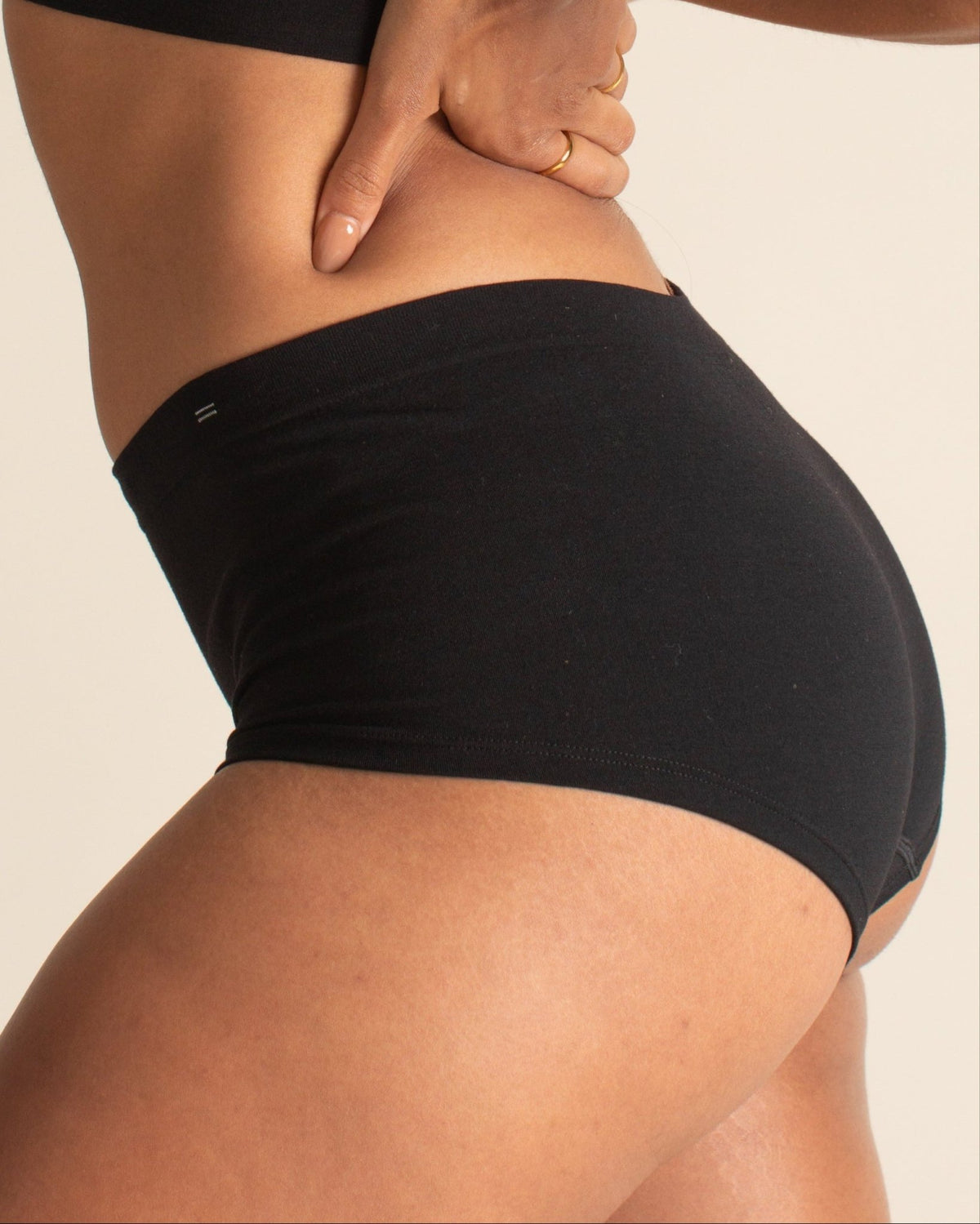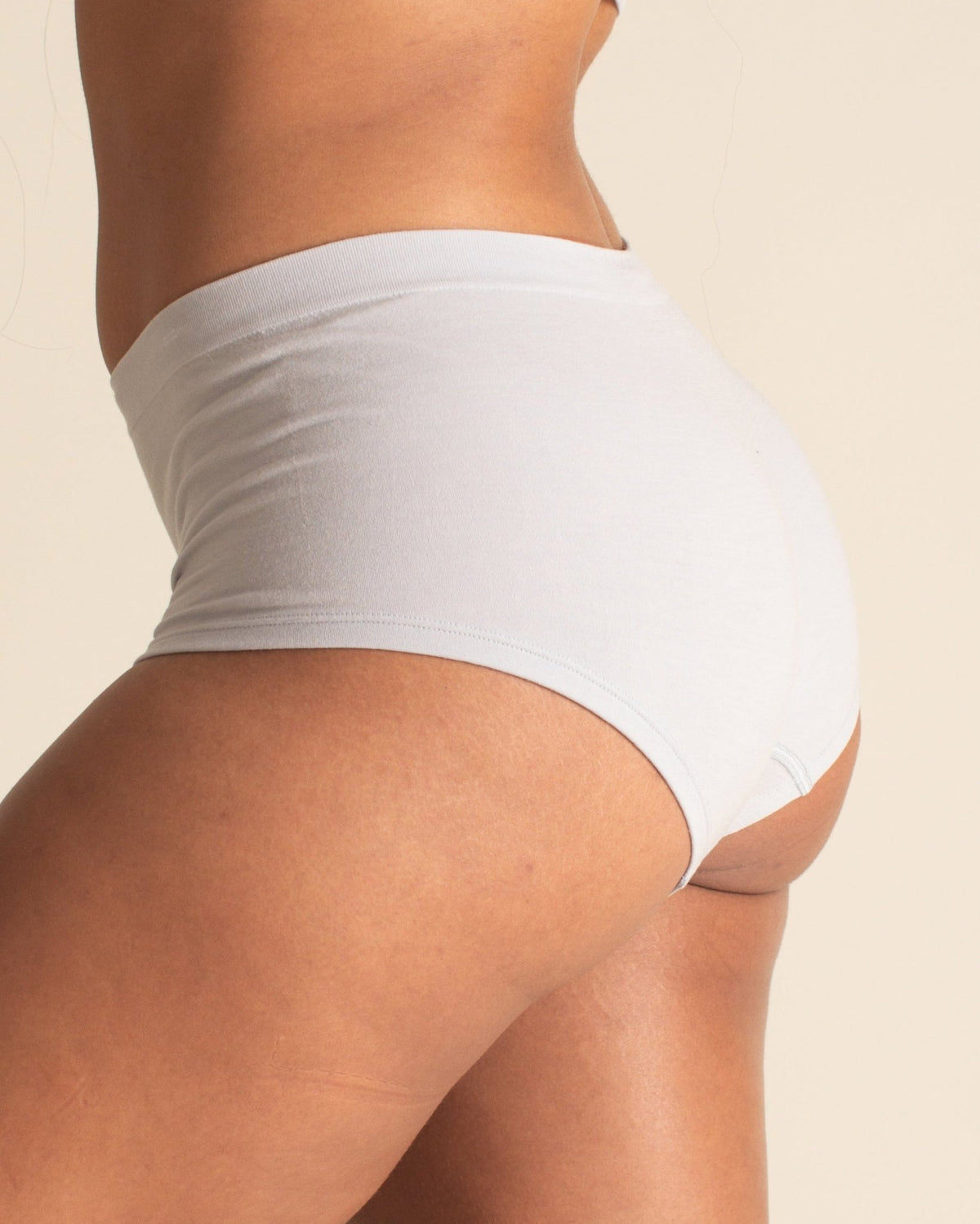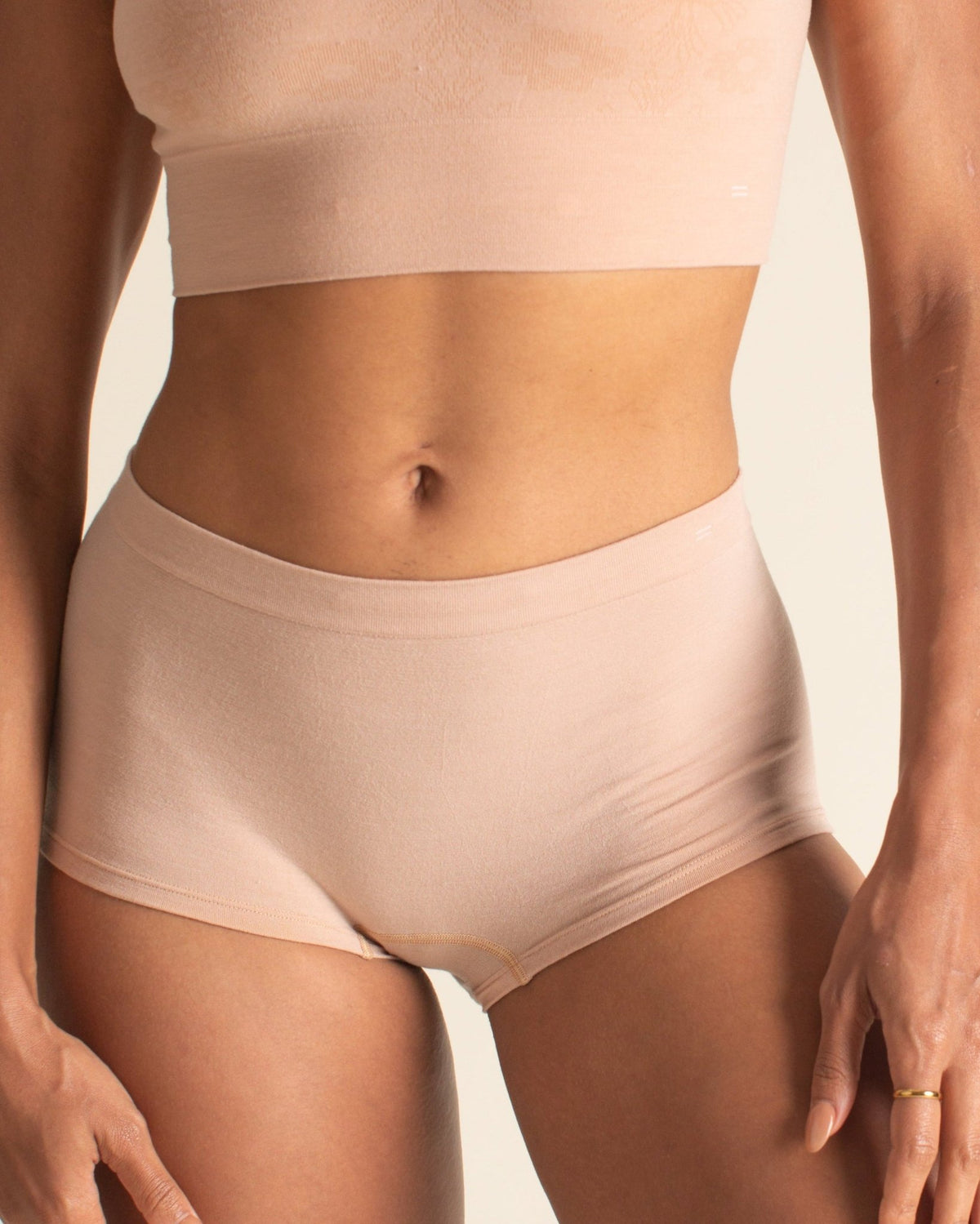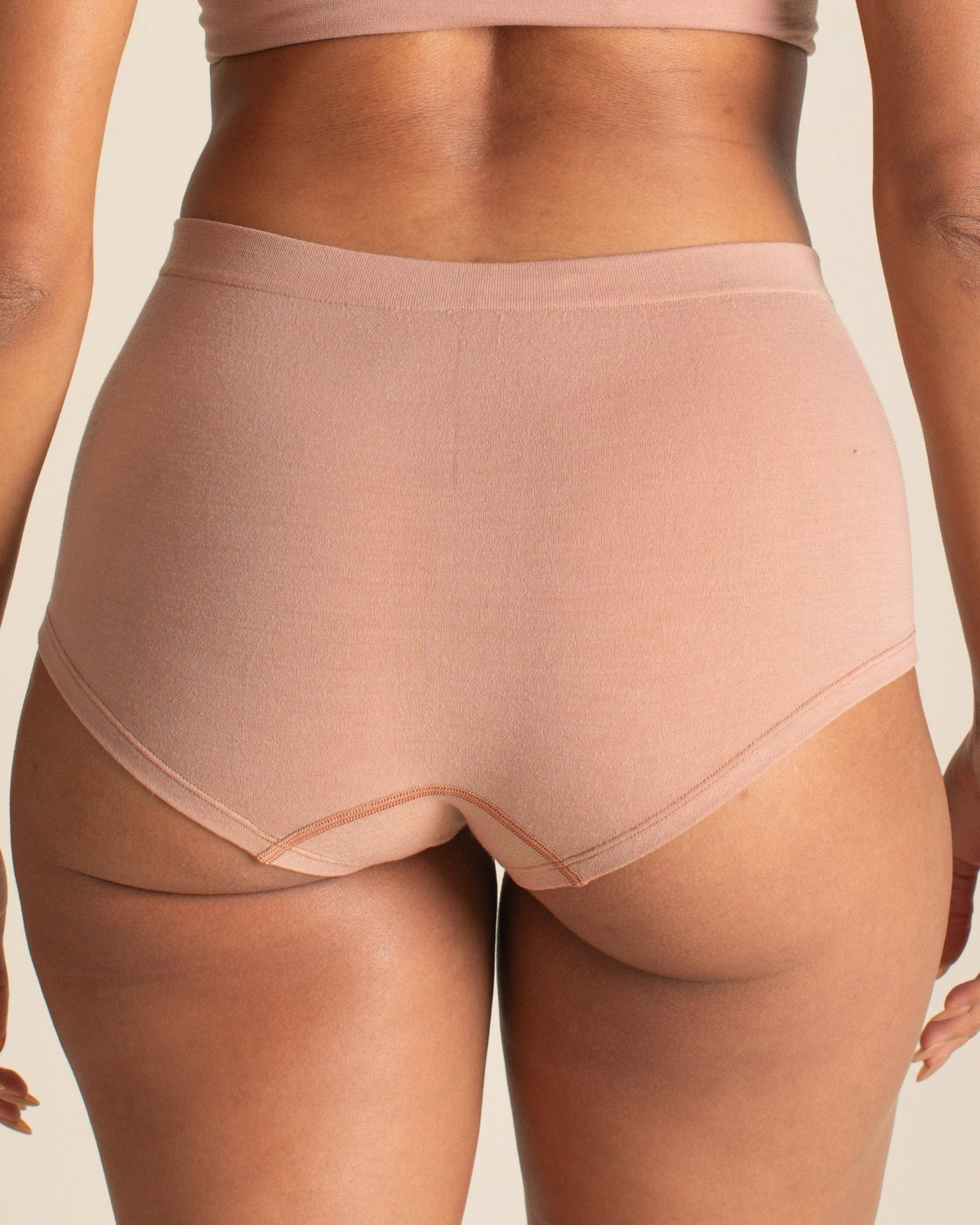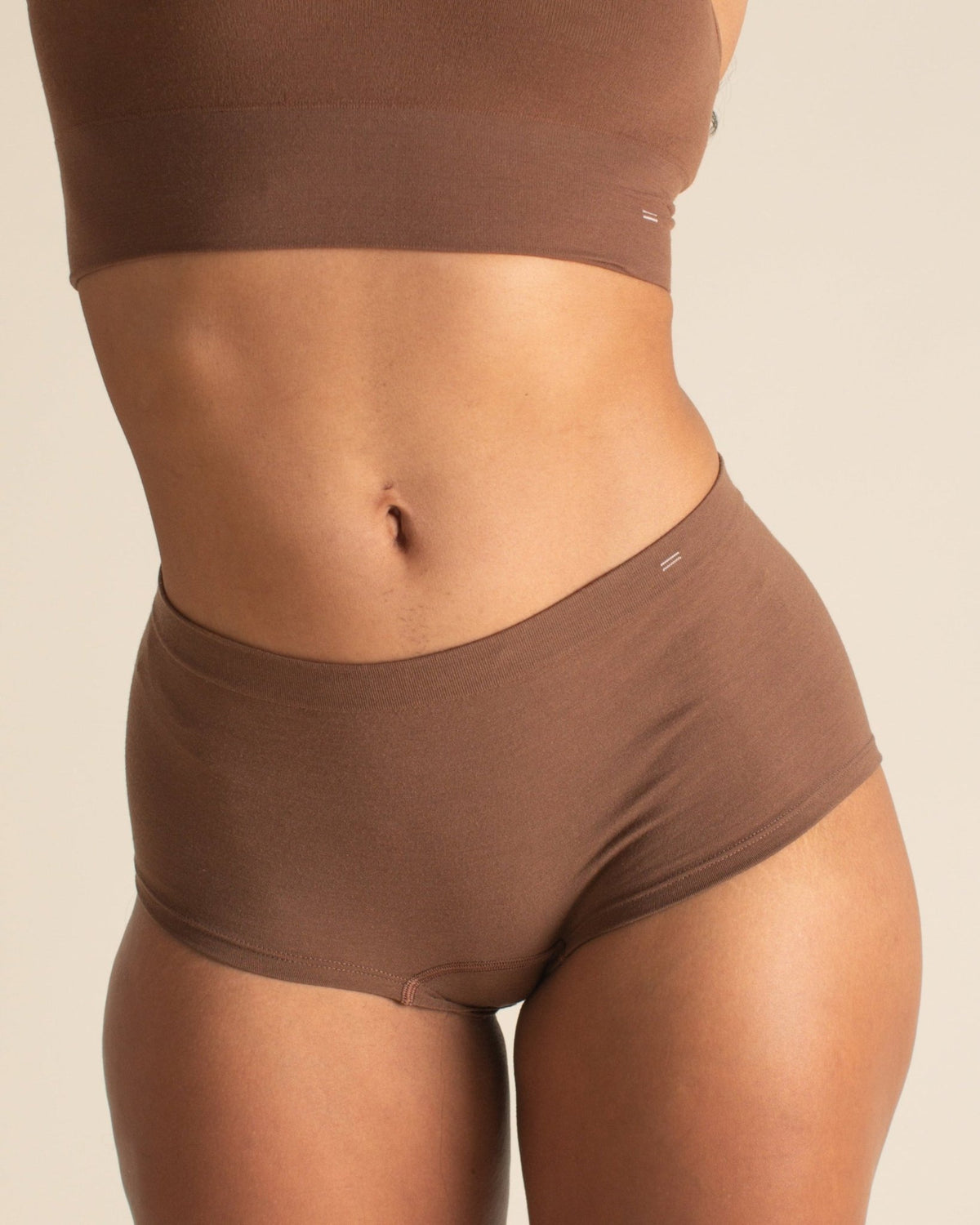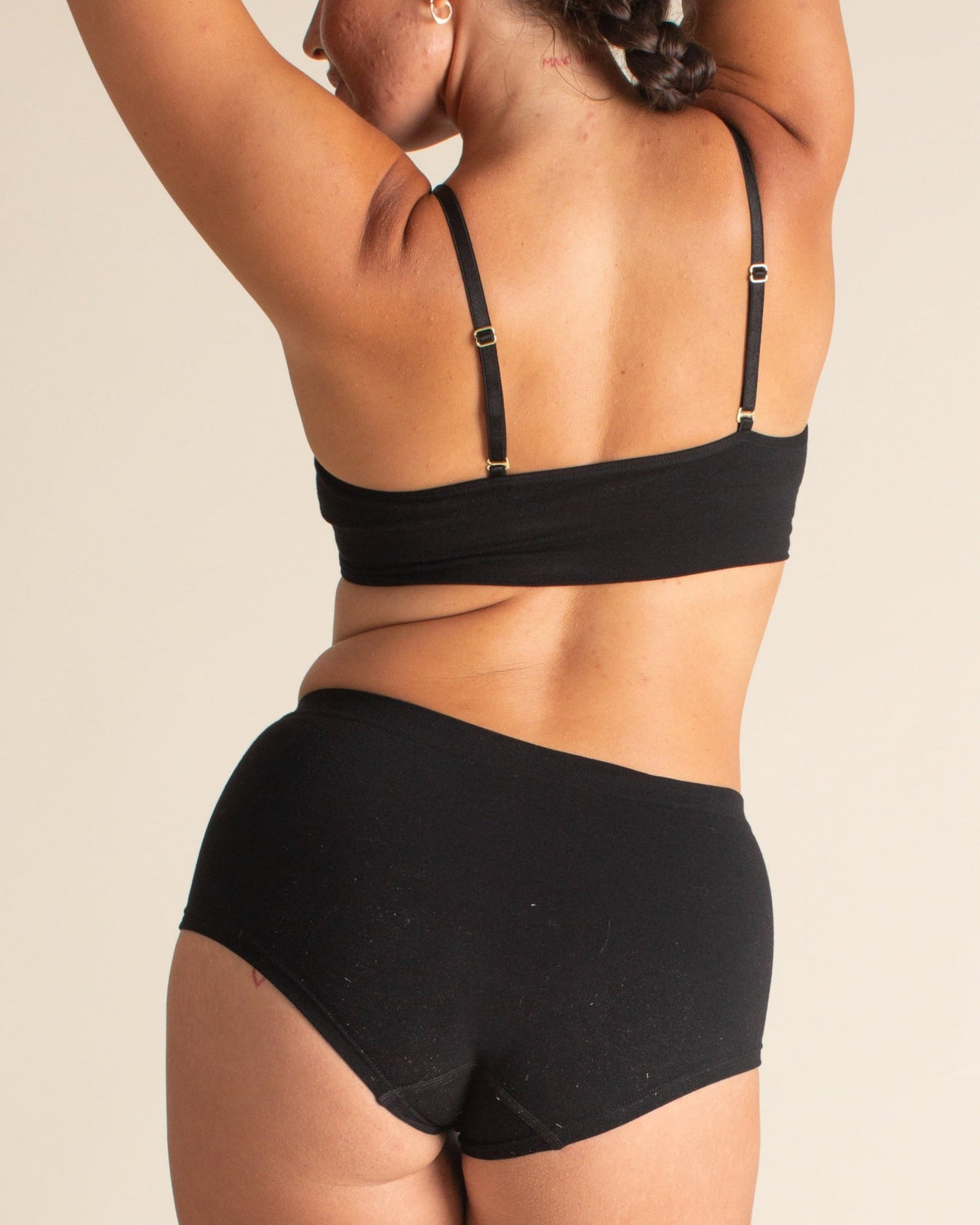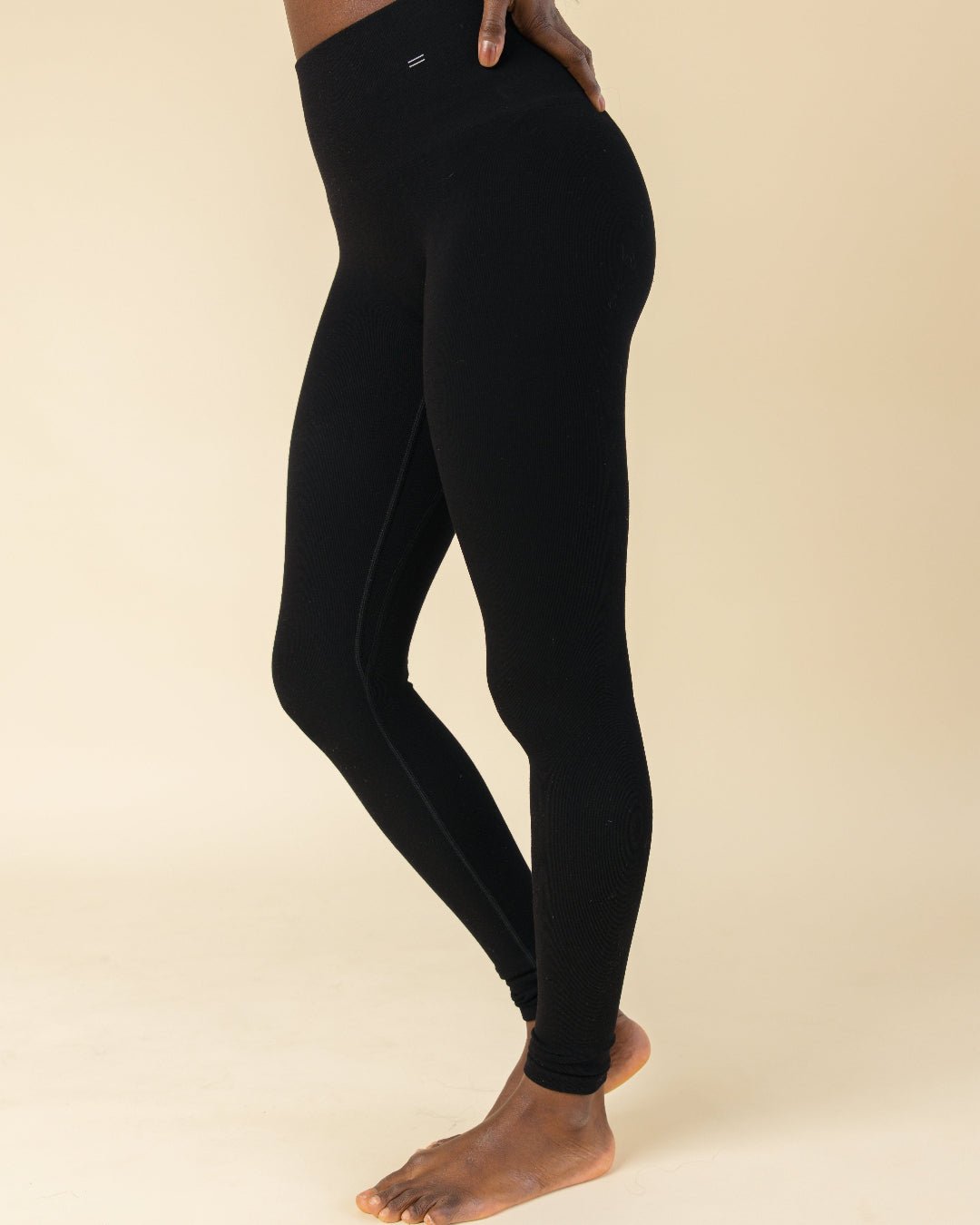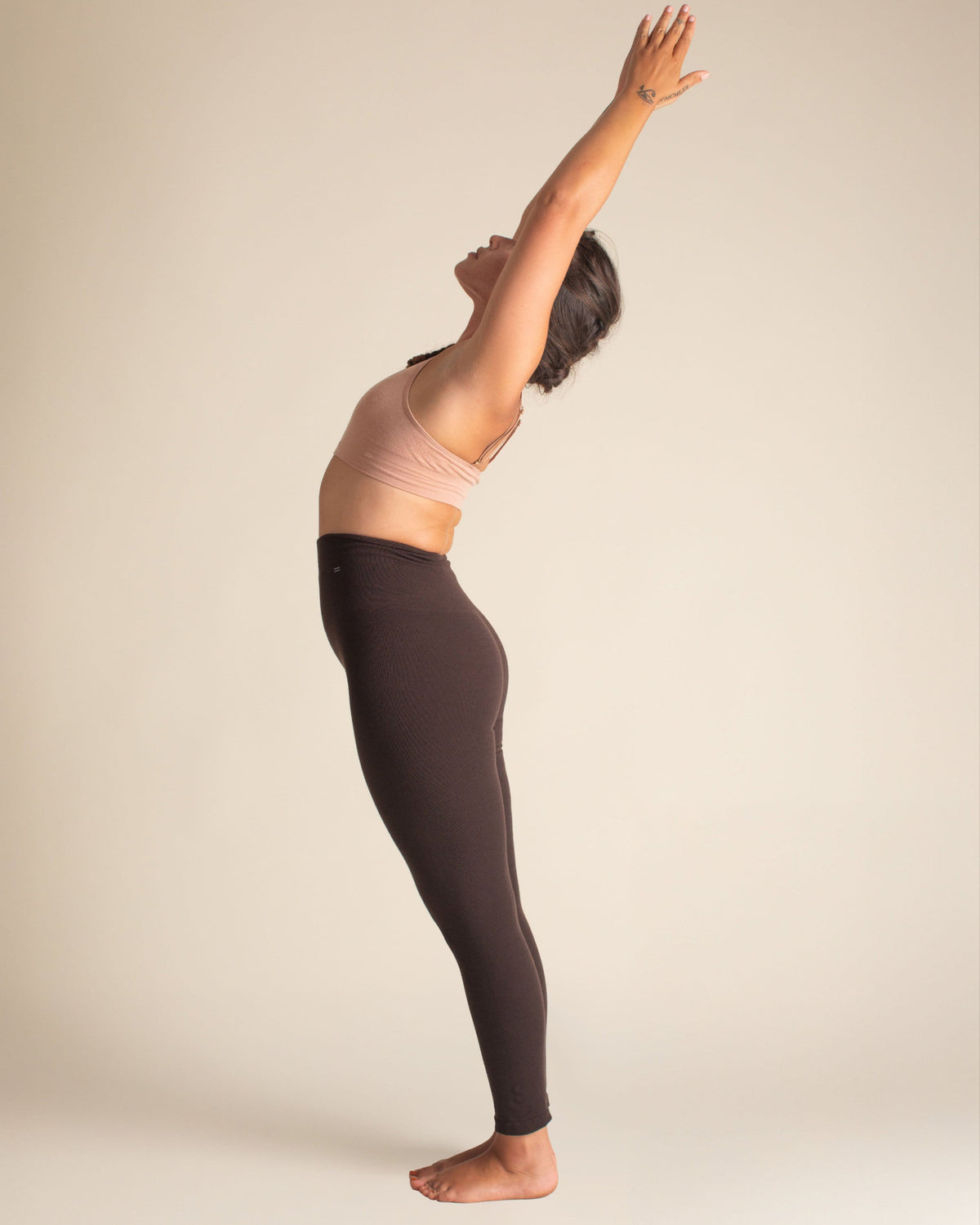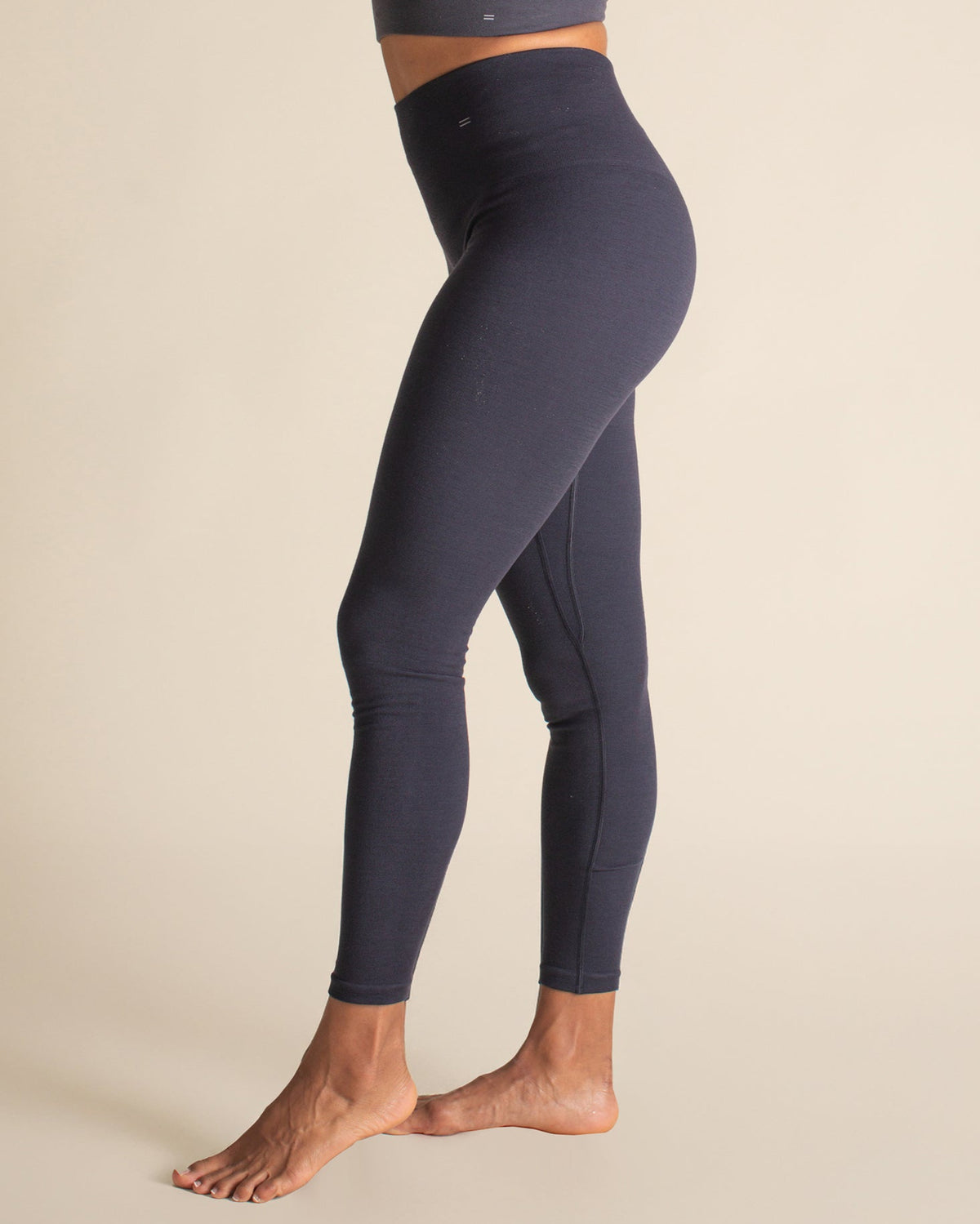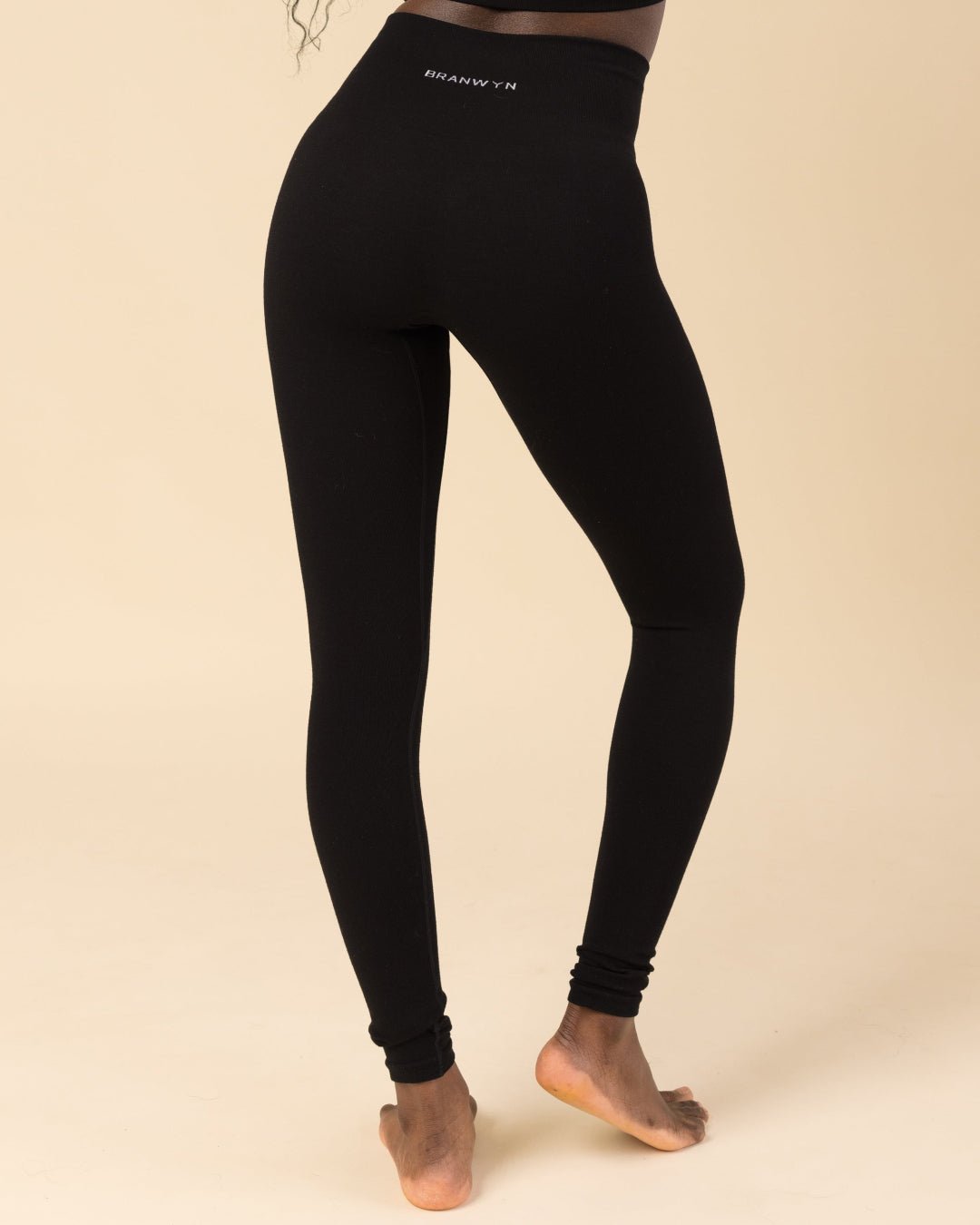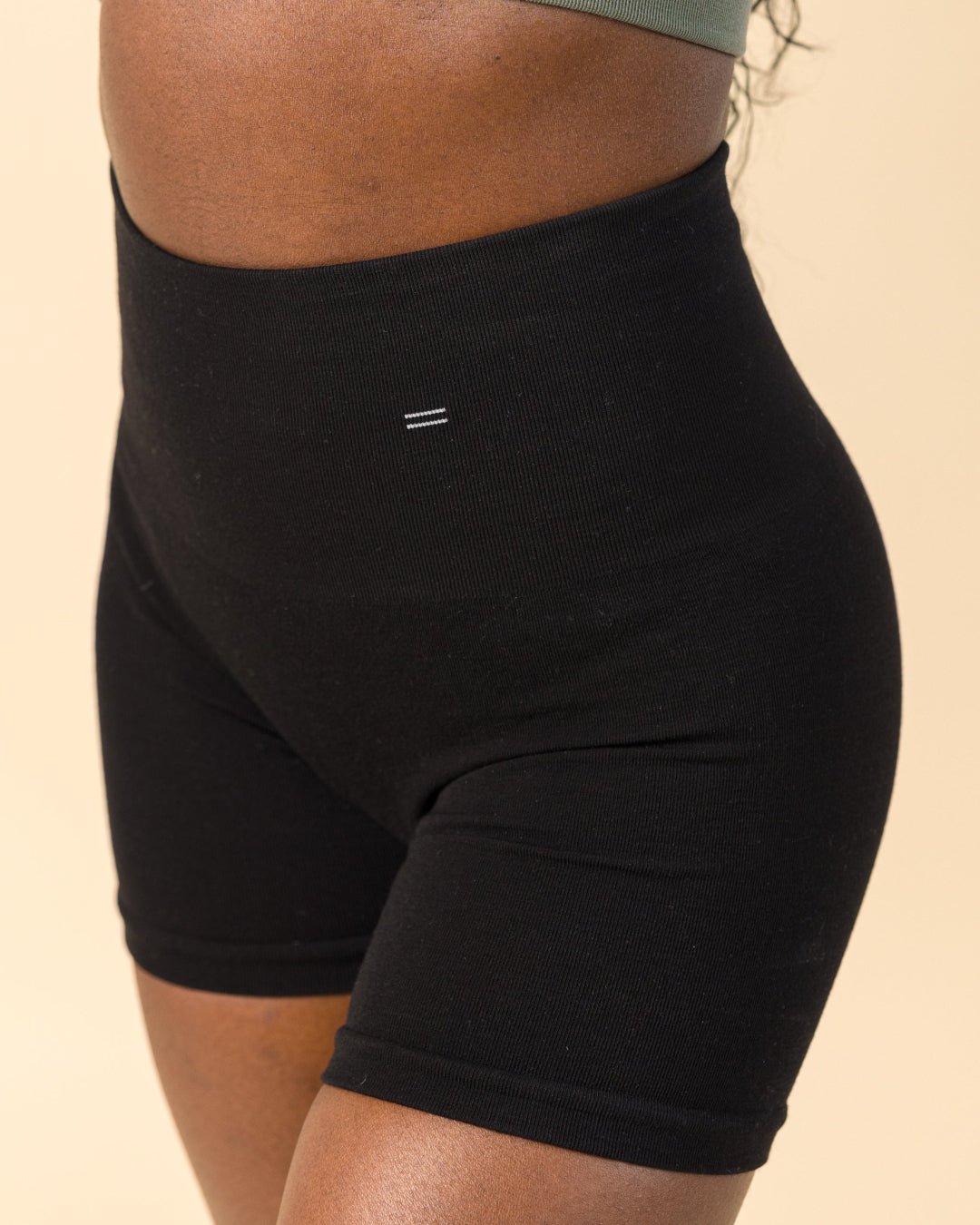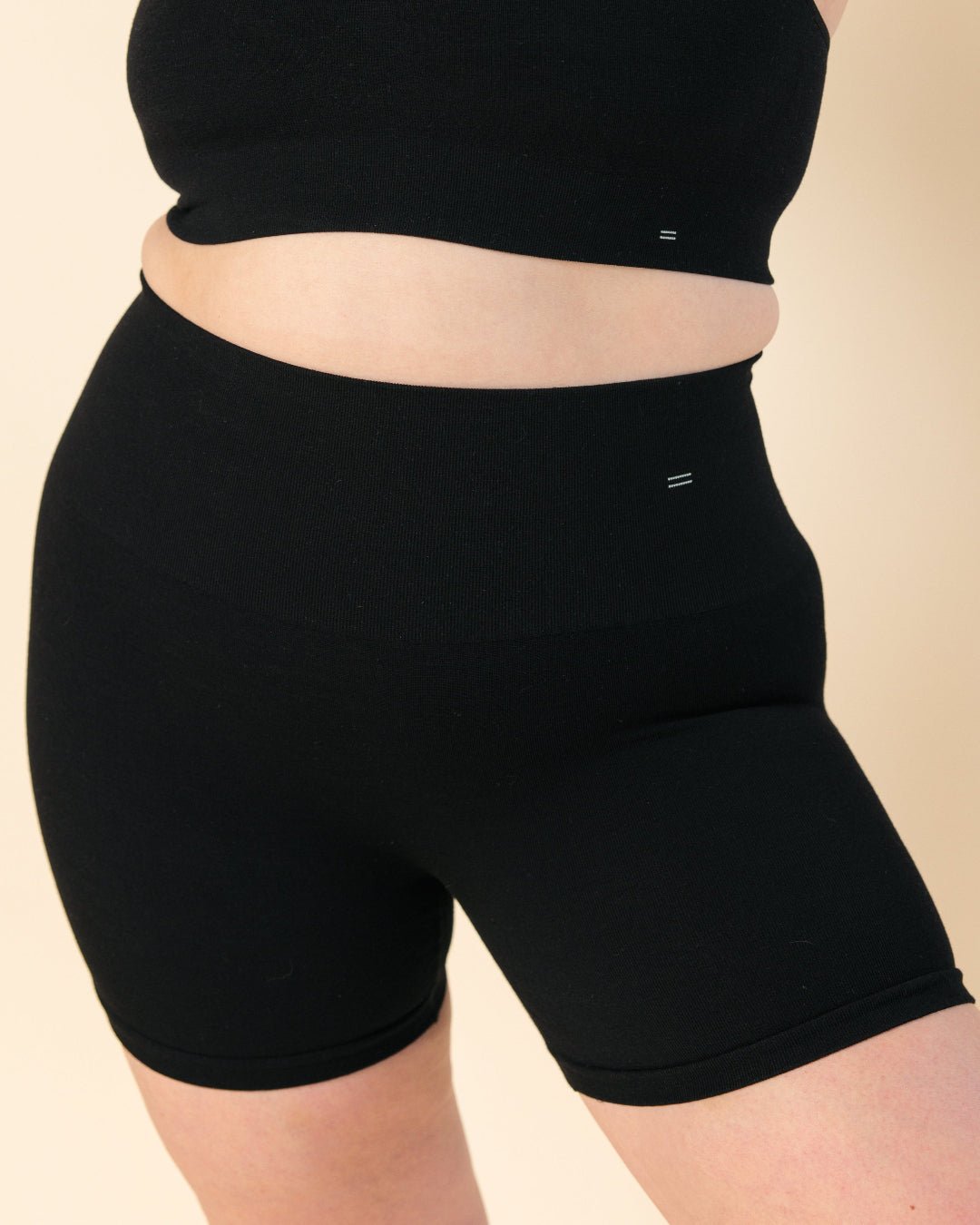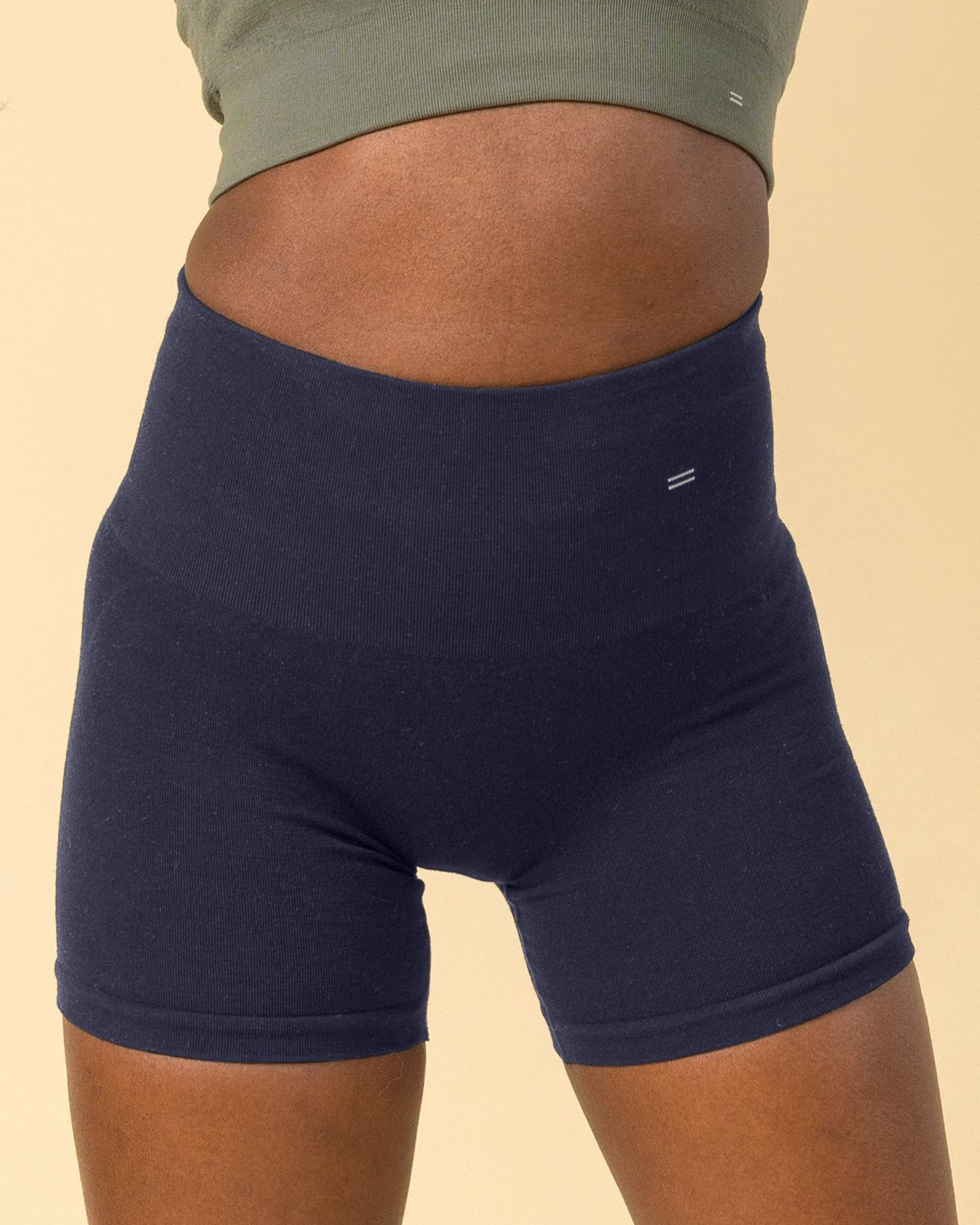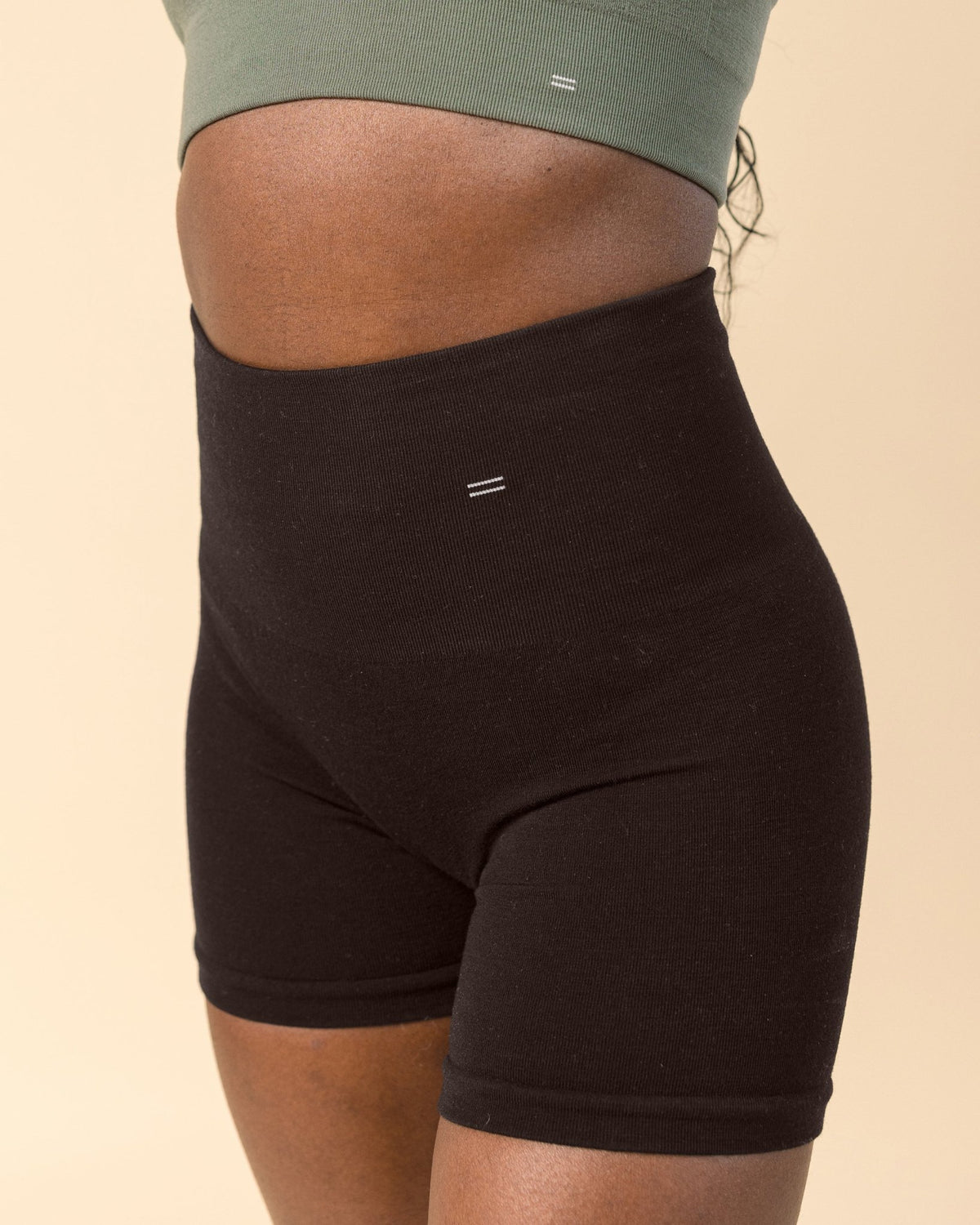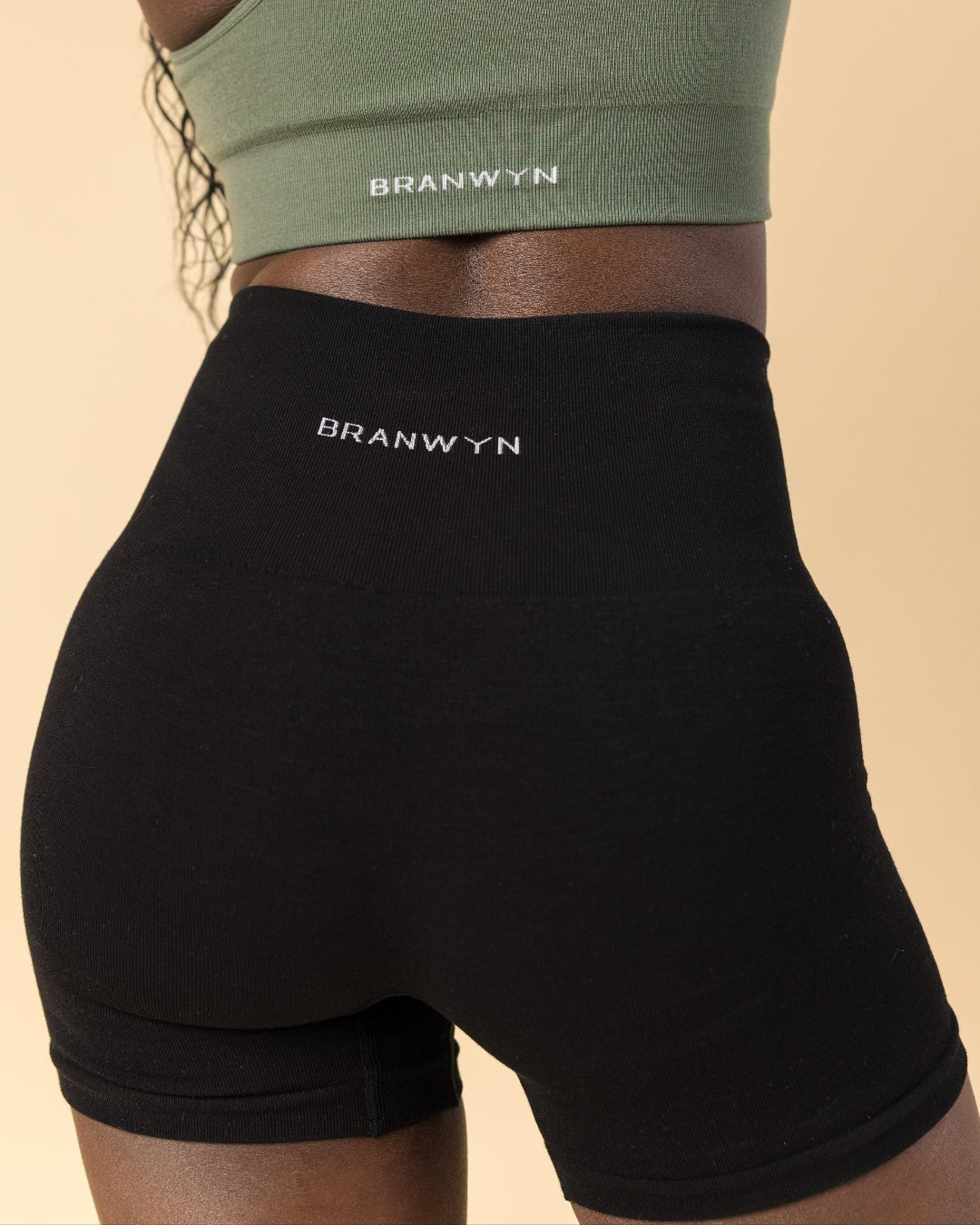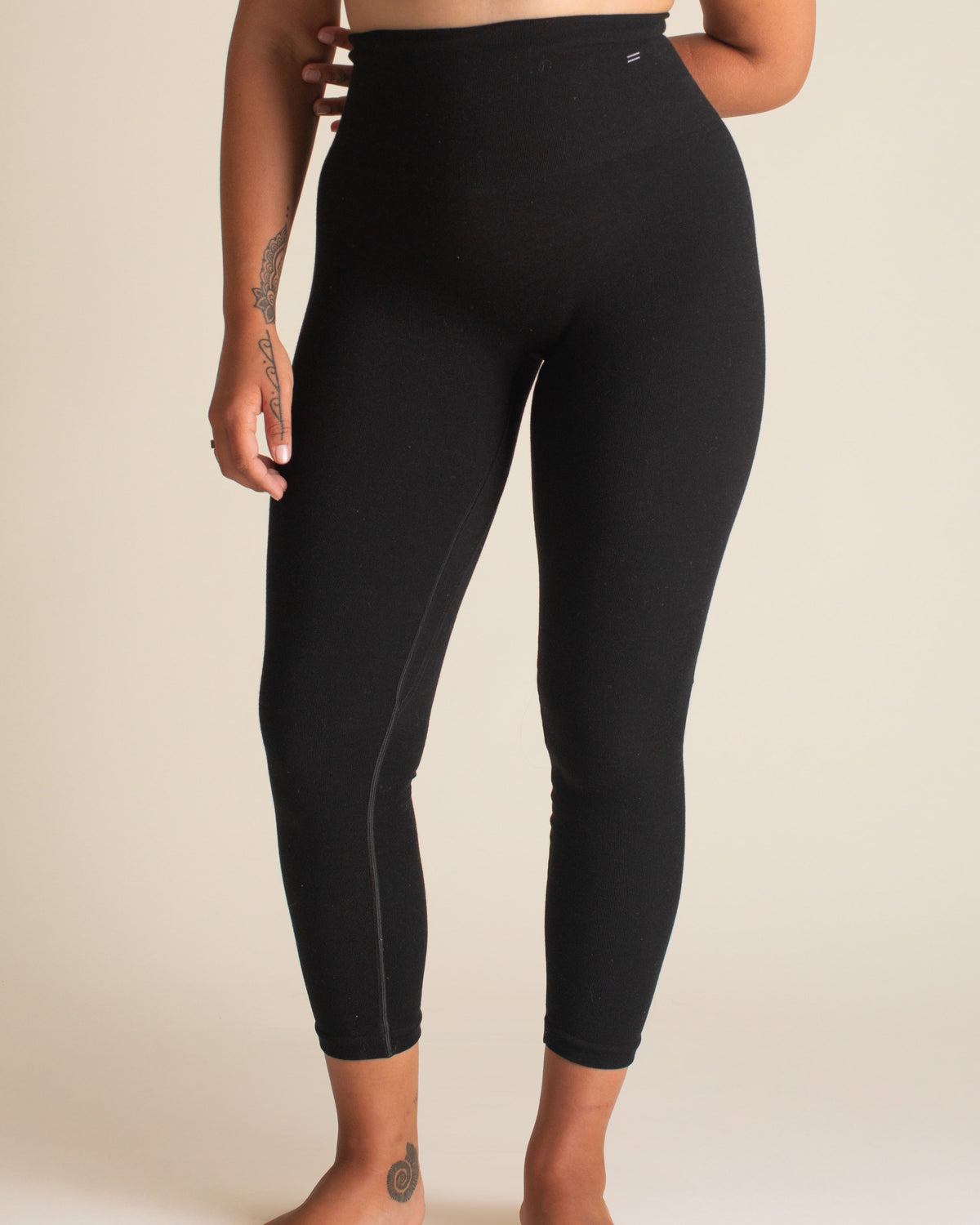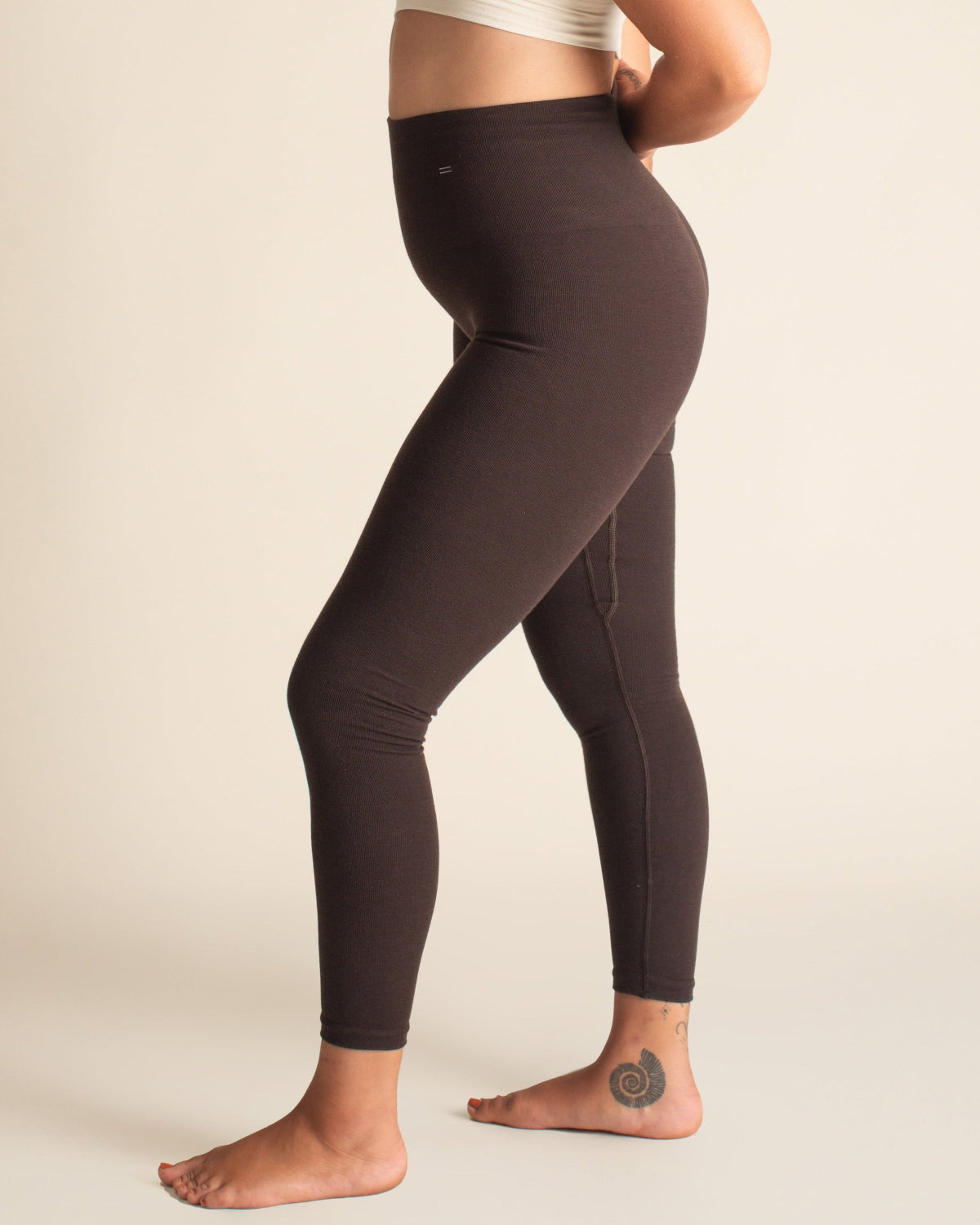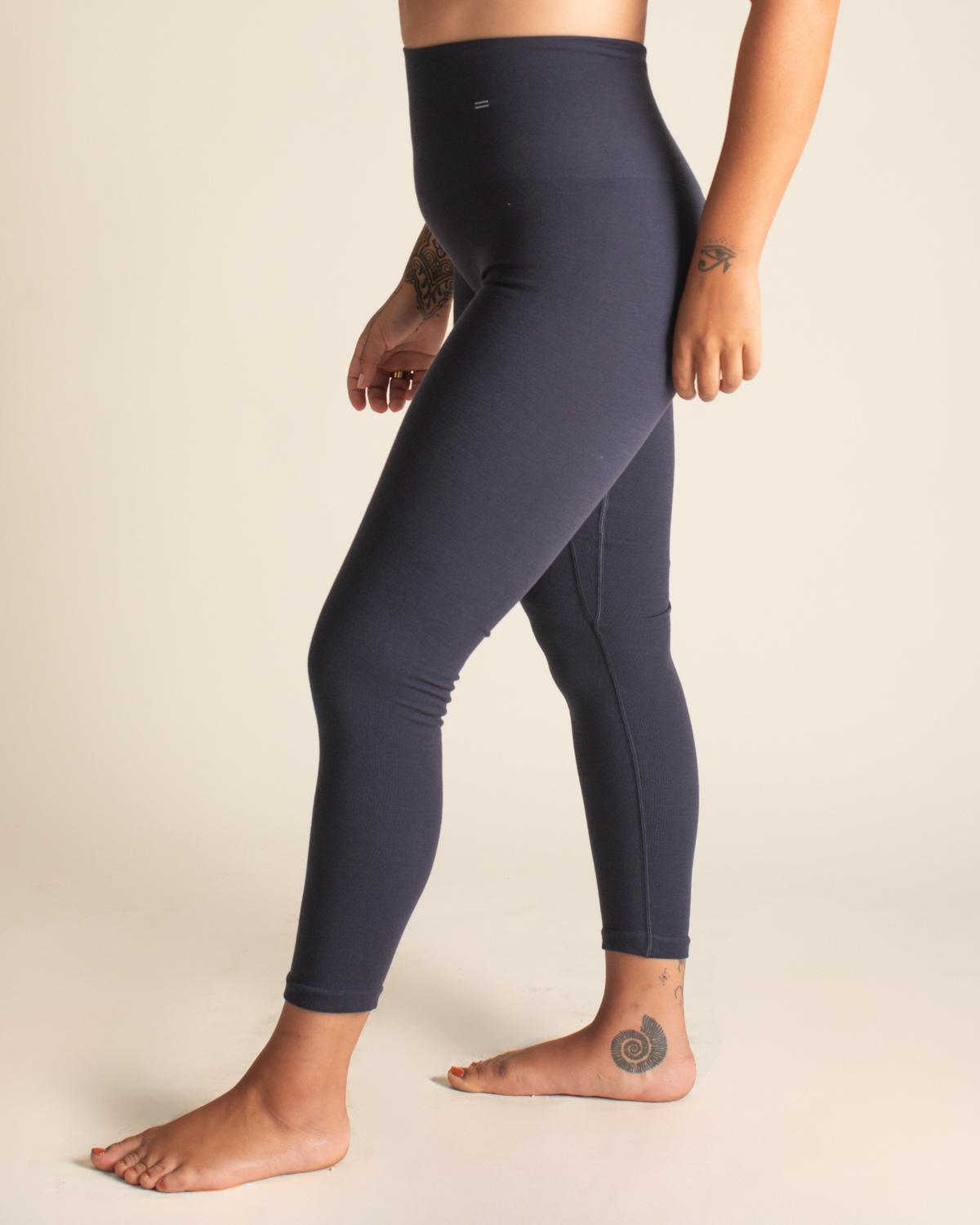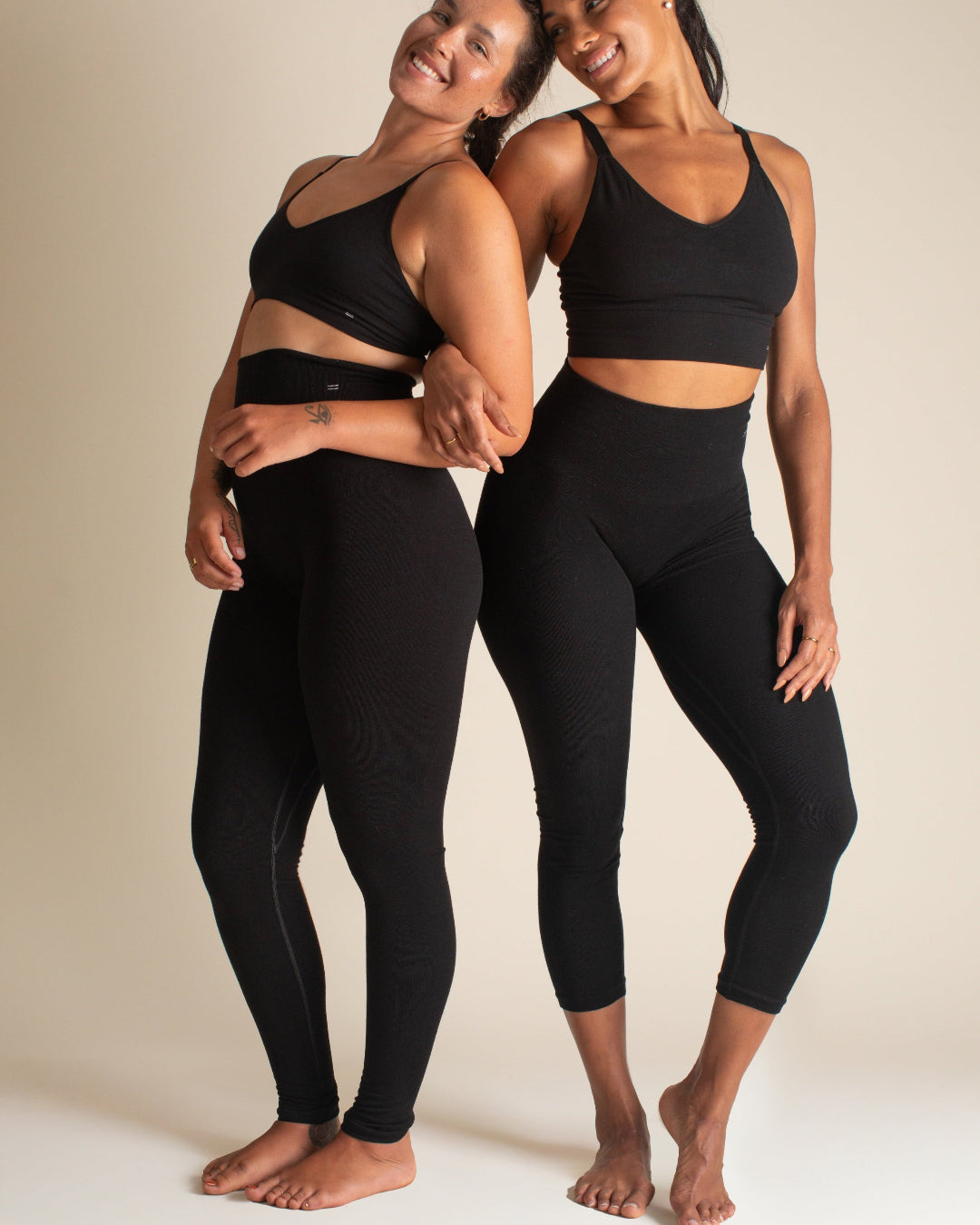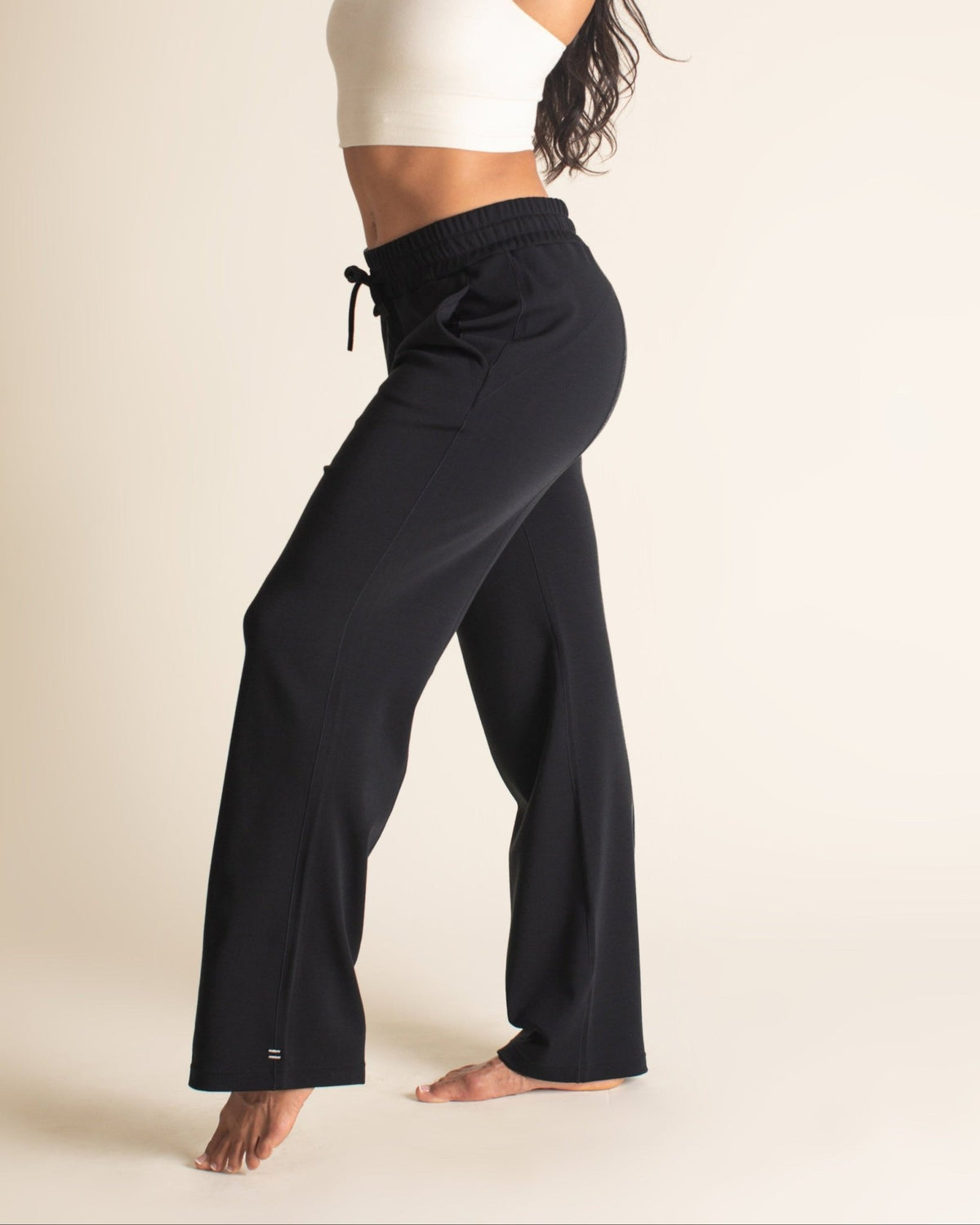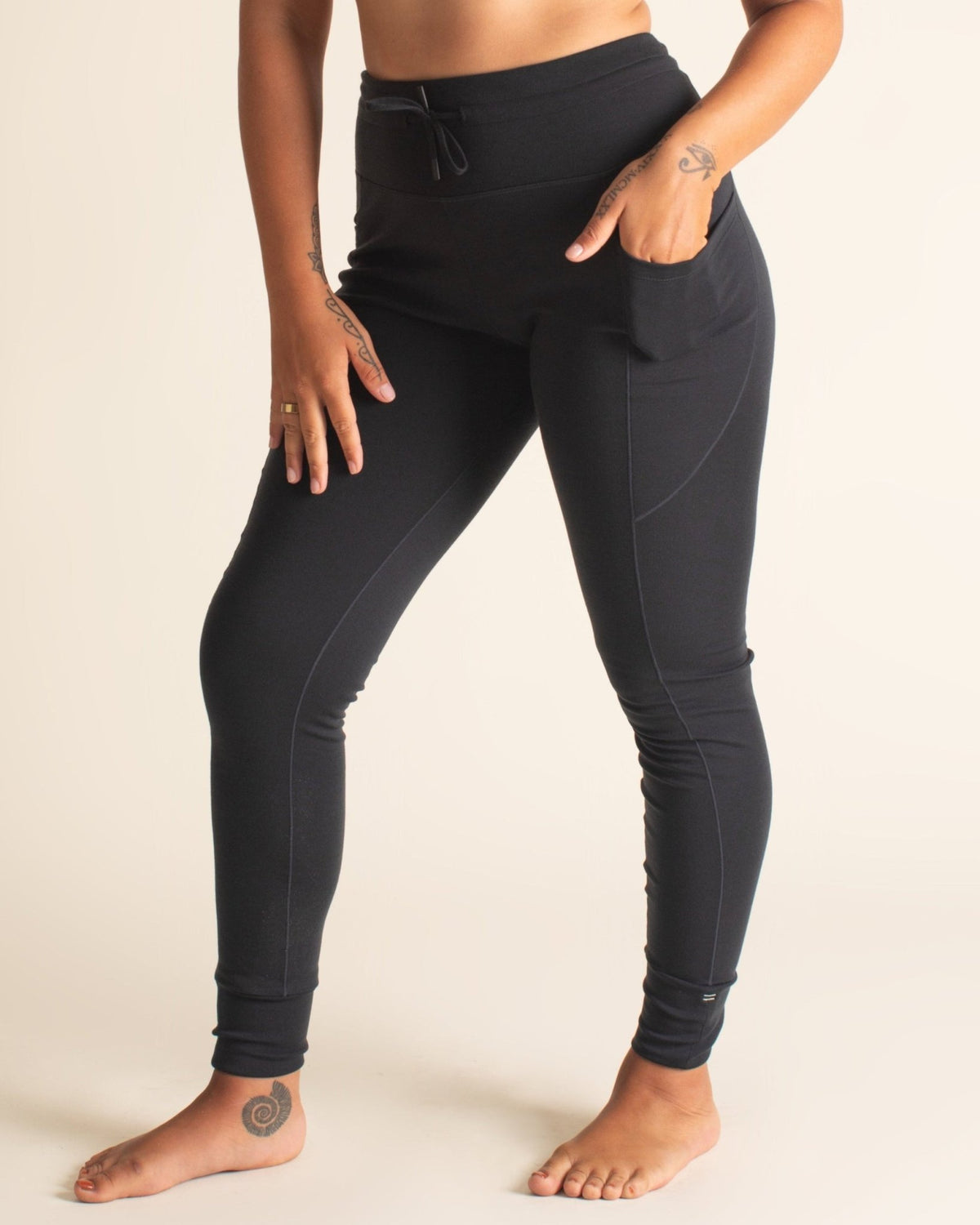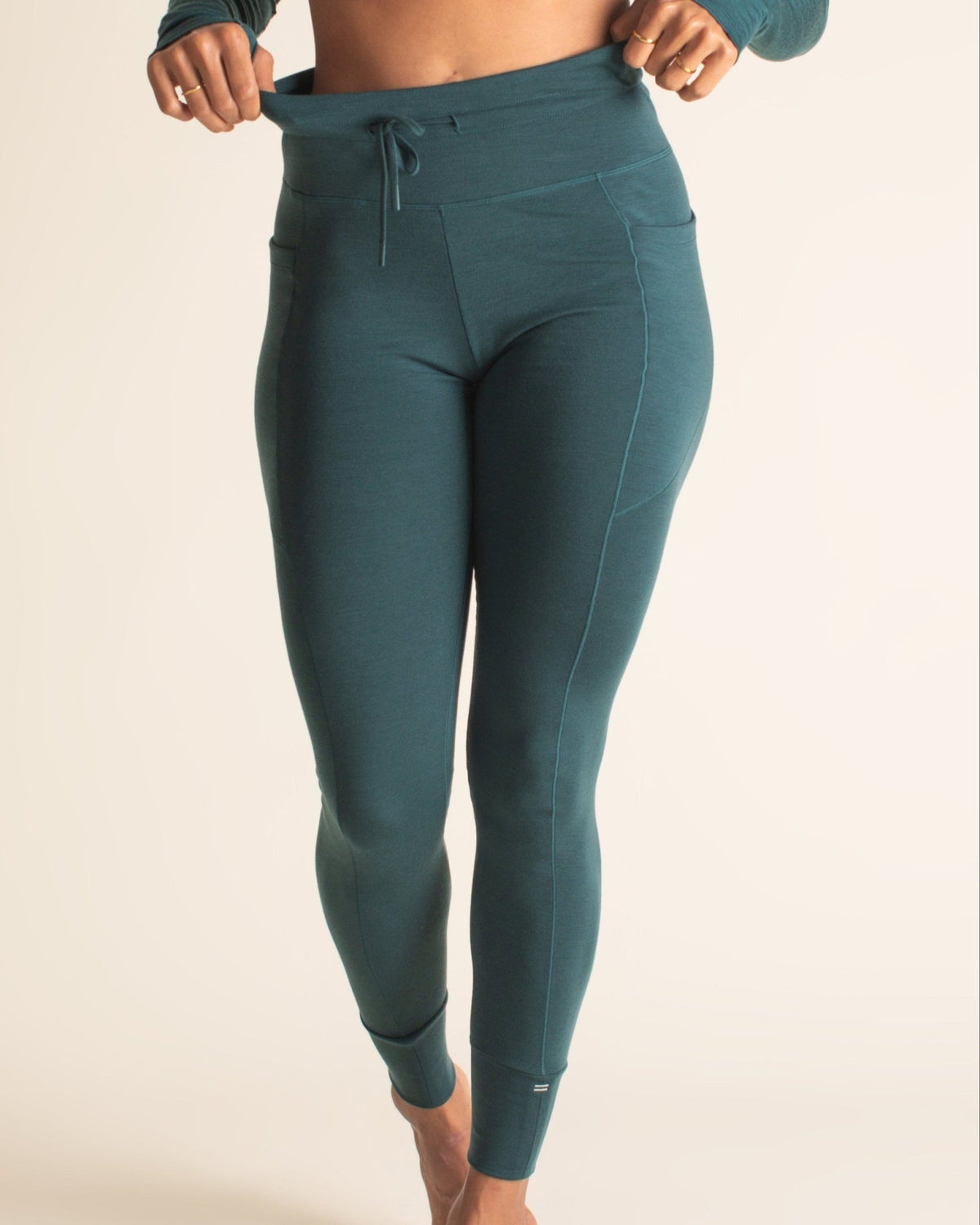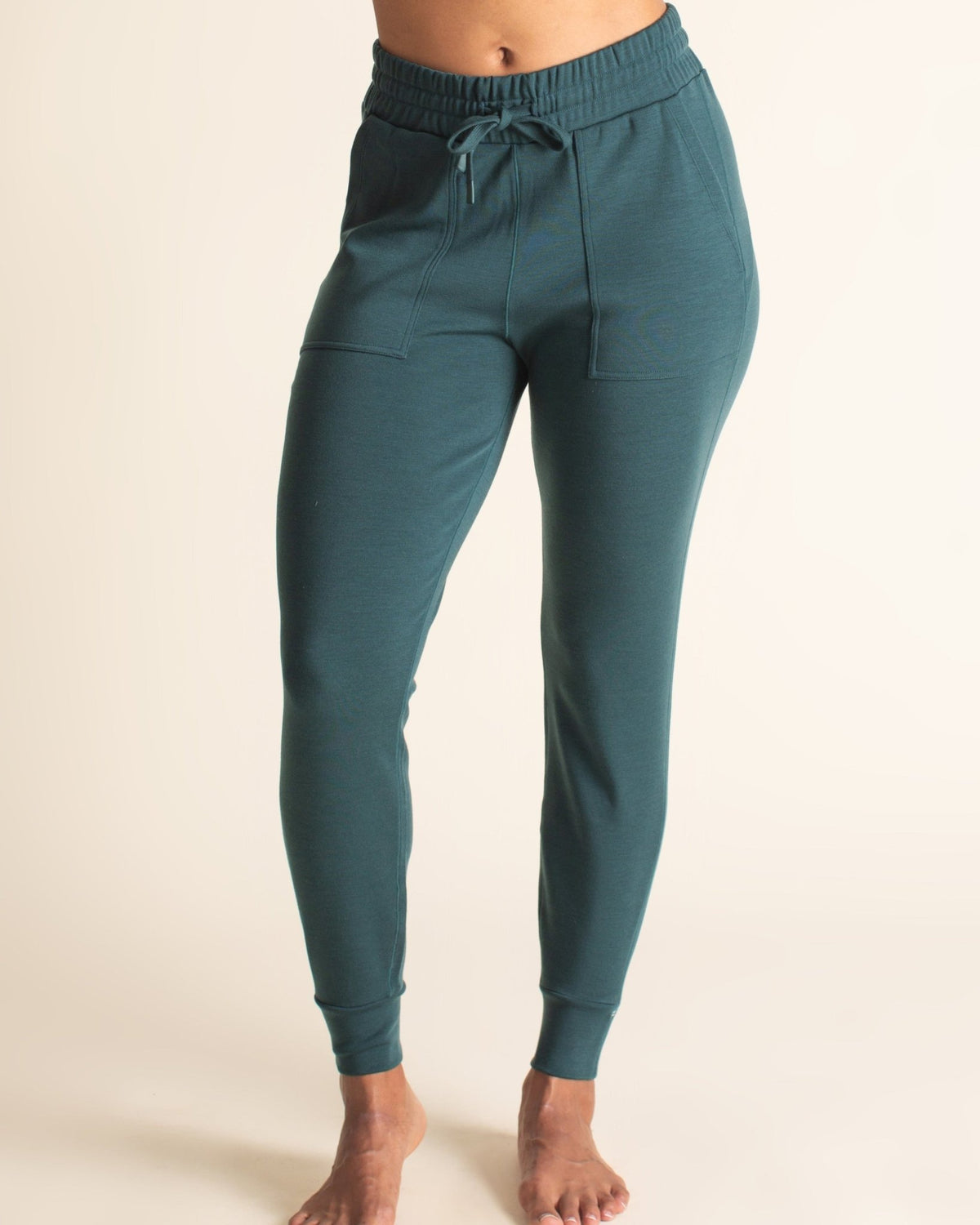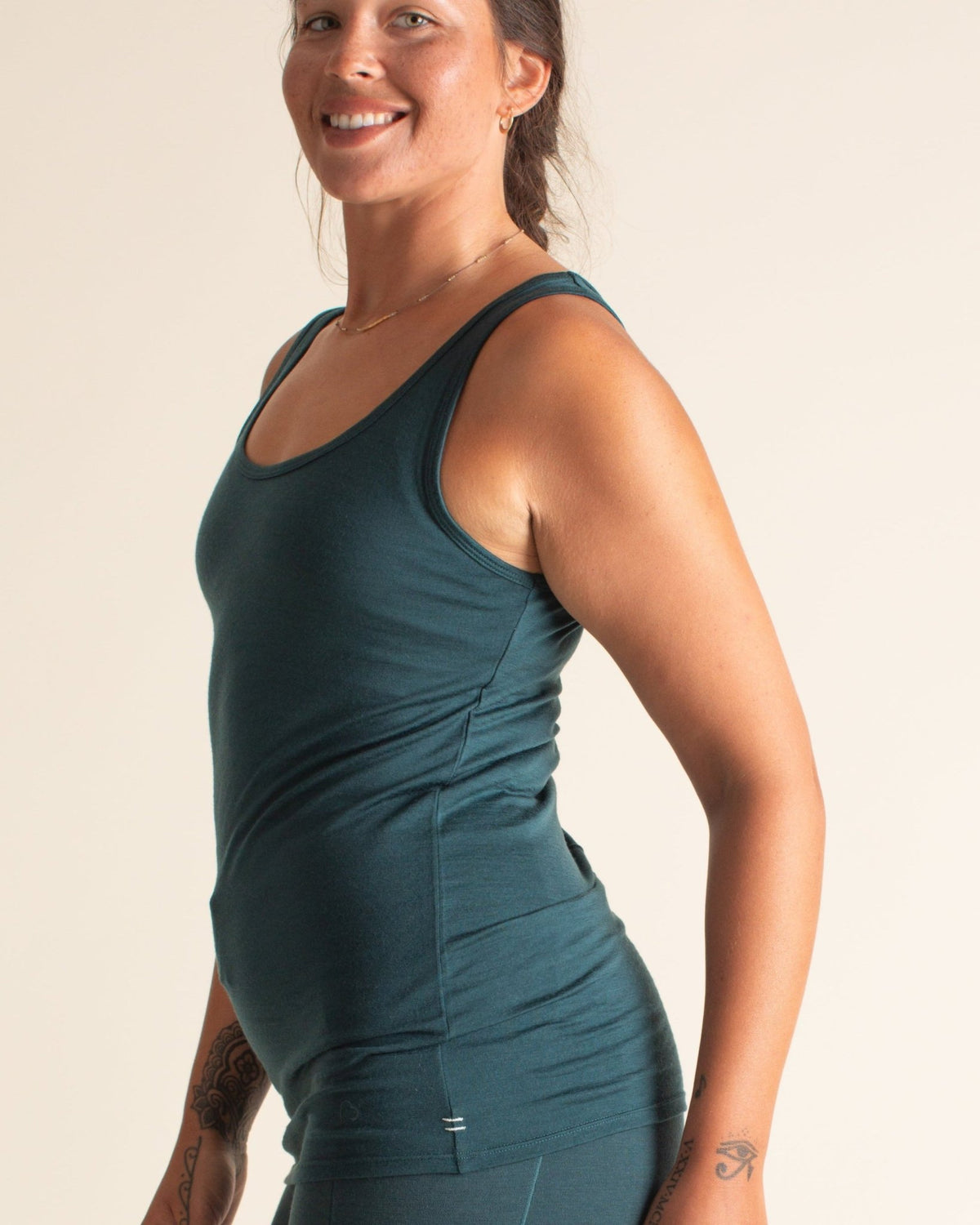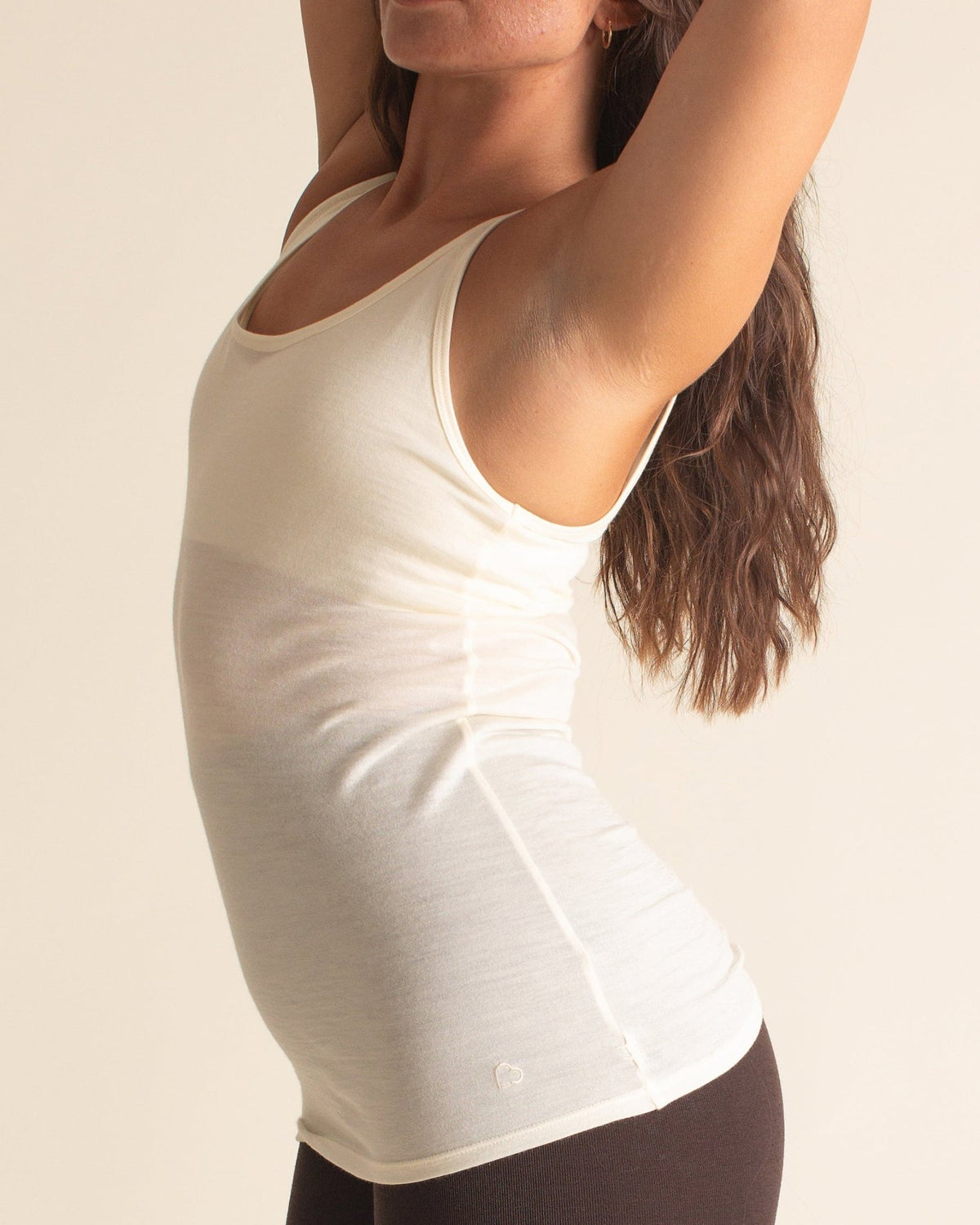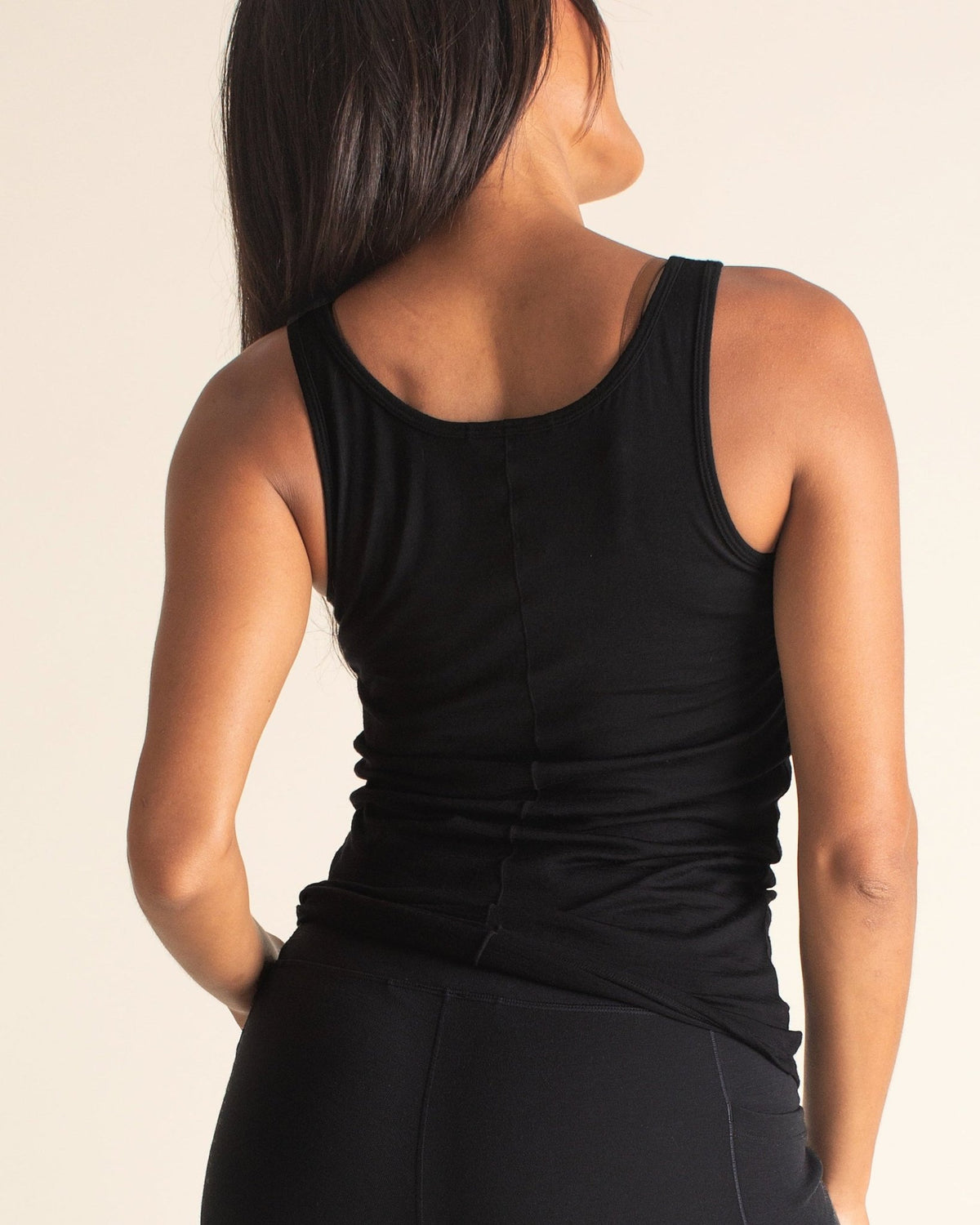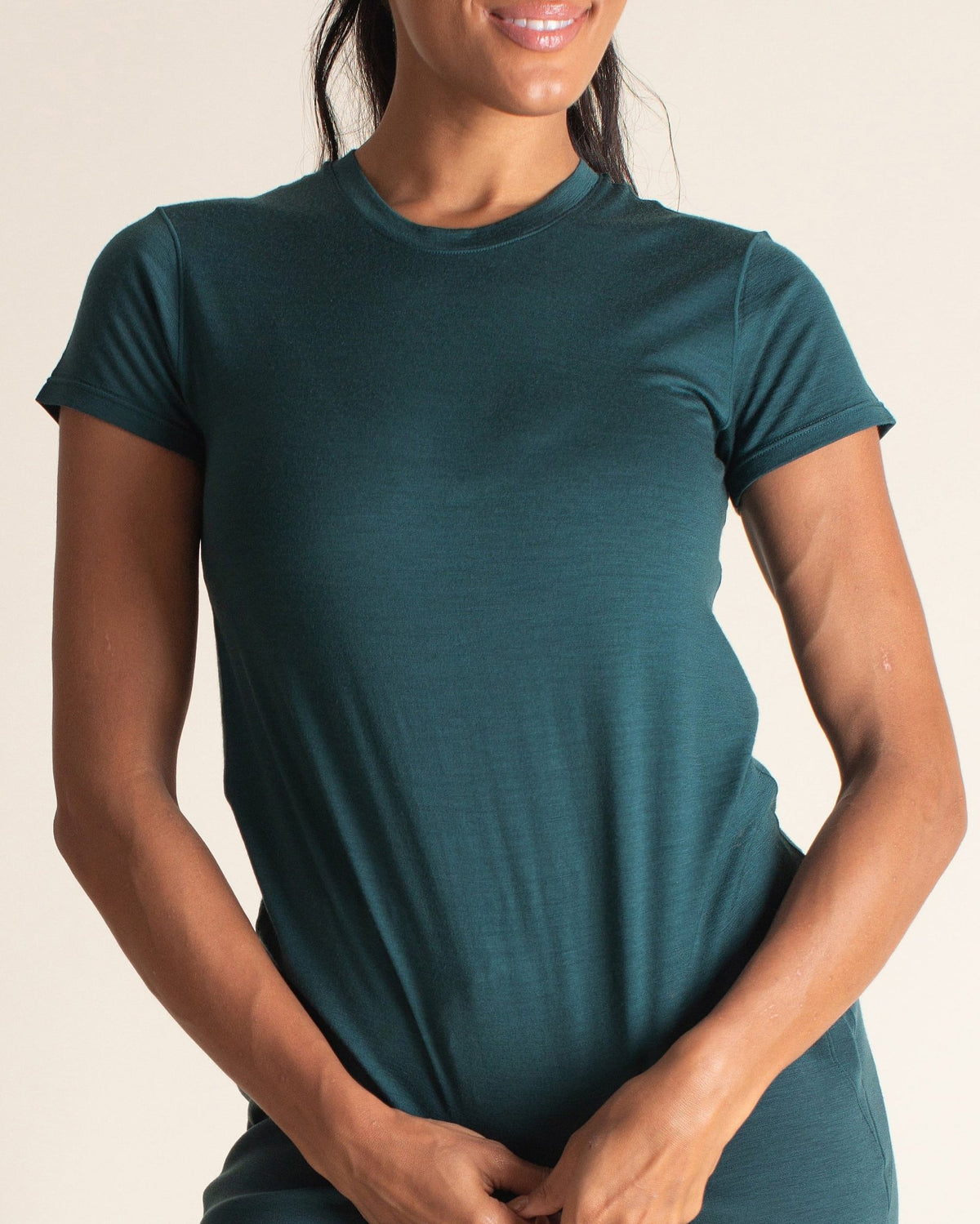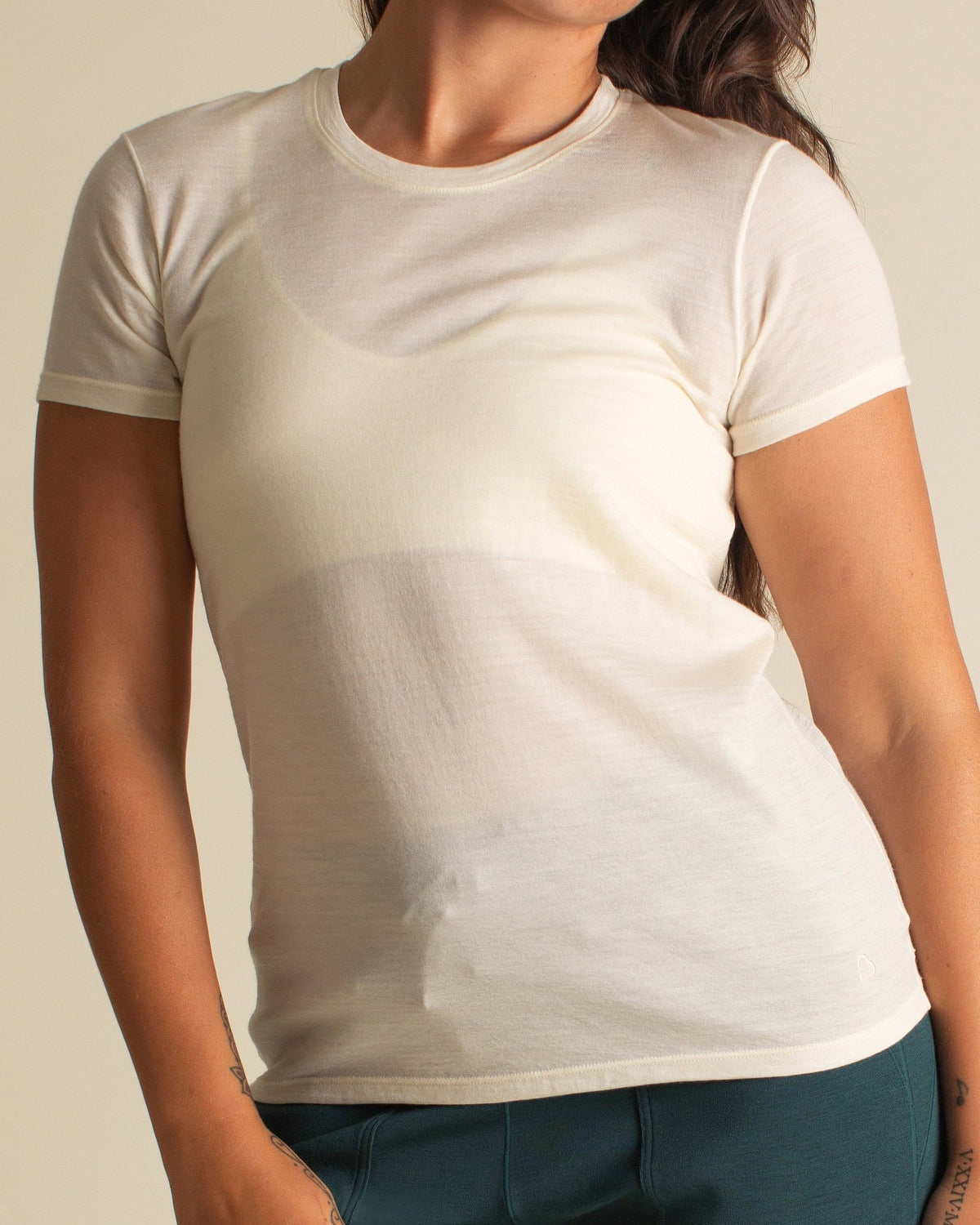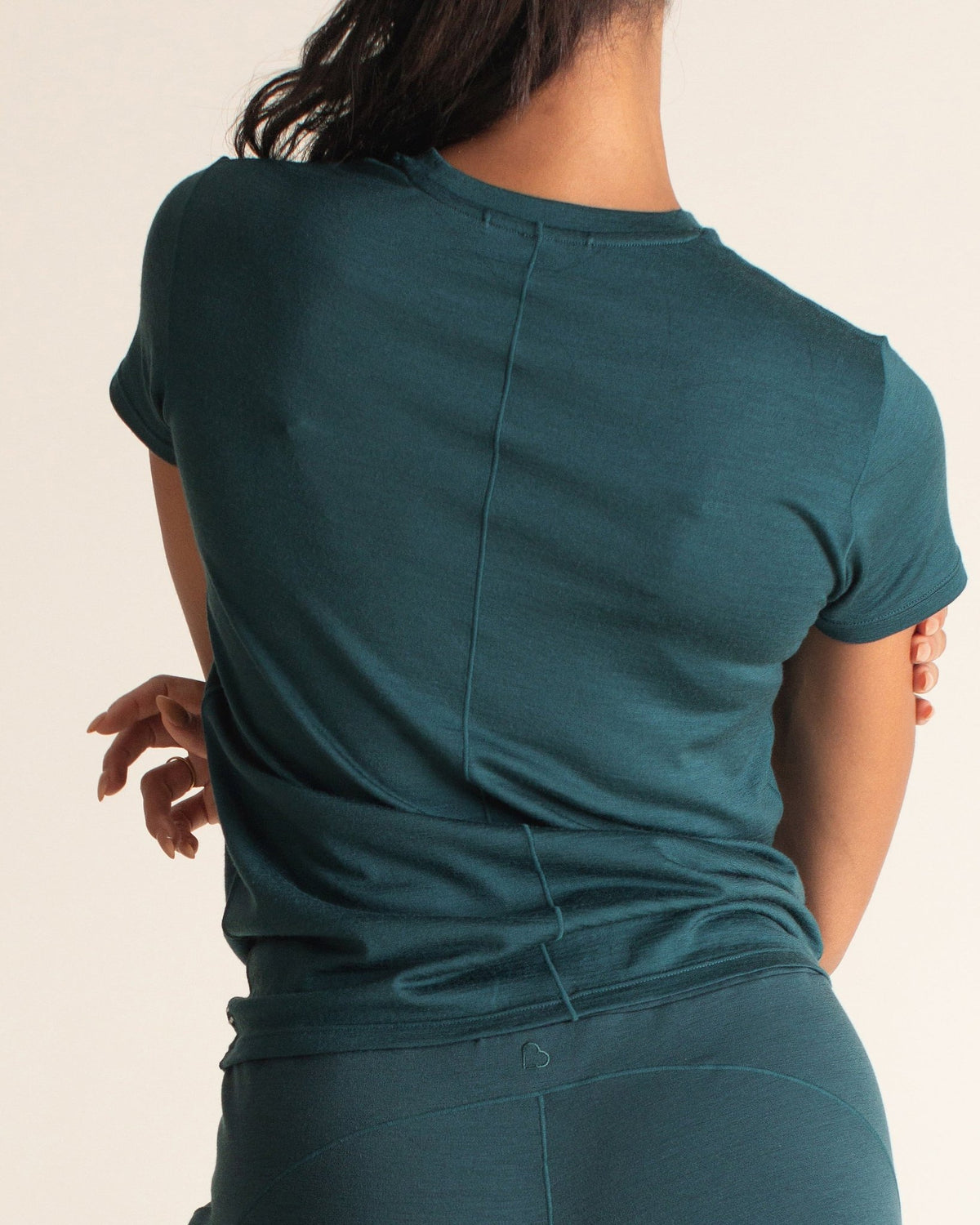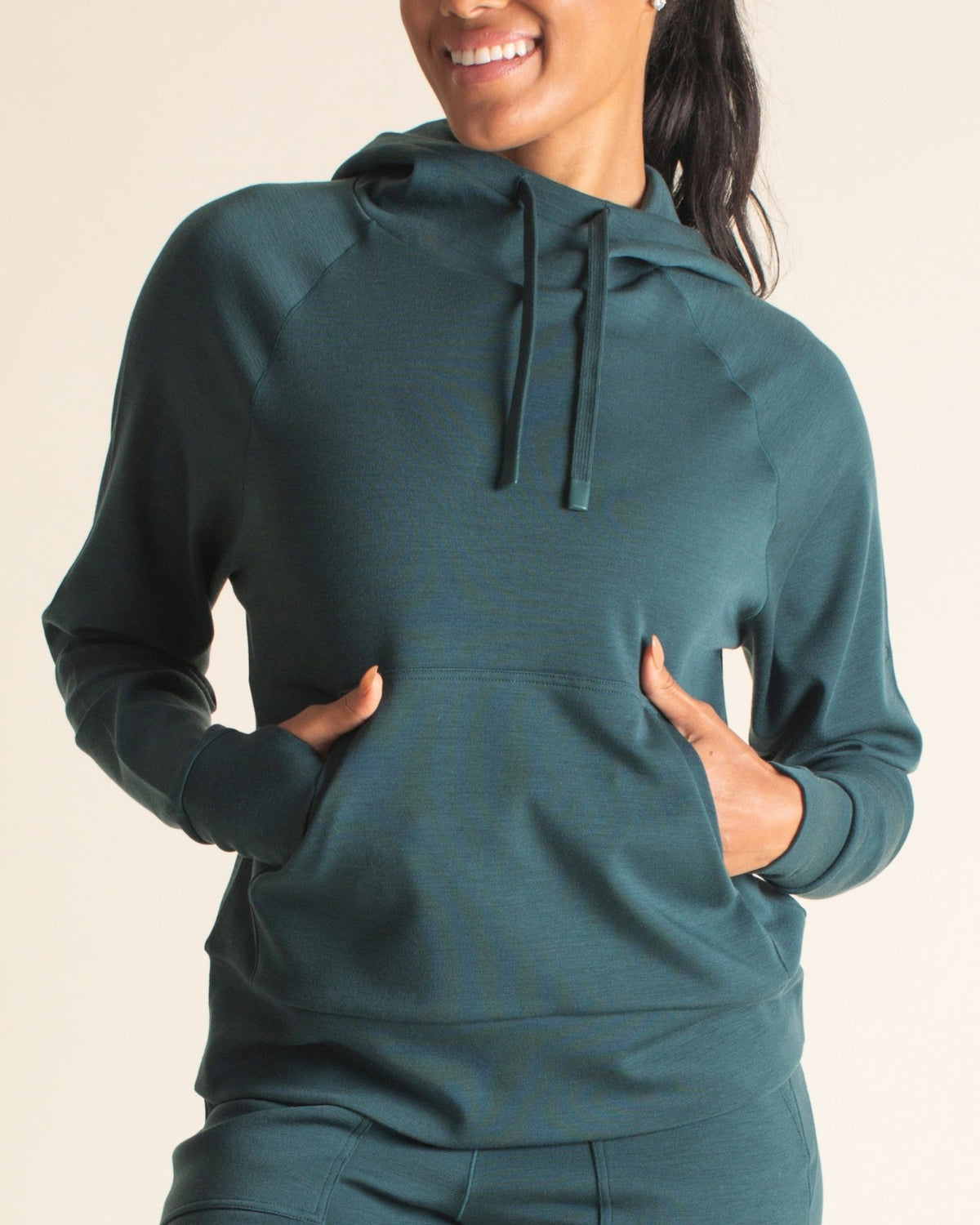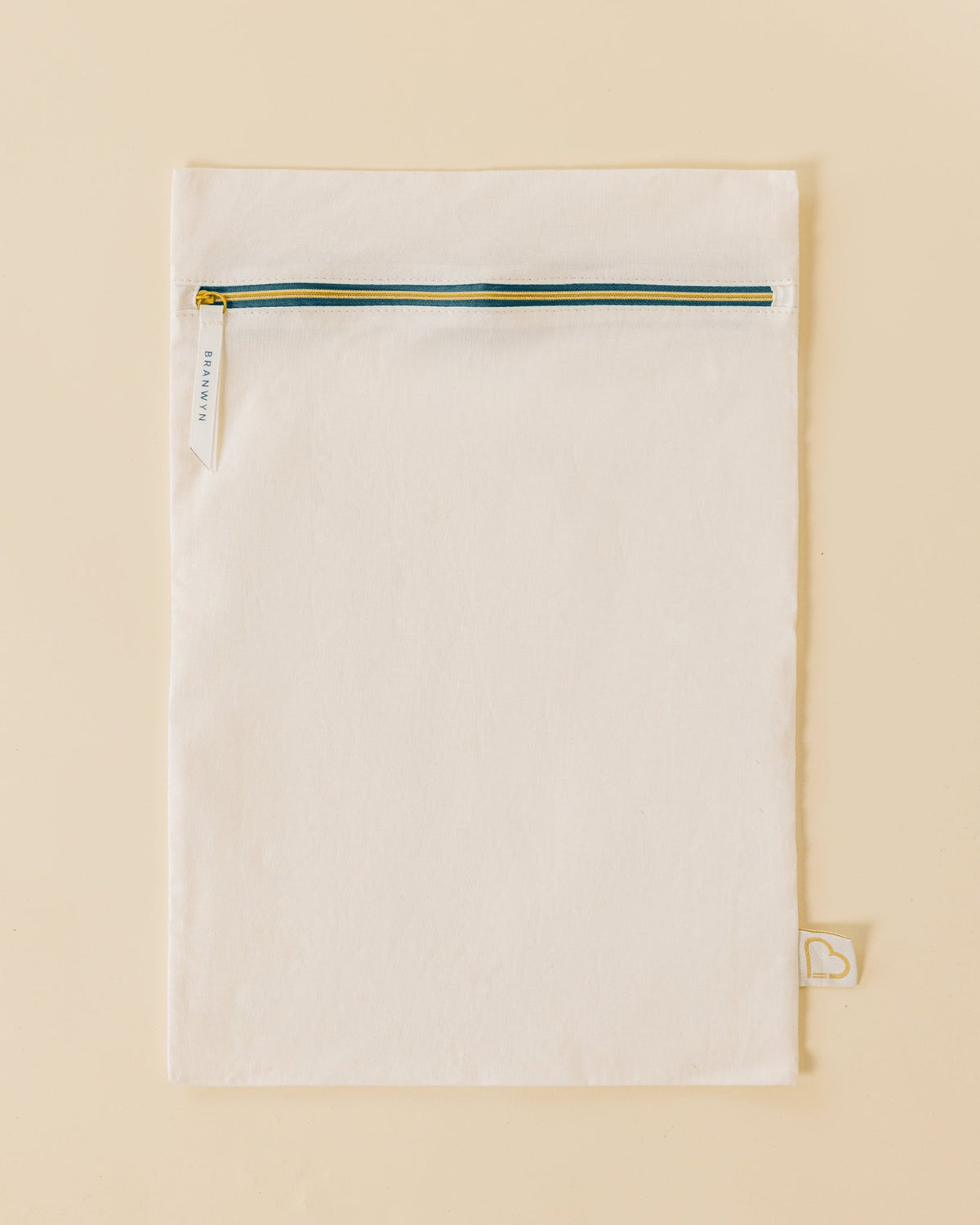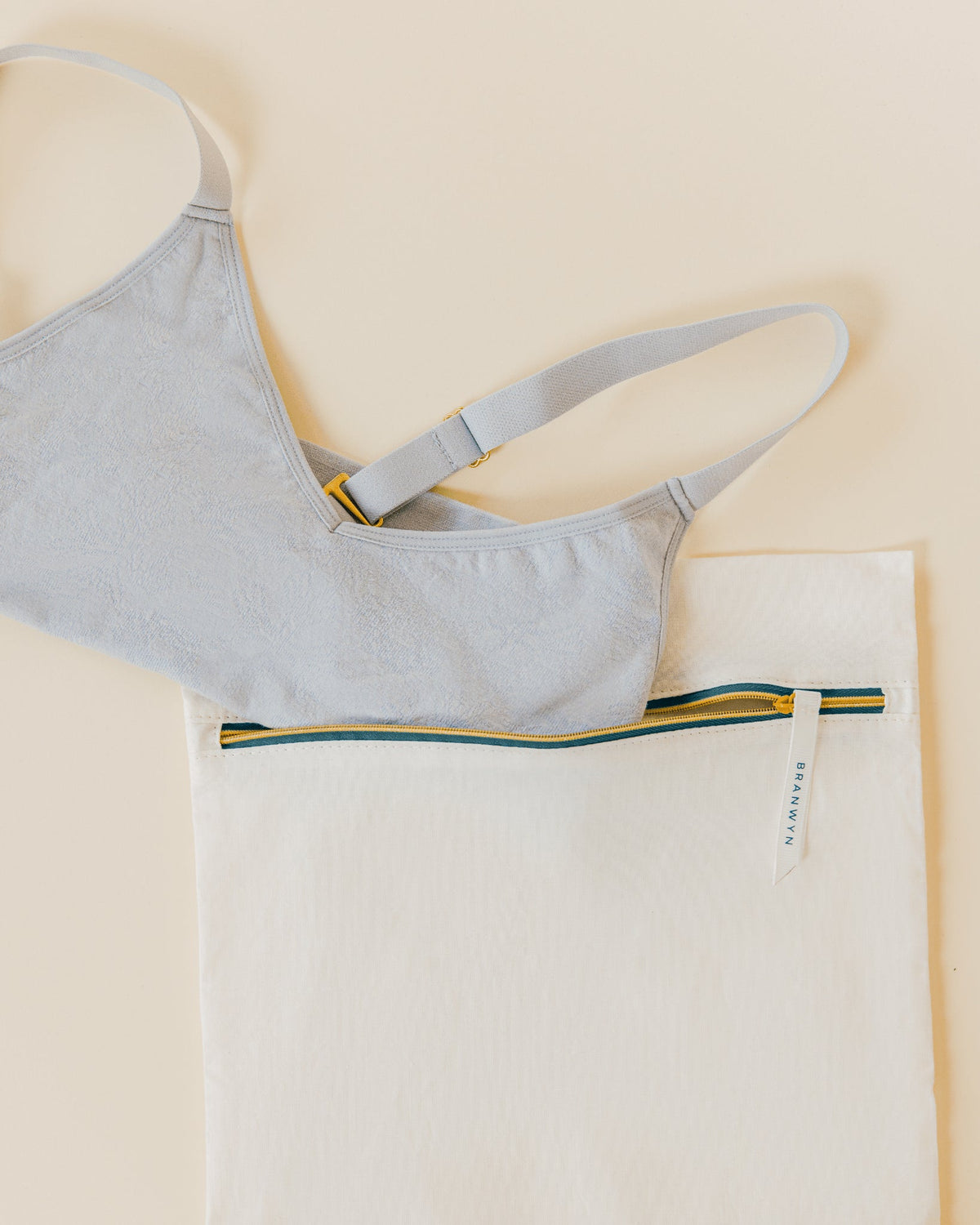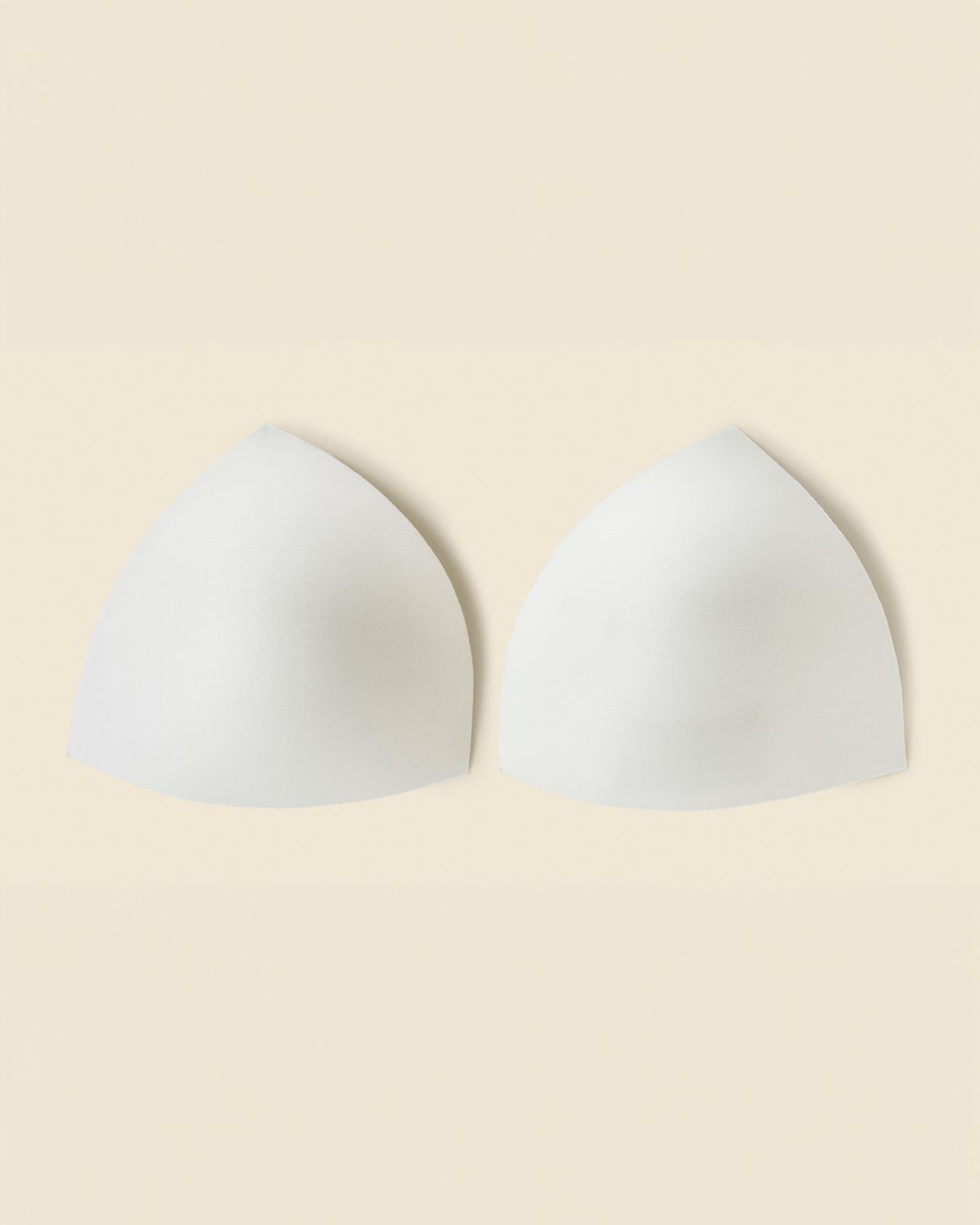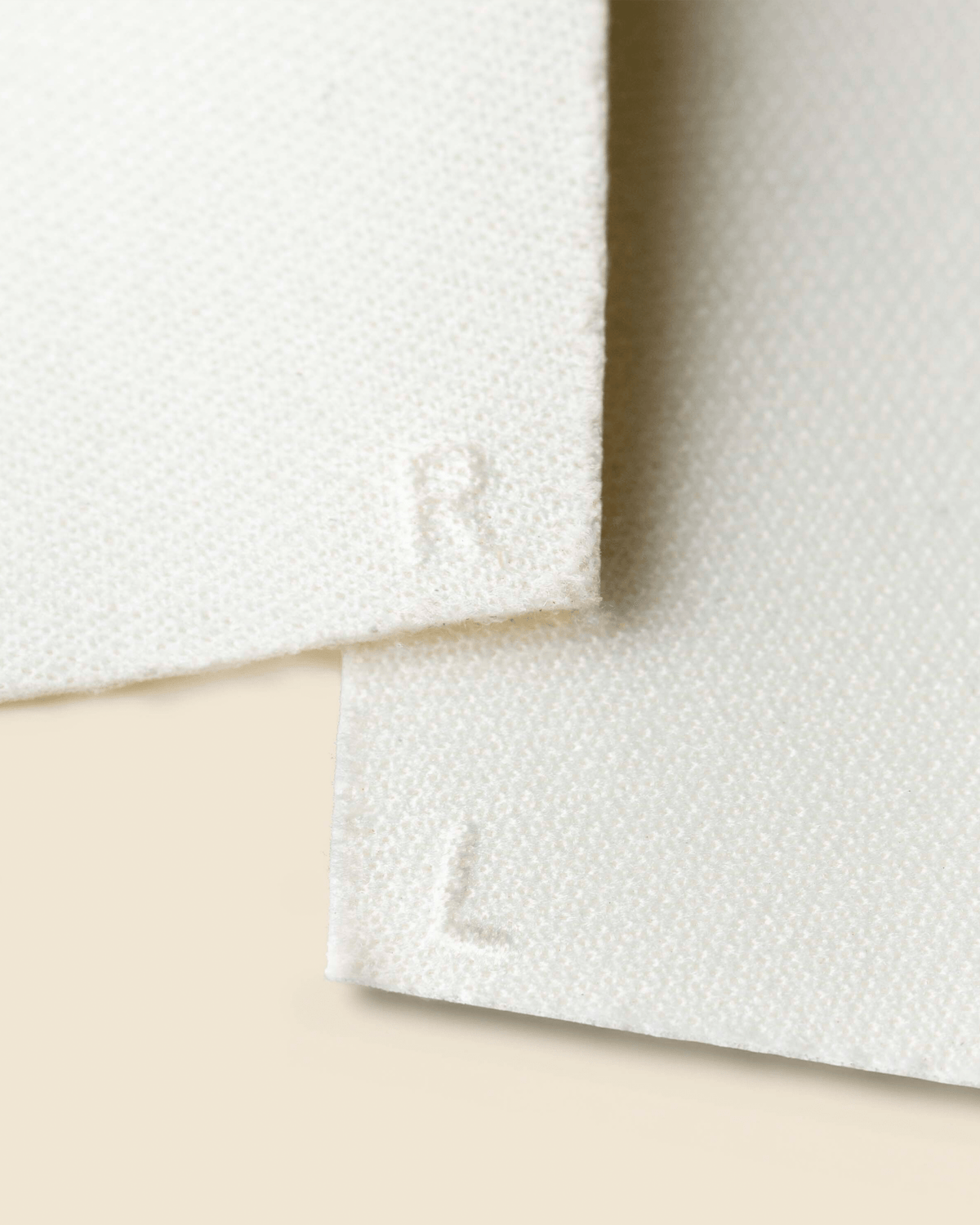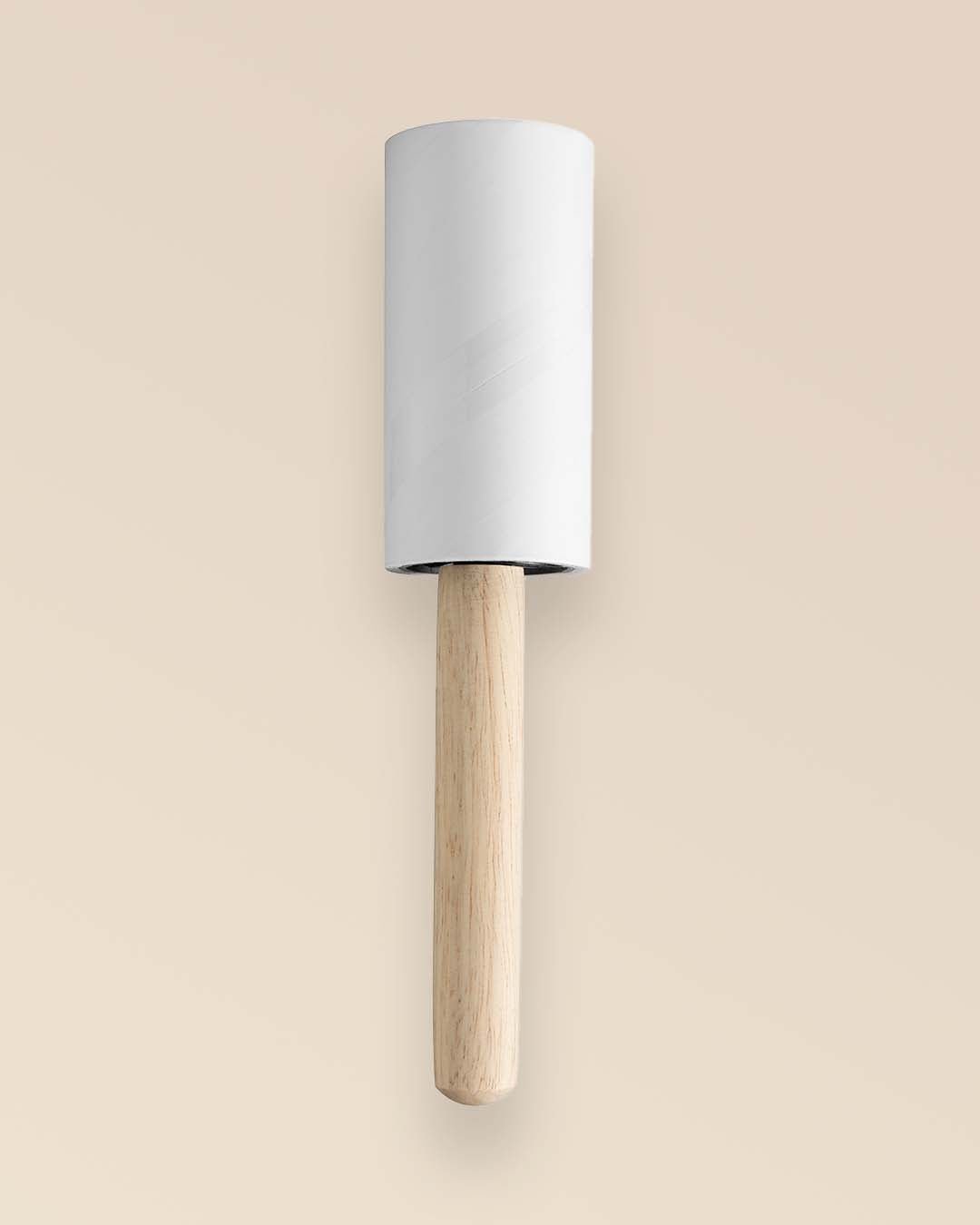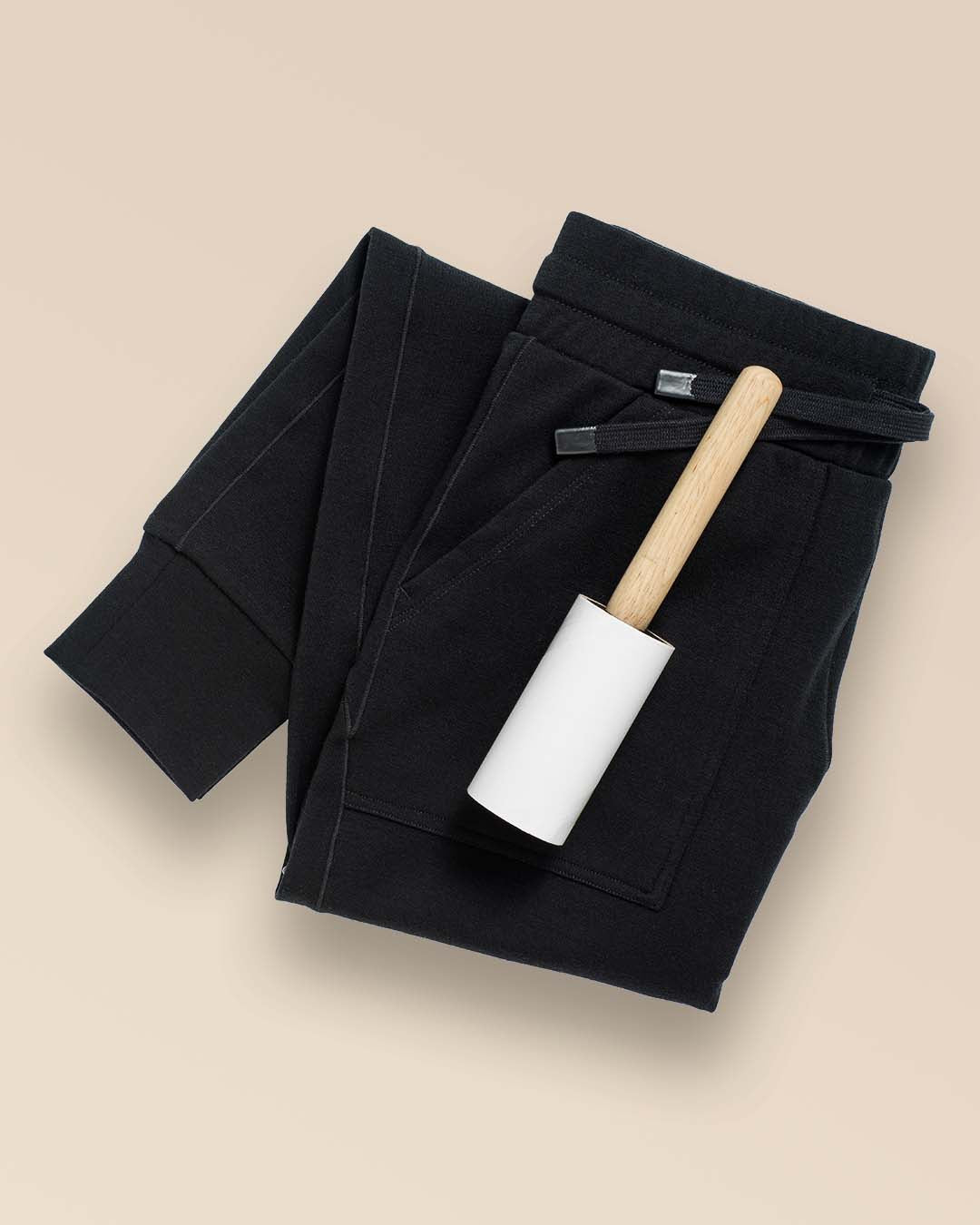It’s no secret: microplastics are everywhere. These tiny fragments of plastic, less than 5 millimeters in diameter, have been detected in nearly every environment on Earth. Though plastics only became widespread in the 1950s—a mere blip in the 300,000-year history of humankind—they’ve already infiltrated every corner of our planet, from Antarctic tundra and tropical coral reefs to the human brain and even the first meconium of newborn babies.
What’s worse is that this pervasion of plastics is wreaking havoc on our ecosystems, environment, and our health. Microplastics have been linked to serious health conditions, including dementia, asthma, heart attack, diabetes, thyroid dysfunction, and certain cancers. For women in particular, they increase the risk of polycystic ovary syndrome (PCOS), endometriosis, and infertility.
Okay. Deep breath. Are we ready for some good news?
Experts agree: There’s more within our control than we might think. “There’s a lot to be done on the policy level, but there’s also a significant amount that can be done in our own households,” says Amelia Mohn Meyer, Environmental Scientist and Research Program Manager at Stanford University's LaBeaud Laboratory.
If you want to lower the microplastics in your life, but aren’t sure where to start, here are 10 expert-approved strategies that make the biggest impact.
1. Switch to glass or metal tupperware.
“The highest percentage of how you’re exposed to microplastics is through ingestion,” says Meyer. So it’s a good idea to start by lowering the plastics in our kitchen and fridge. Plastic food containers like tupperware have been proven to be a high source of exposure. If you do use plastic, never microwave. It’s been shown to be one of the fastest ways microplastics get released into our food—to the tune of 4.2 million plastic particles per square inch of plastic within 3 minutes of microwave heating.

2. Invest in a reusable drinking vessels.
“A single plastic bottle can shed hundreds of microplastic particles through repeated use or exposure to heat,” says Dianne A. Plummer, P.E., C.E.M., Sustainability Consultant and Founder of STEM Spark Solutions. Additionally, bottled water (from plastic bottles) contains 65 times the level of microplastics as tap. Sticking with reusable vessels made of metal, ceramic, or glass can protect your body significantly in the long run.
3. Swap plastic kitchenware for metal or wood.
Plastic spatulas and serving spoons can shed microplastics into food and may release toxic chemicals when exposed to heat. “In my home, I got rid of all my black plastic kitchenware,” says Meyer. Metal and wood alternatives perform just as well without the health risks—and for tools that need flexibility, such as baking spatulas, Meyer recommends silicone, which is less likely to shed or melt.

4. Choose natural fibers when you shop.
After eating and drinking, Meyer says the highest levels of microplastic exposure for most people come from what we wear. “They can come in through your dermal system,” she explains. Plummer adds, “Synthetics (like polyester, nylon, and acrylic) are responsible for up to 35% of all microplastics.” Choosing natural fibers like cotton, linen, or naturally sustainable Merino wool prevents the risk of plastics getting into your system.
5. Adjust your clothes washing strategy.
Plummer explains that washing synthetic clothing is a major contributor of microplastics in our water system. “Each wash, friction, or tumble-dry cycle causes these fibers to break off and enter our wastewater streams,” she says. “Once they’re too small to be filtered out by treatment plants, they move into rivers and oceans, eventually entering the food chain. The result is that we ingest microplastics through food and our water.” Installing a filter in your washing machine or using cotton laundry bags can help reduce plastics in our environment and ourselves. Hand washing, washing less frequently, and switching to cold-water washing makes a big difference as well.

6. Consider installing a filtration system to your tap.
While tap water is “safer” than bottled when it comes to plastic exposure, 83 percent of global tap water still contains microplastics. You can consider adding a water filter (Meyer recommends a reverse osmosis system) that removes these tiny particles from the water you drink at home.
7. Buy bulk at the grocery store.
The more plastic used in packaging means the more plastic in our bodies and world. Meyer says buying in bulk cuts down on the amount of plastic waste. Think a hunk of cheese from the deli counter rather than individually wrapped sticks.
8. Avoid ultra-processed foods when possible.
When foods are ultra-processed (industrial formulations with five or more ingredients), they are more likely to contain both plastic particles and chemicals that are not safe for human consumption. When you can, experts say to opt for whole foods and do the “processing” in your kitchen.
9. Wash your rice.
Turns out the recommendation to “rinse rice under water” on the back of the packaging doesn’t just improve the texture—it’s a way to get rid of microplastics as well. A recent study from the University of Queensland found that 3 to 4 milligrams of plastic are present in every serving of rice. However, washing rice before cooking reduces contamination by up to 40 percent.
10. Examine your morning brew.
Coffee and tea are lovely ways to start the day, but tea bags and coffee filters often are made of plastics like nylon and polypropylene. Plastics plus heat, equals major microplastics shedding. In a 2024 study, scientists found tea brewed with bags made from polypropylene shed 1.2 billion tiny bits of plastic. Many coffee filters also contain this potentially hazardous plastic. Refresh your brew by choosing loose leaf tea and stainless steel coffee filters. If you’re buying drinks out, bring your own mug to avoid the plastic coating often used in to-go cups.
While microplastics may be impossible to avoid entirely, small, consistent changes can significantly reduce your exposure. From filtering your water to rethinking your wardrobe, each choice adds up to better health and a cleaner environment. With a little awareness and collective action, we can all help turn the tide on plastic pollution.
We want to know, are there any other ways you lower microplastics in your life? We always love to hear from you! Please email us at info@branwyn.com or DM us on Instagram at @branwynofficial.




